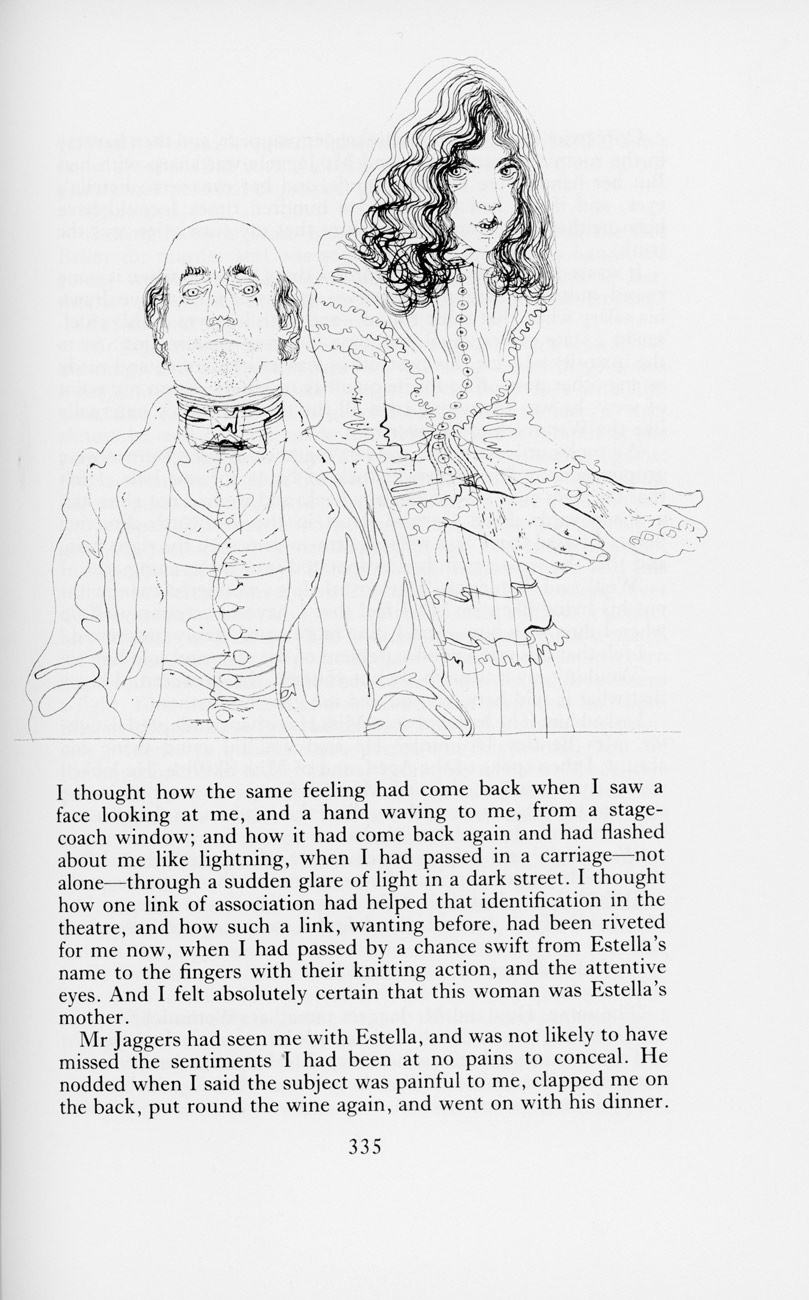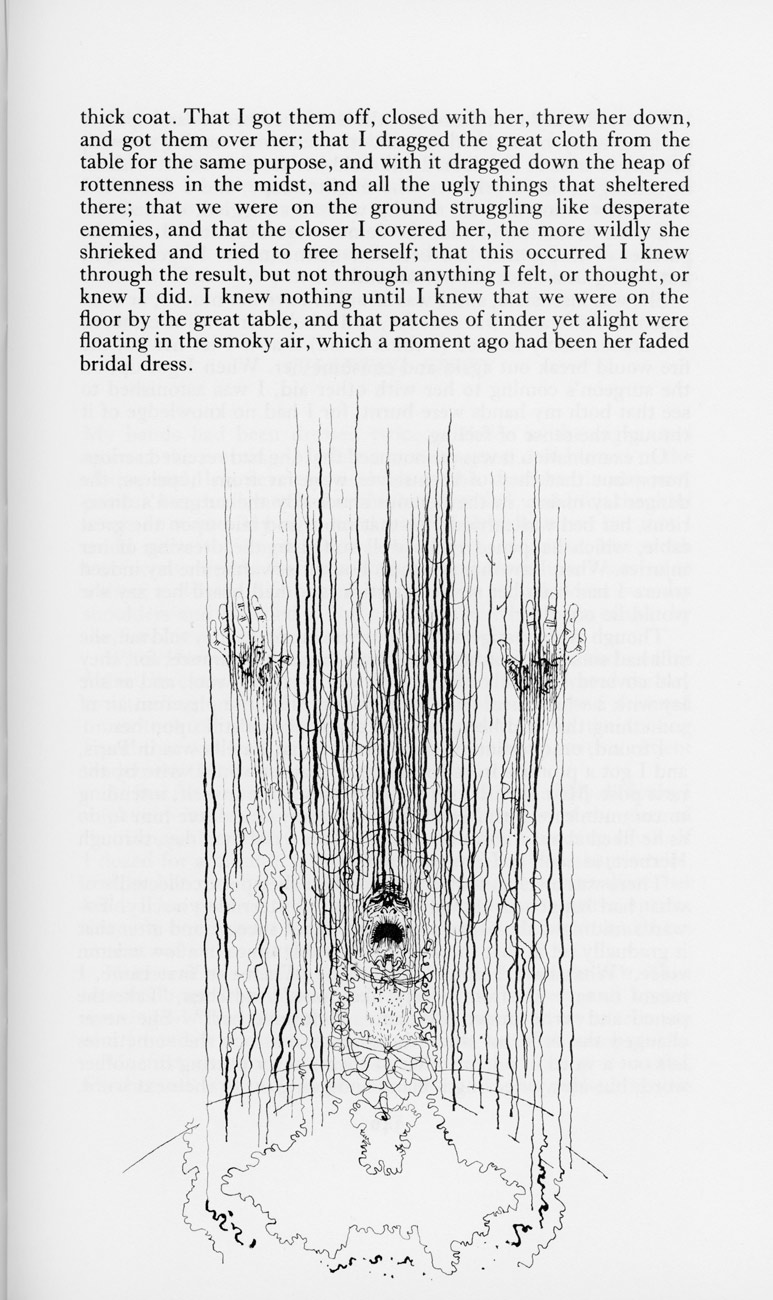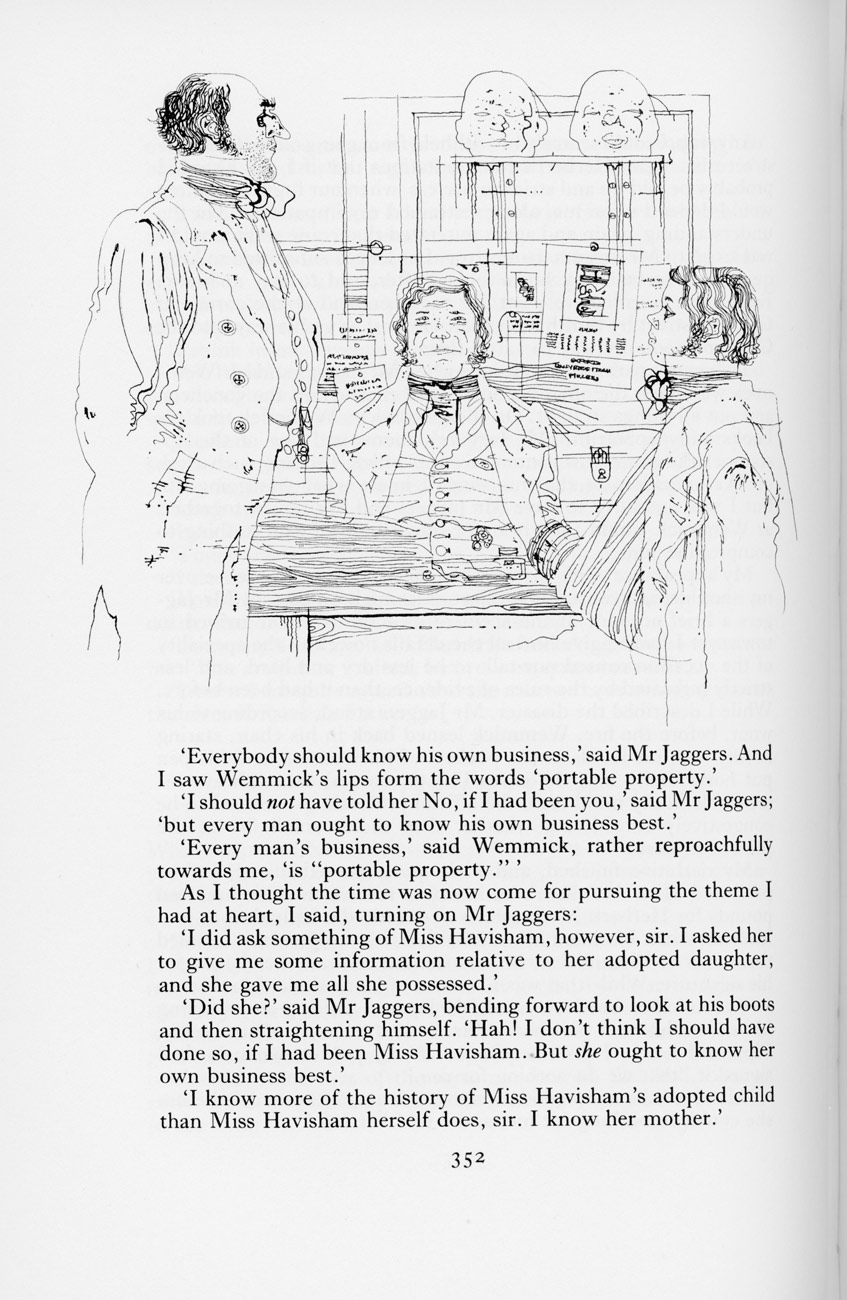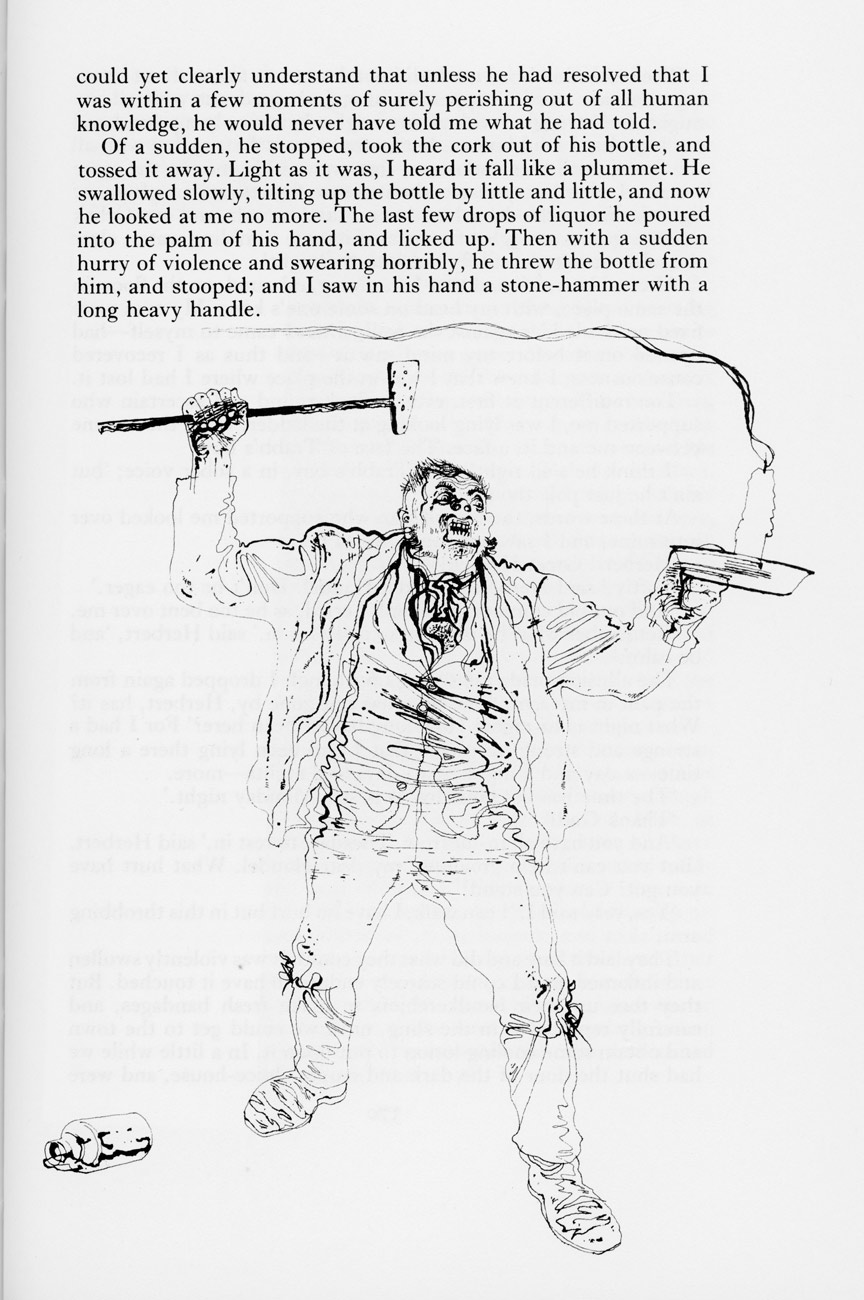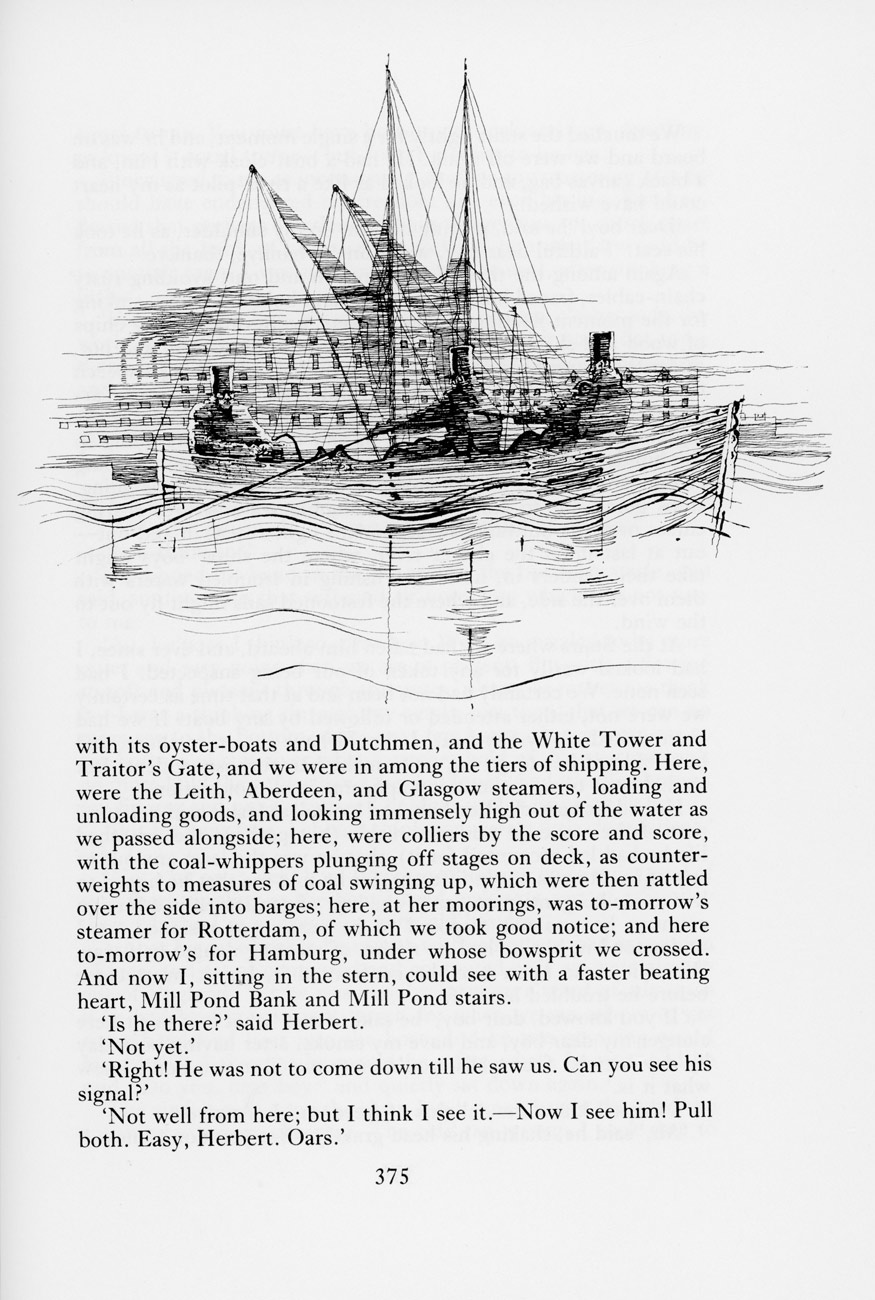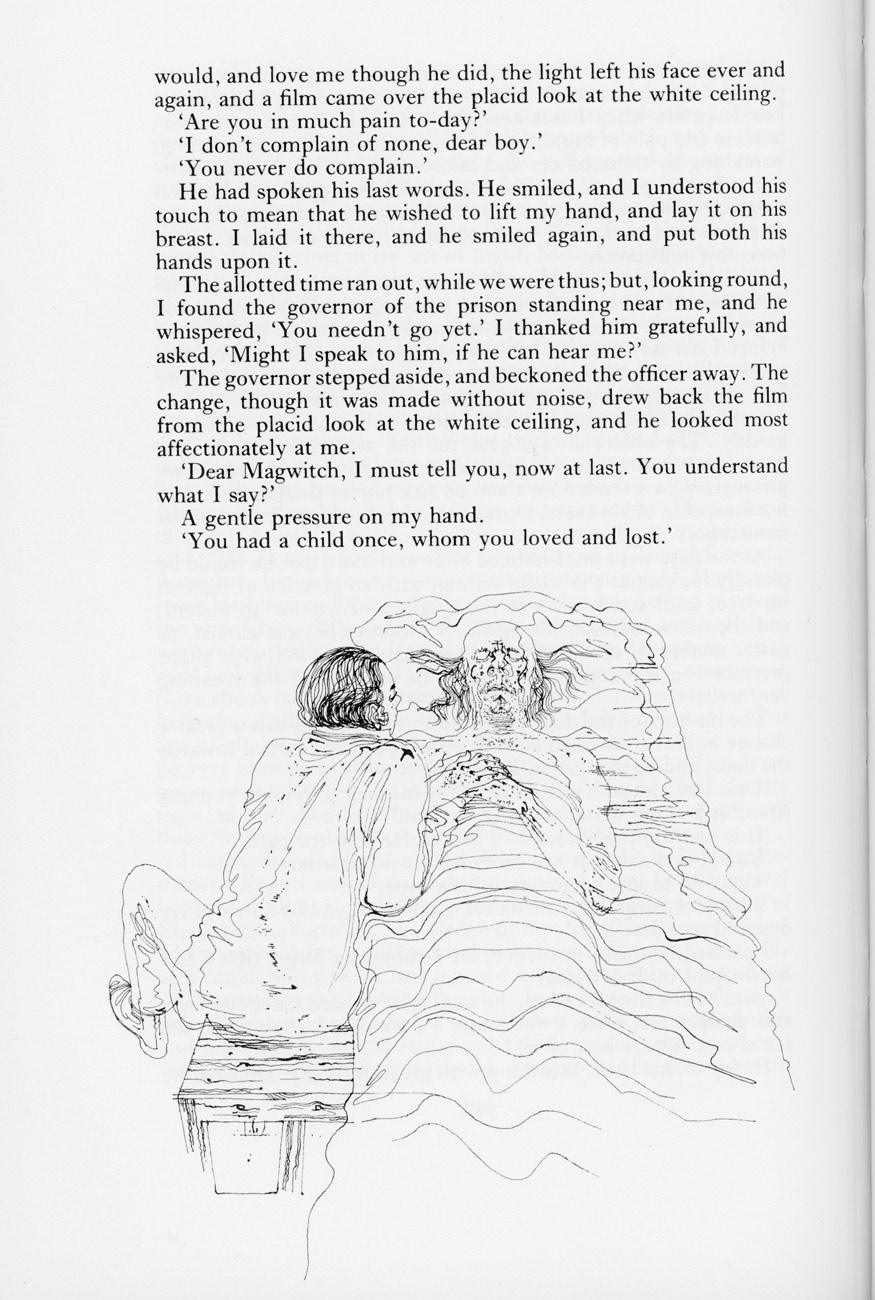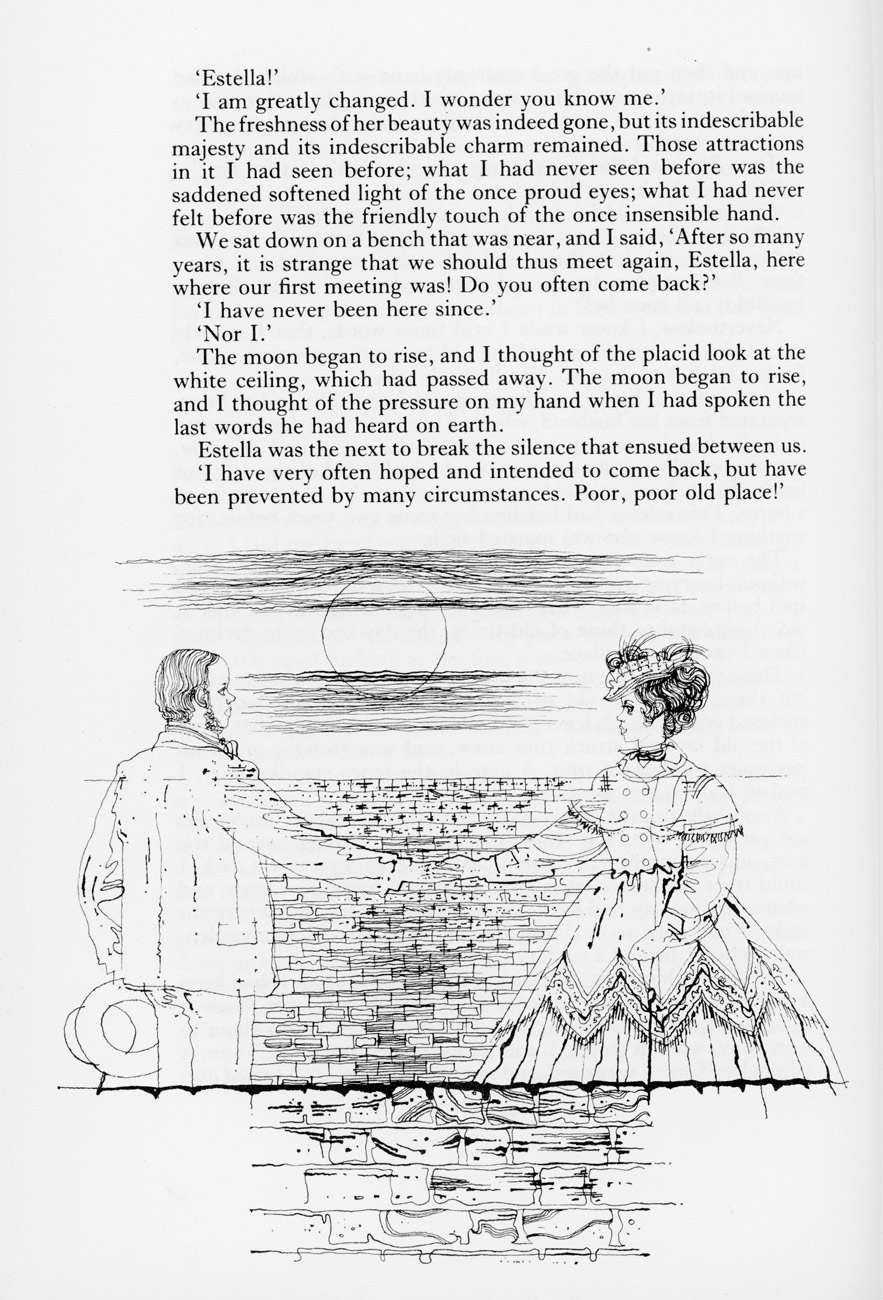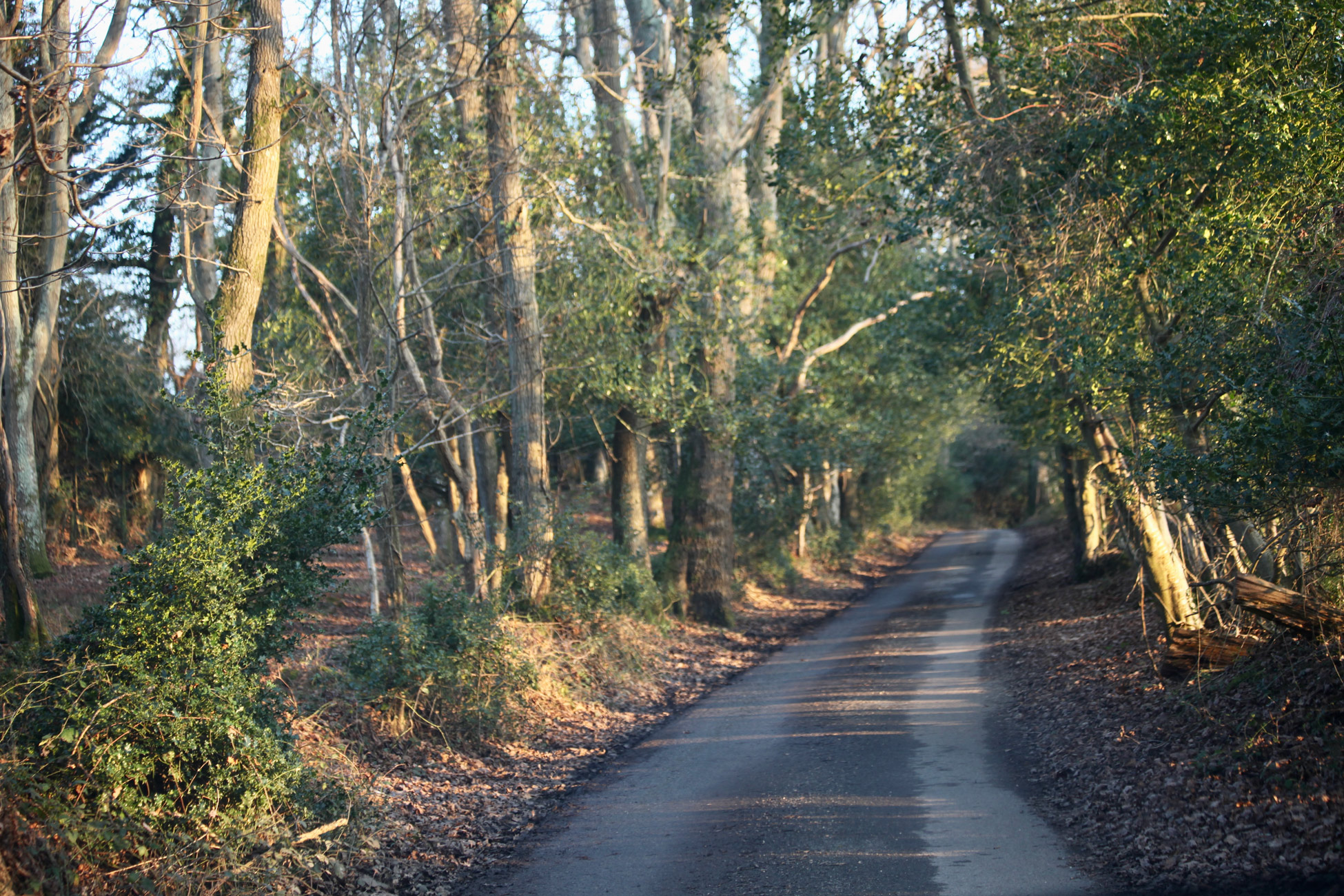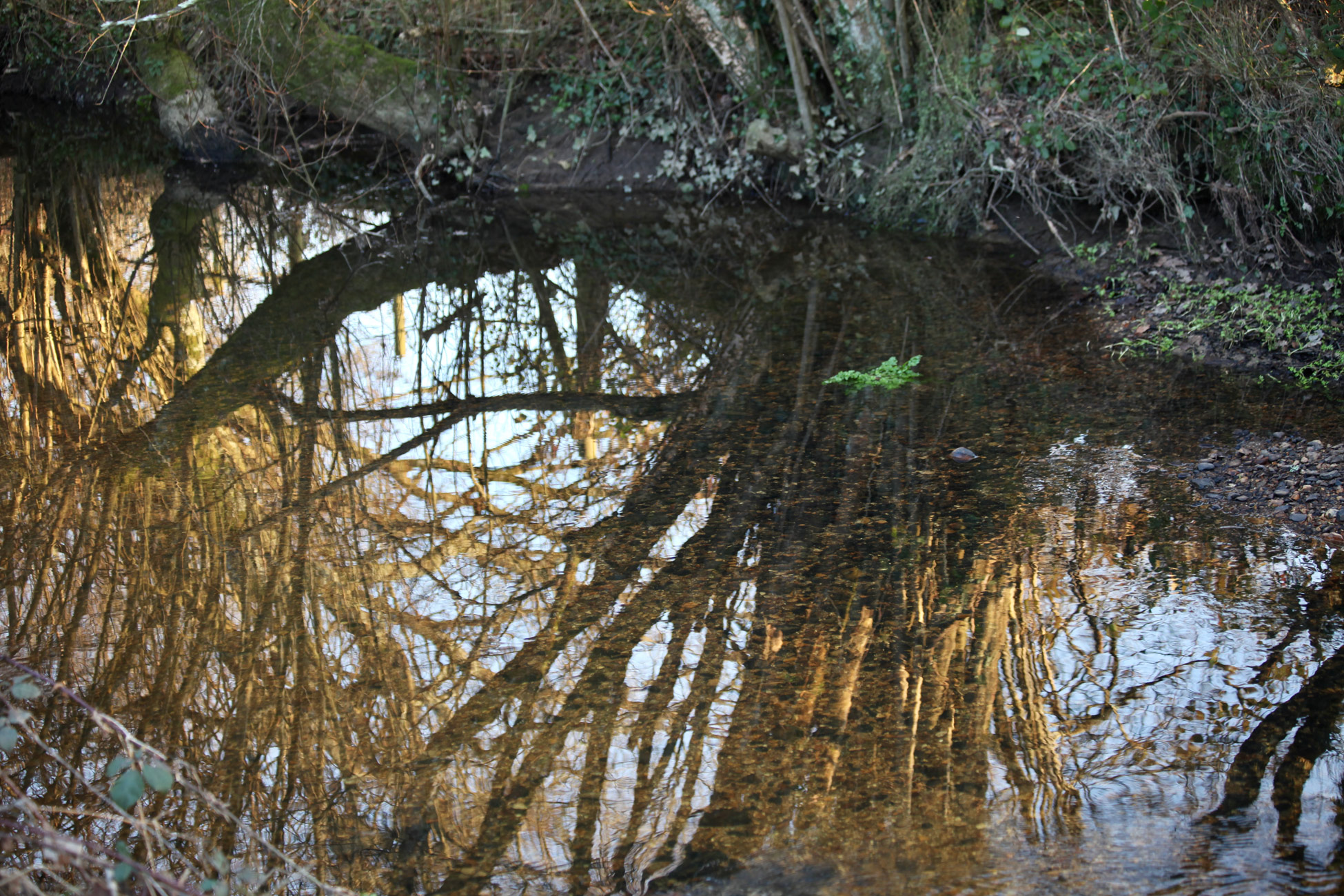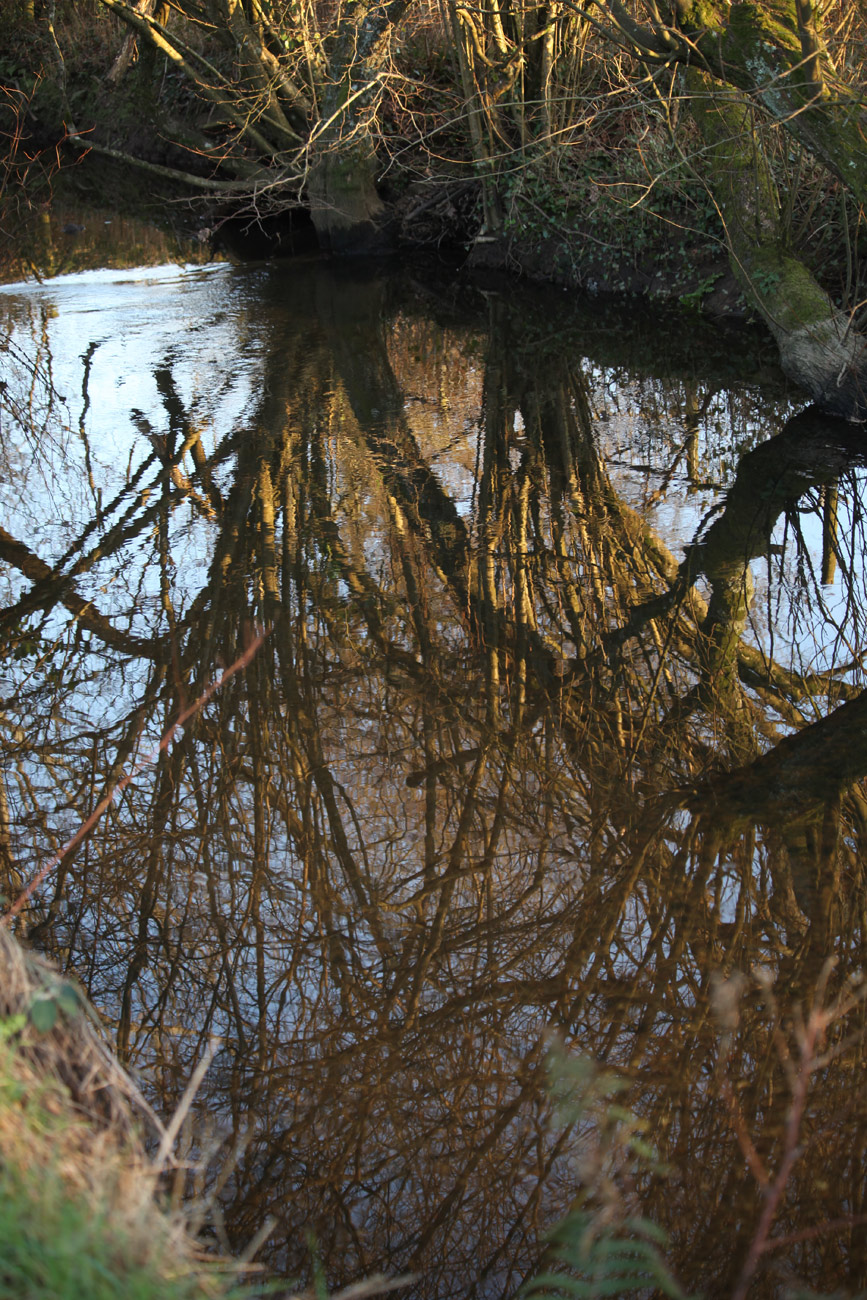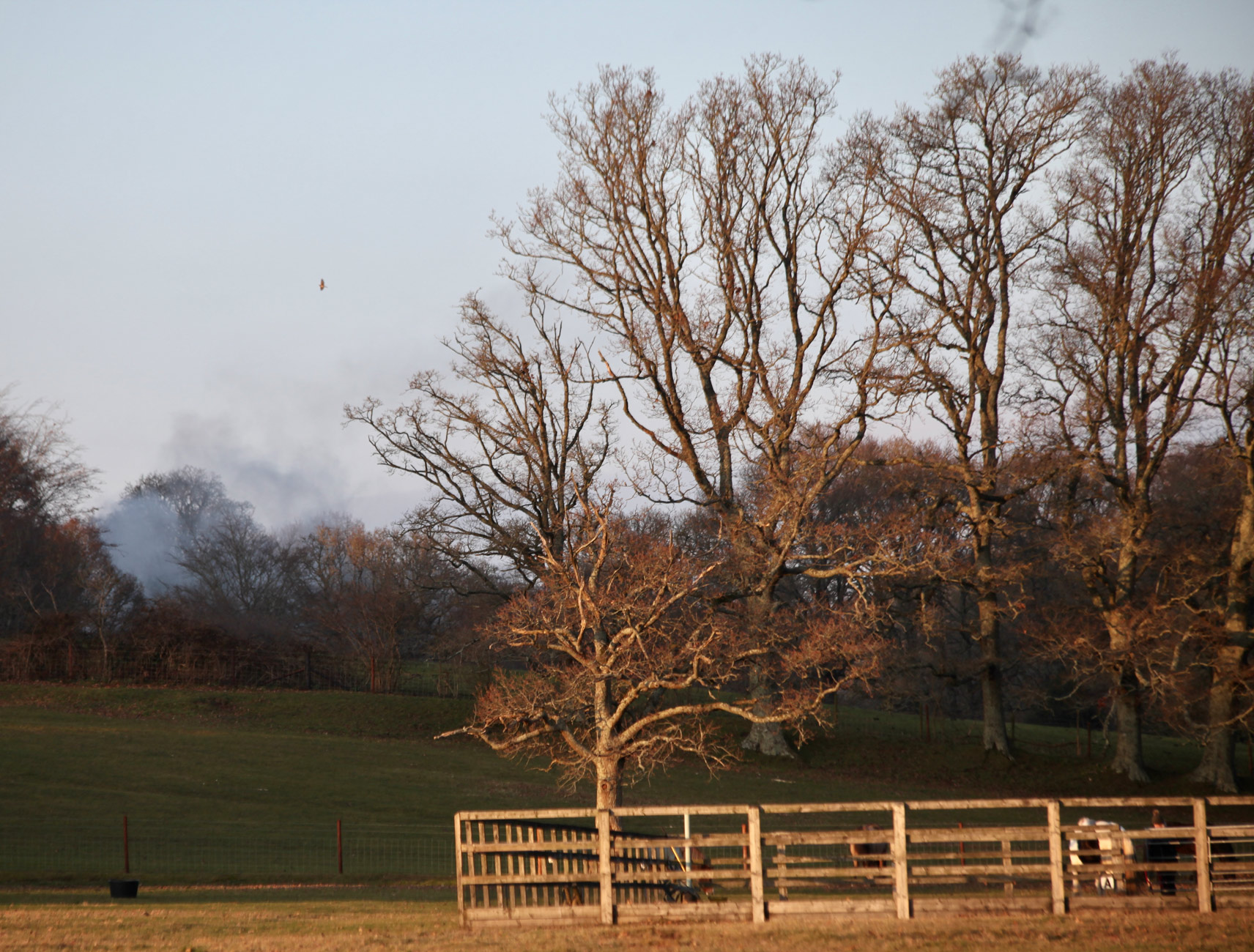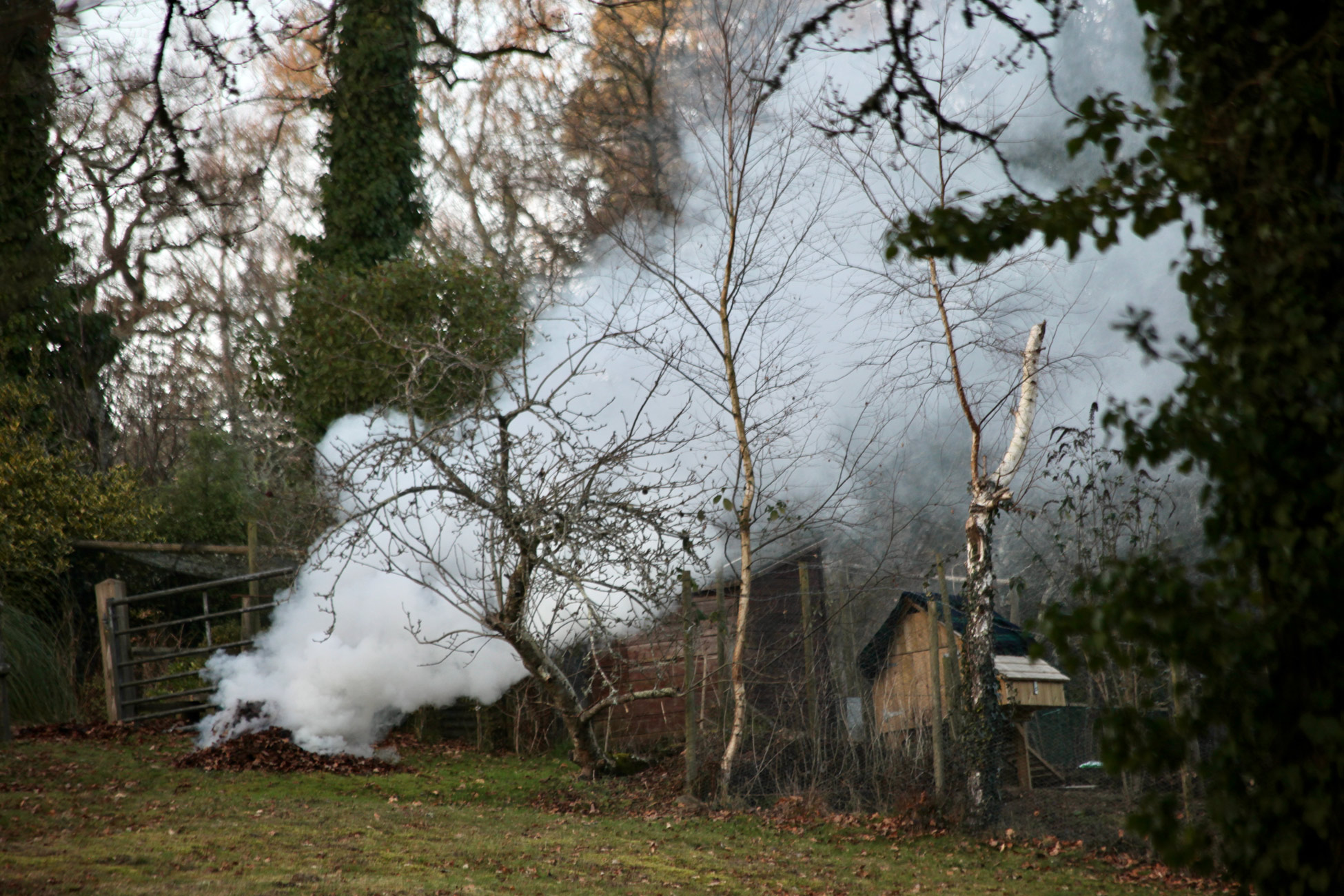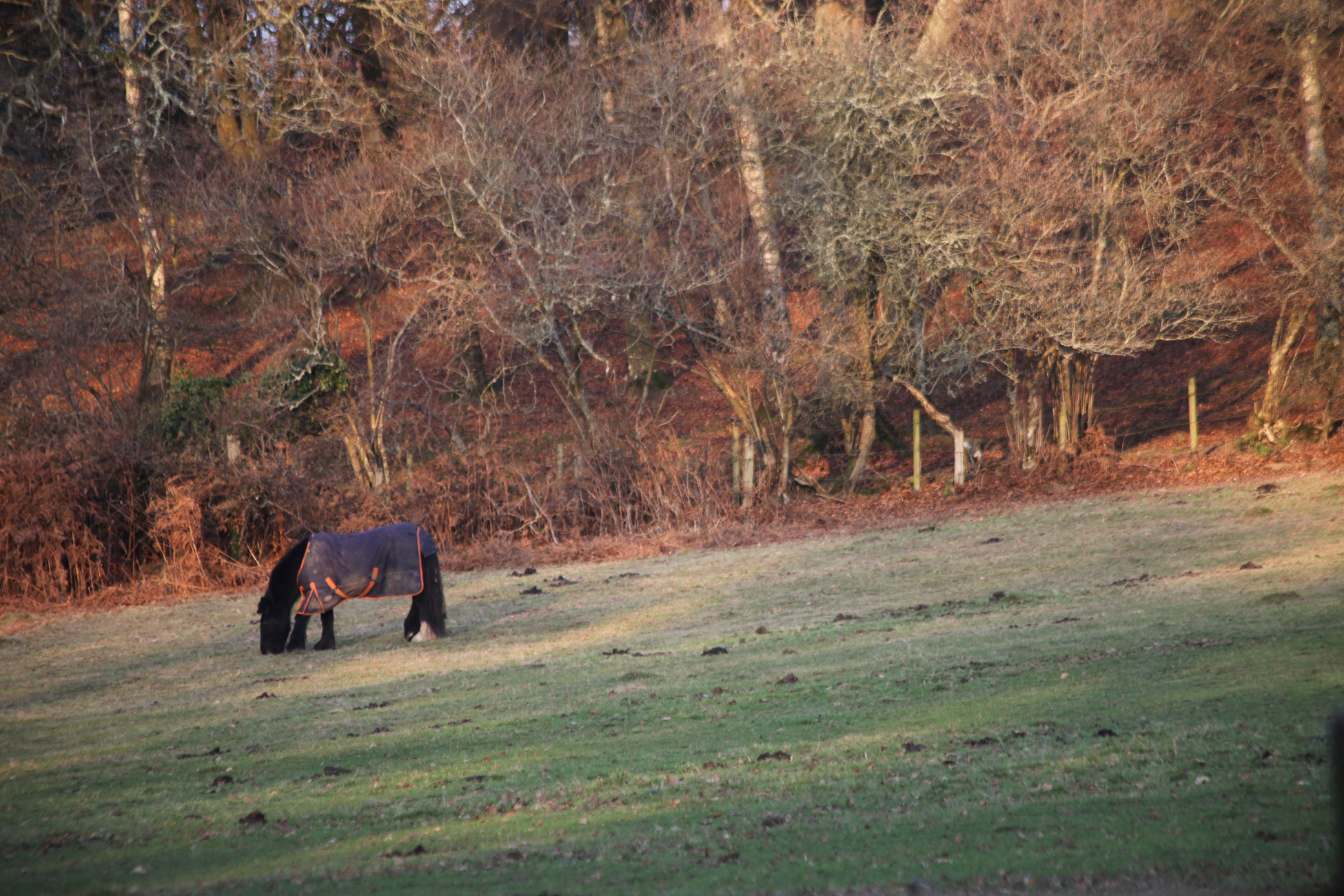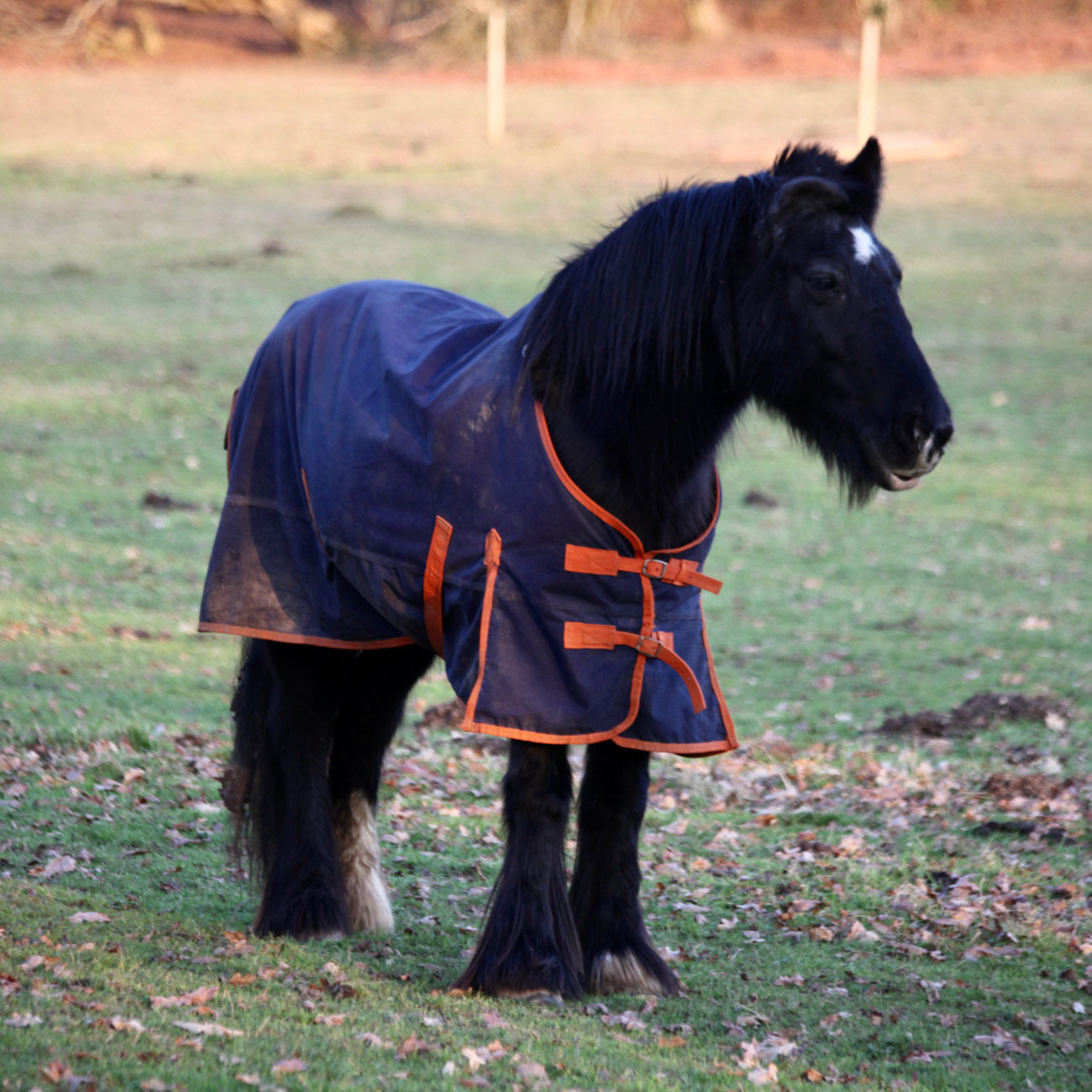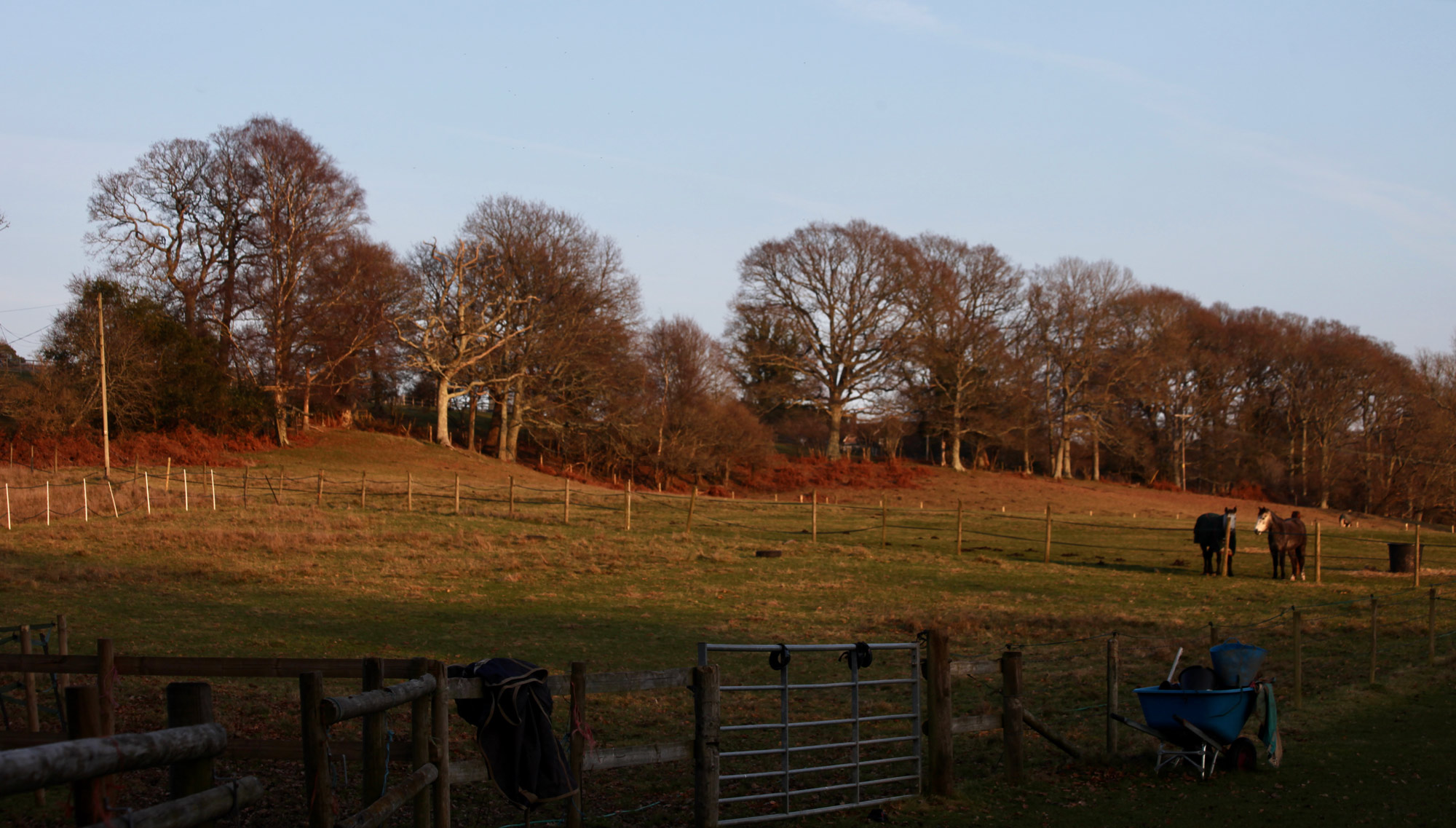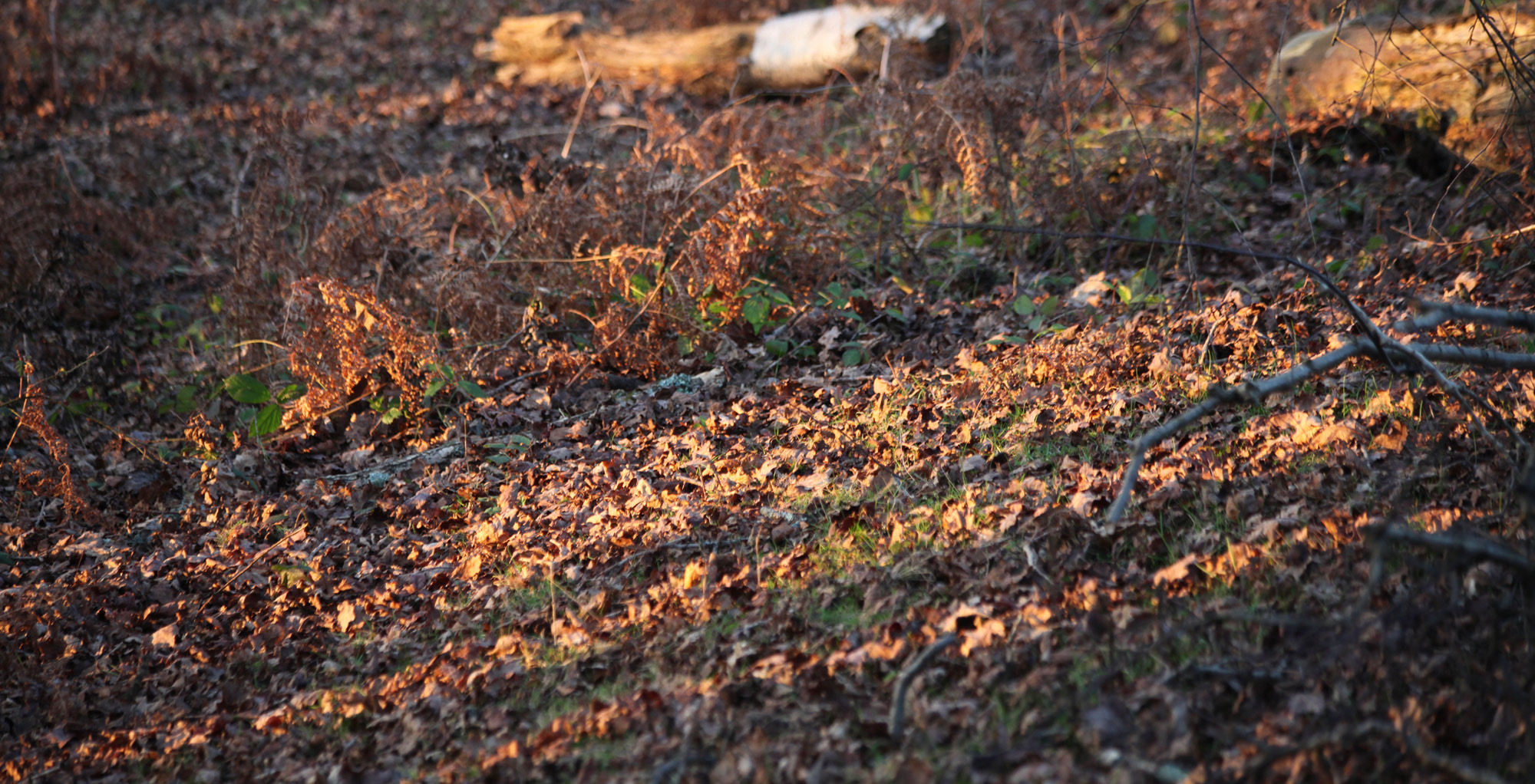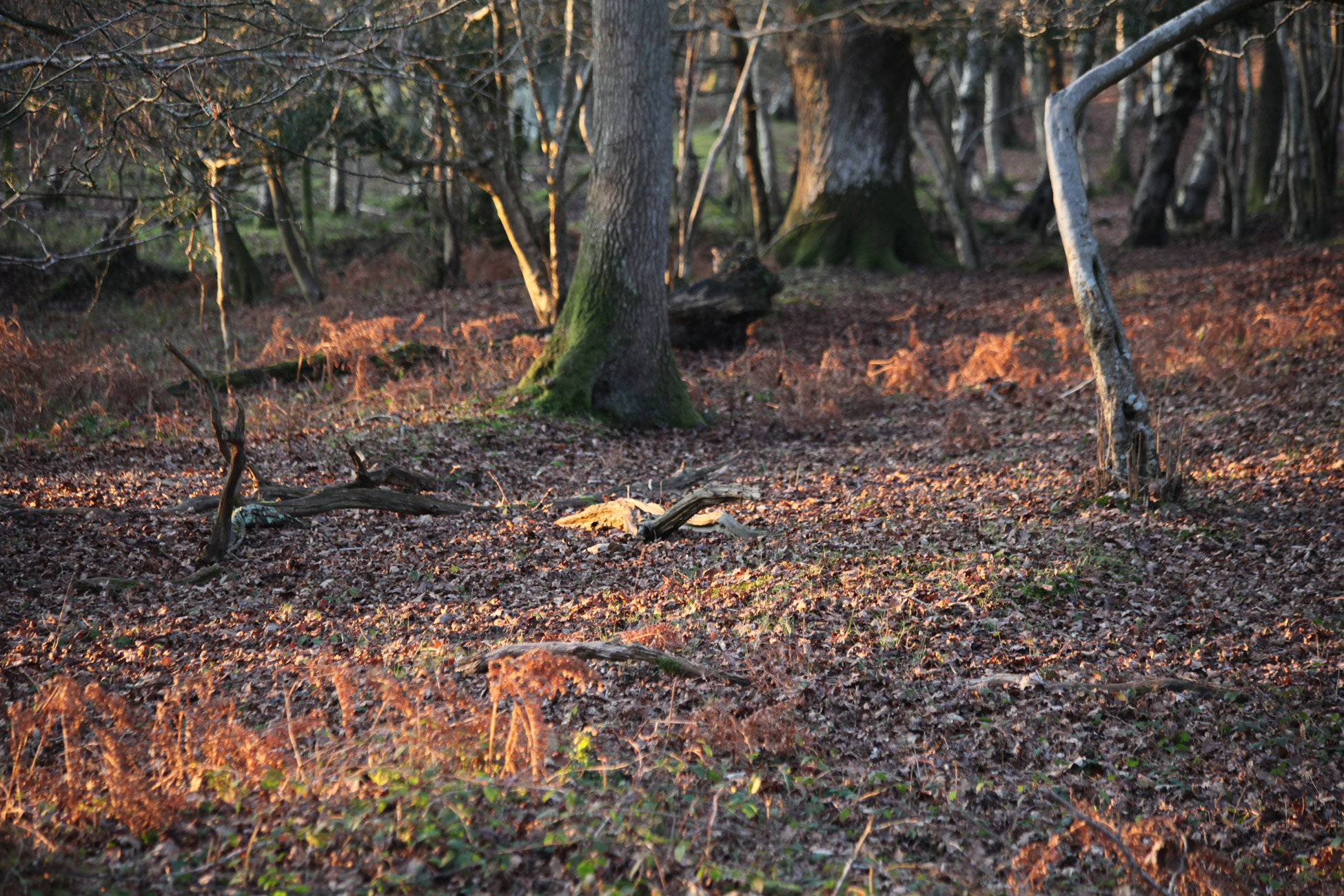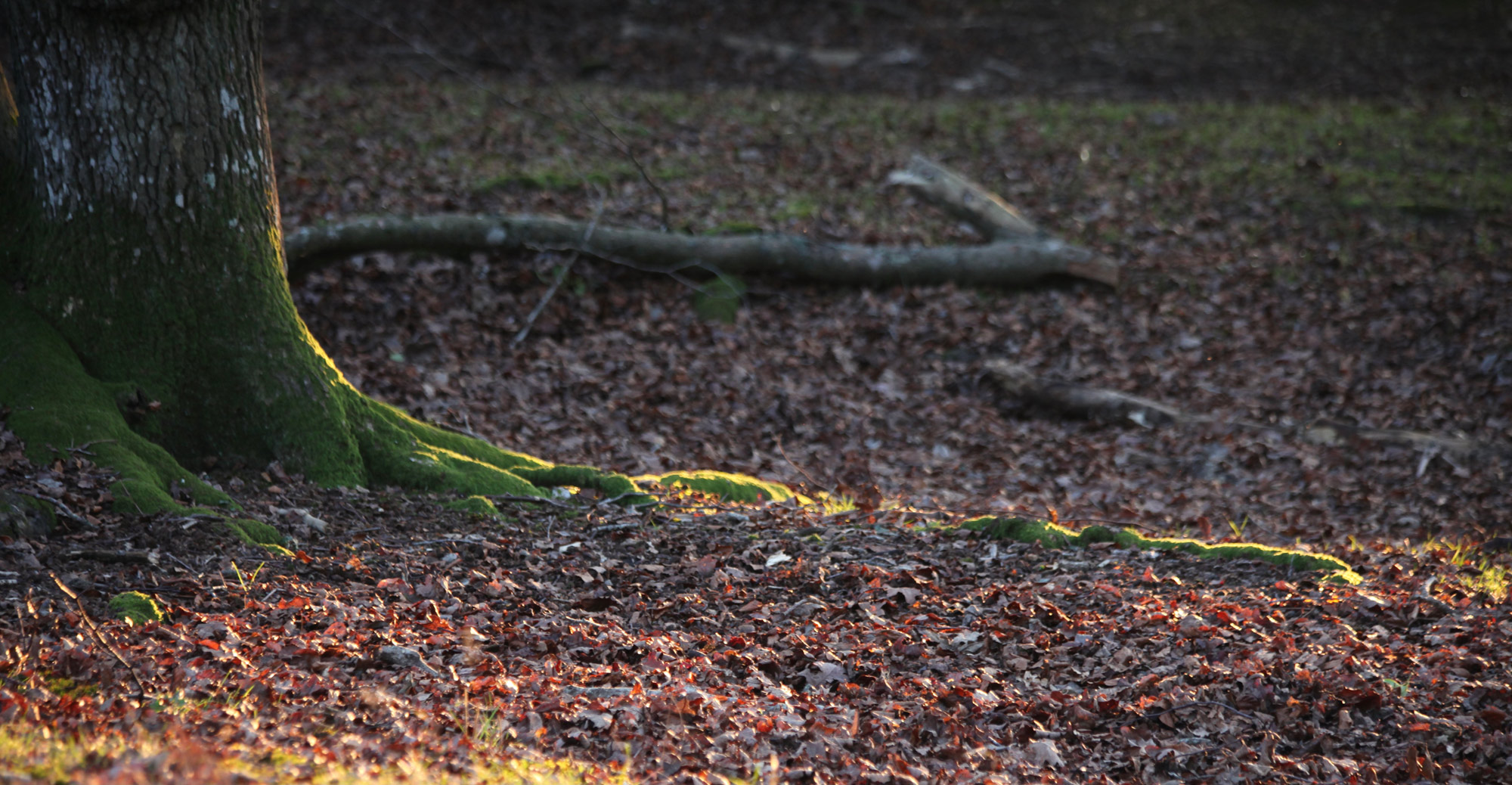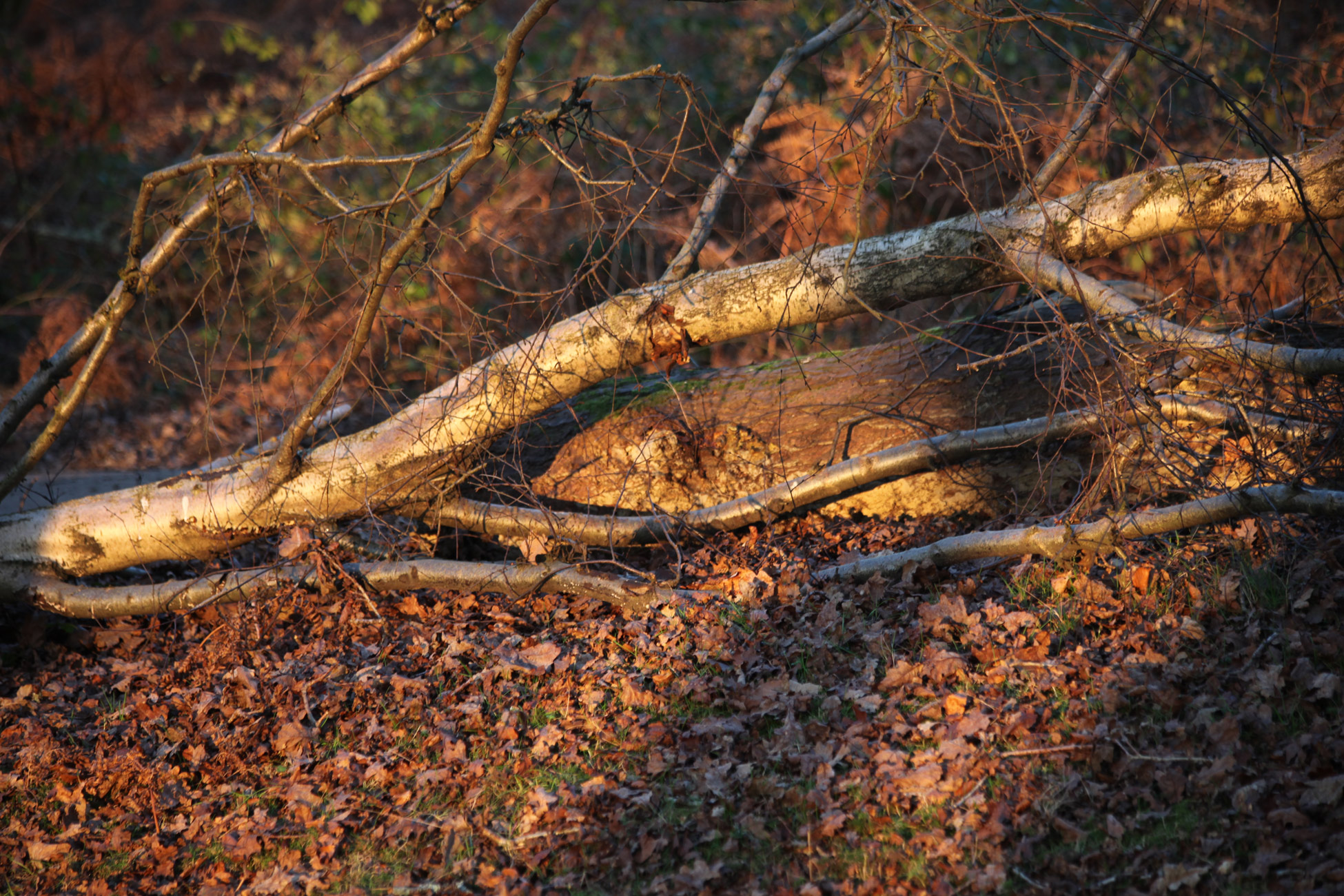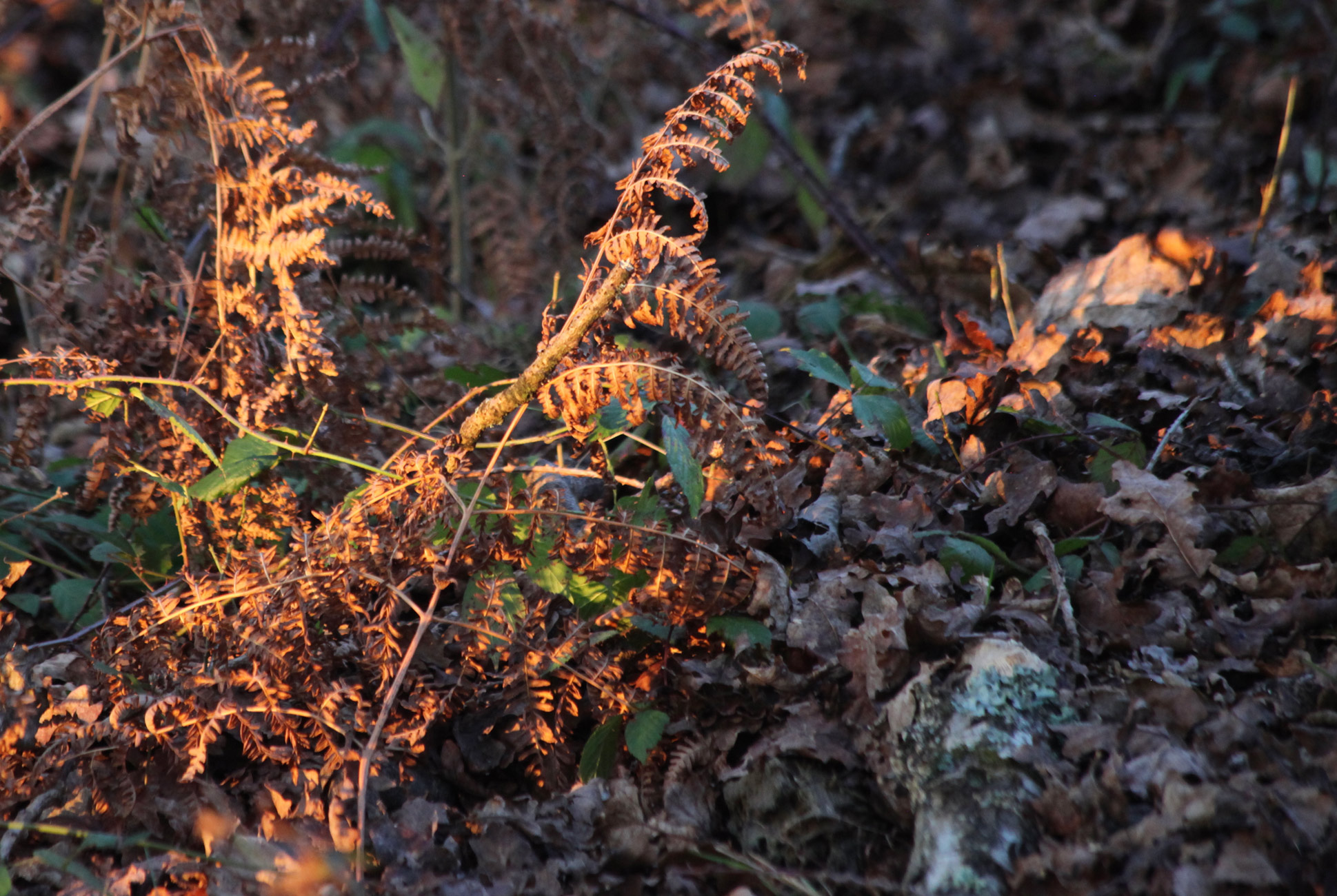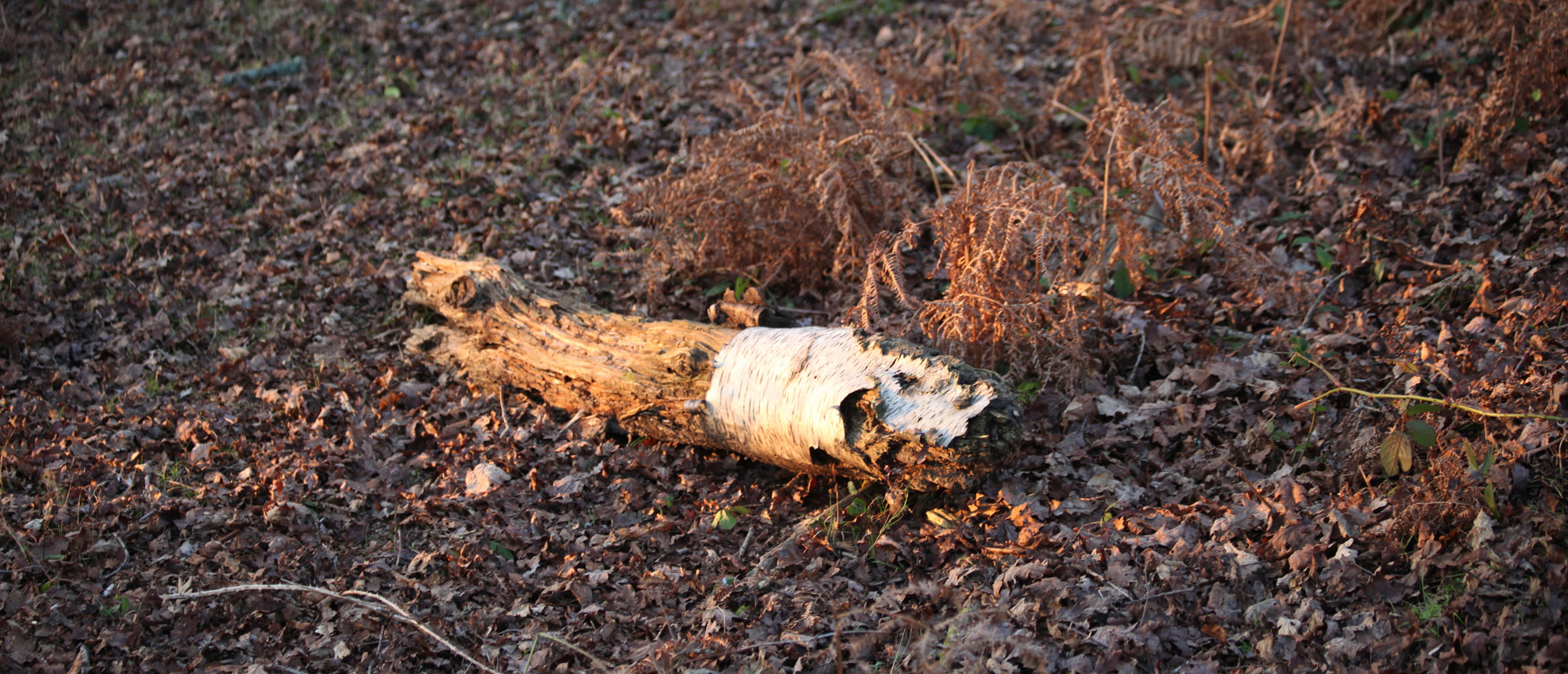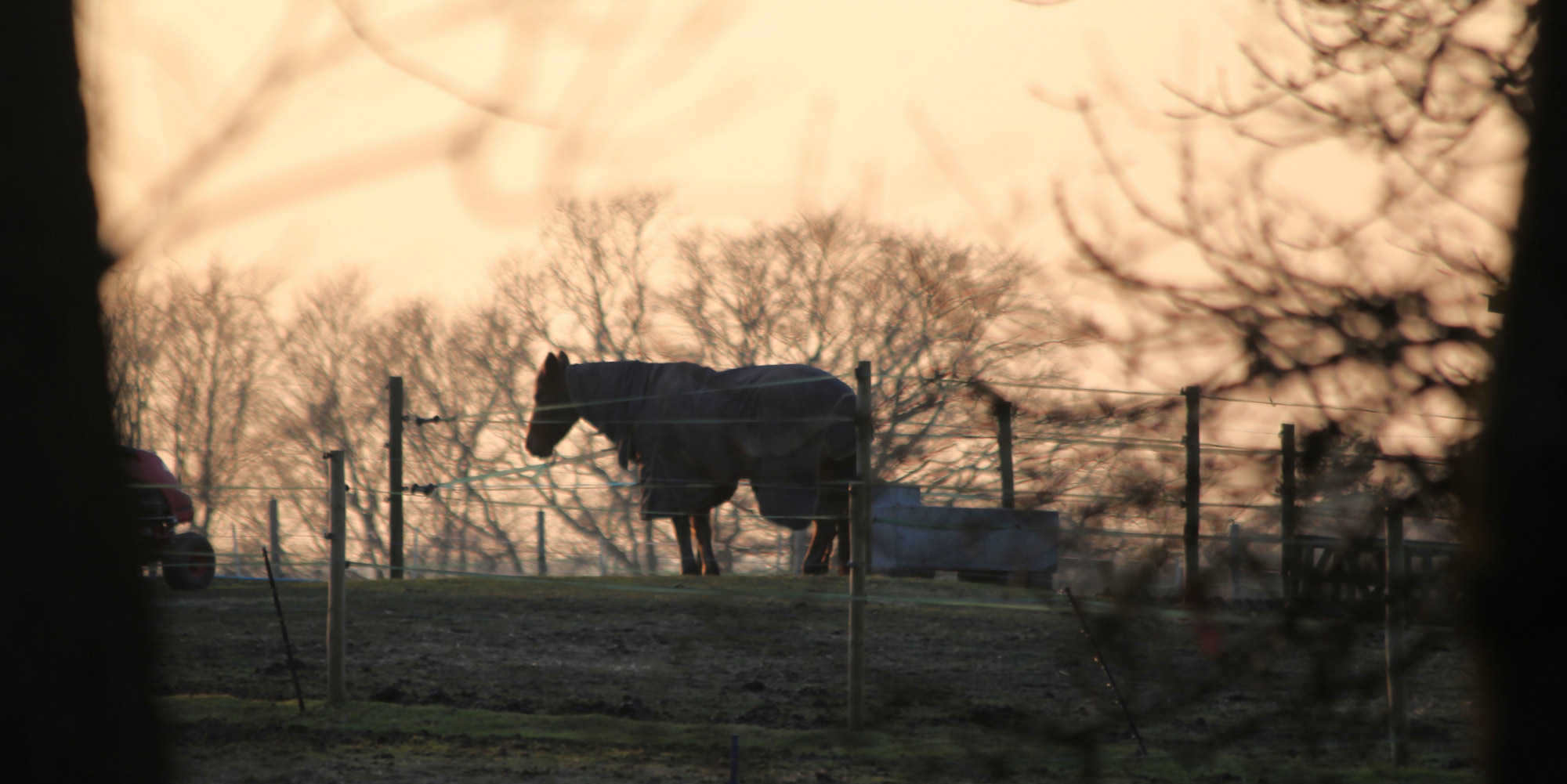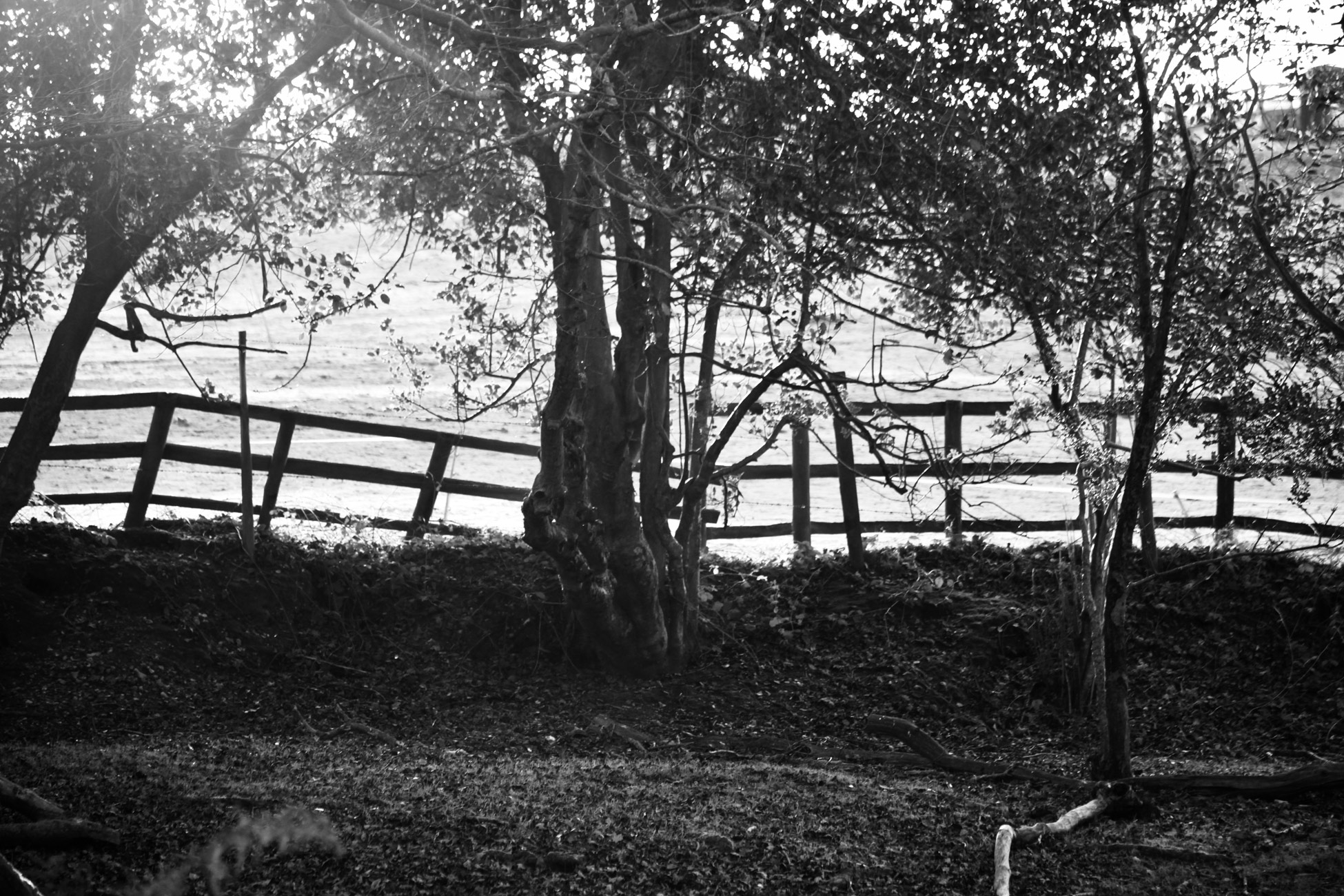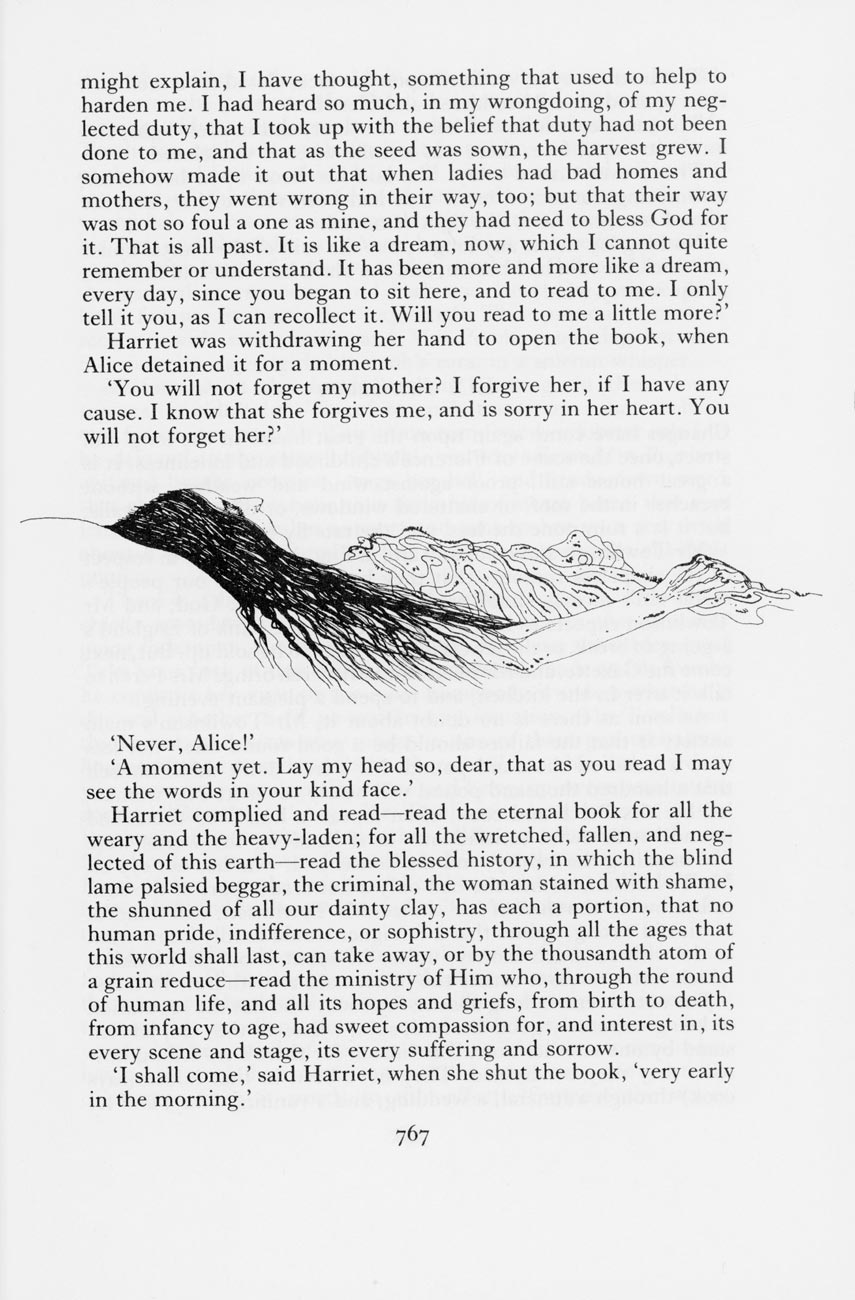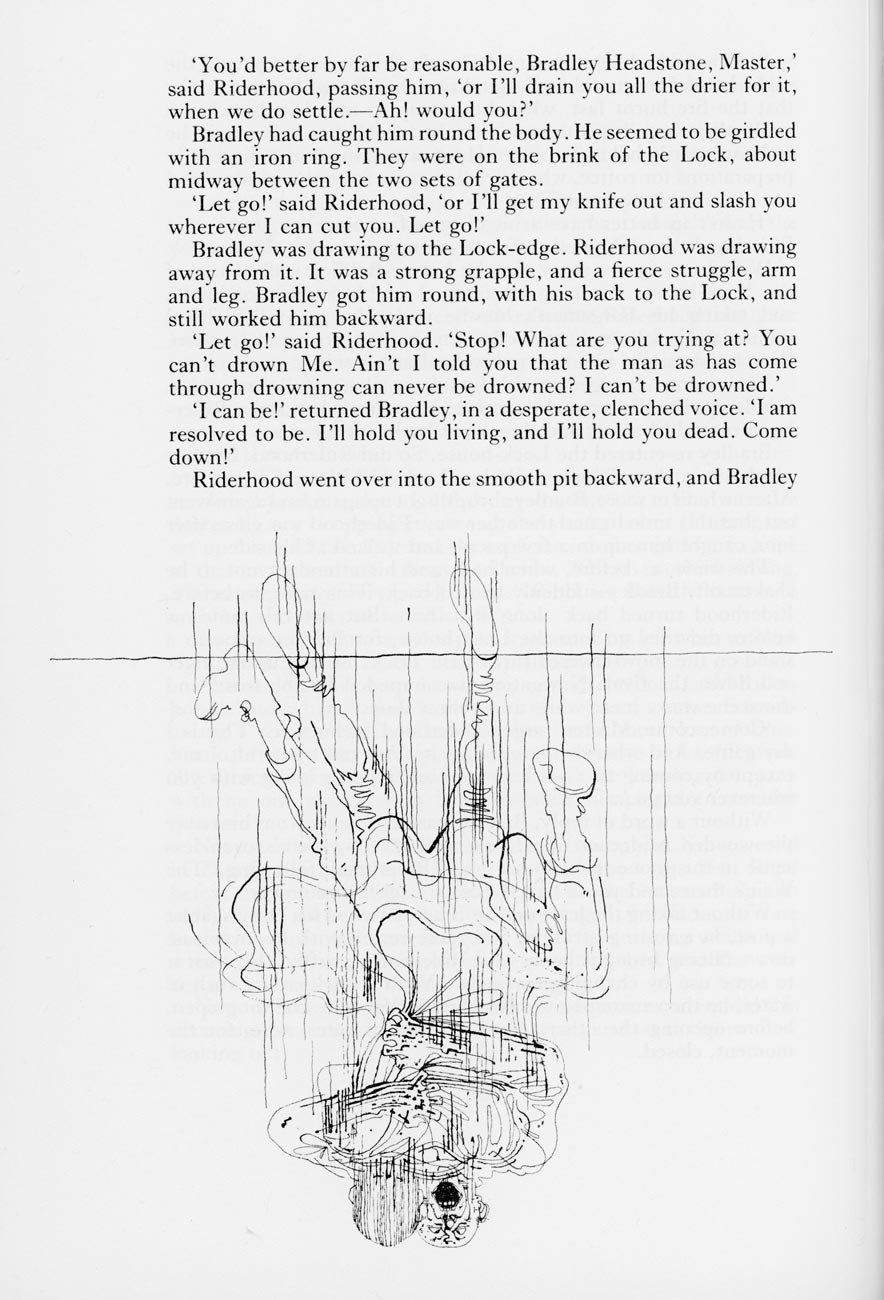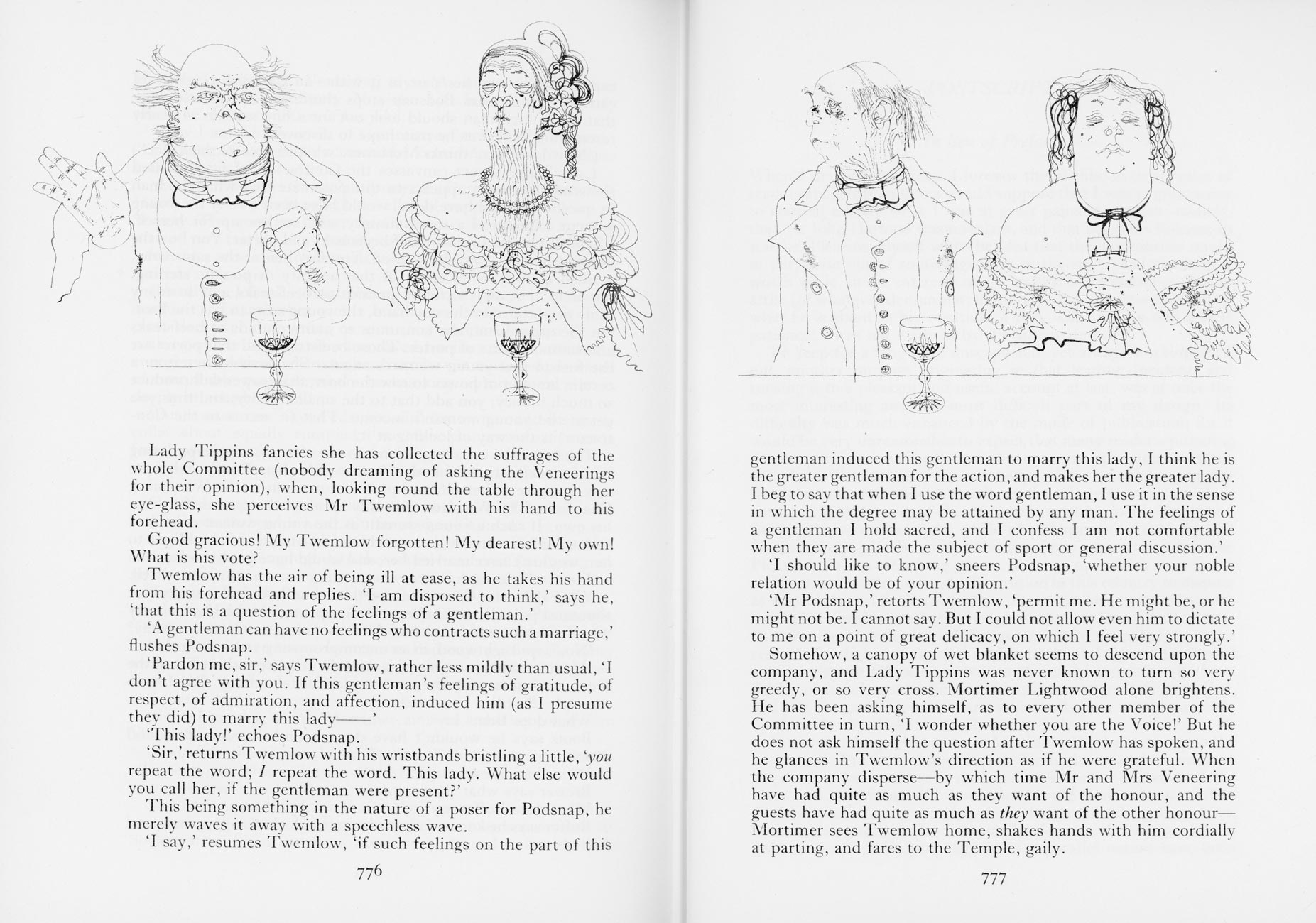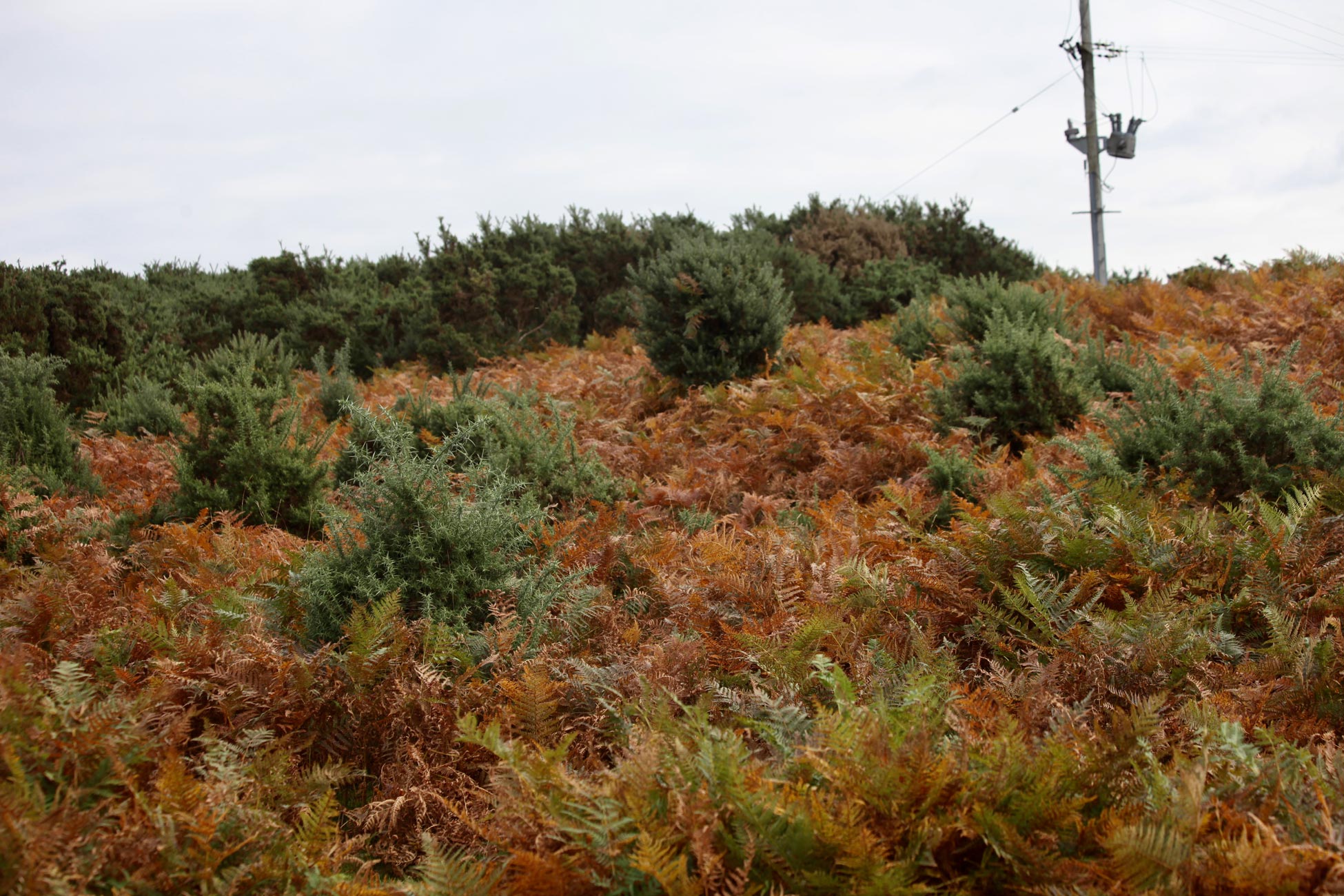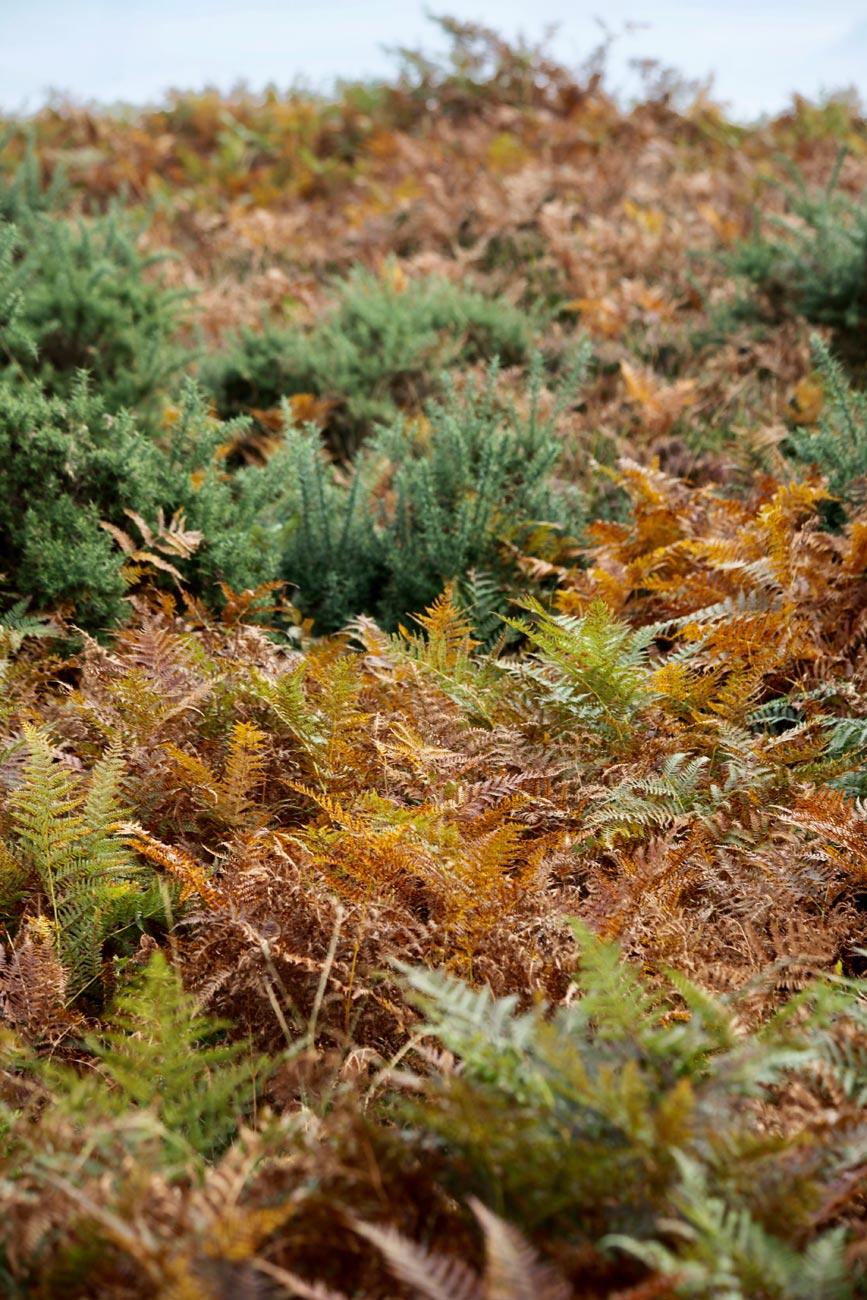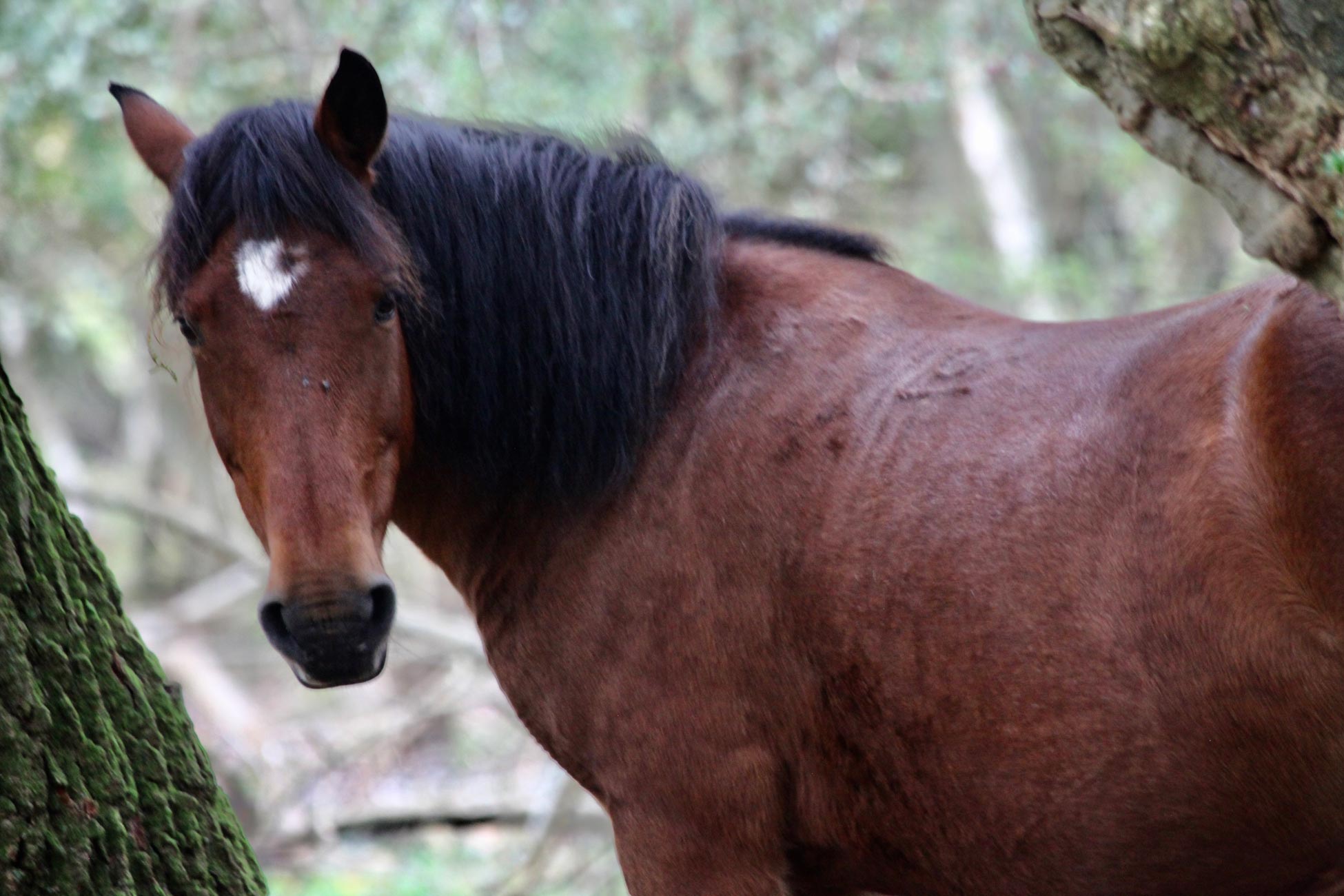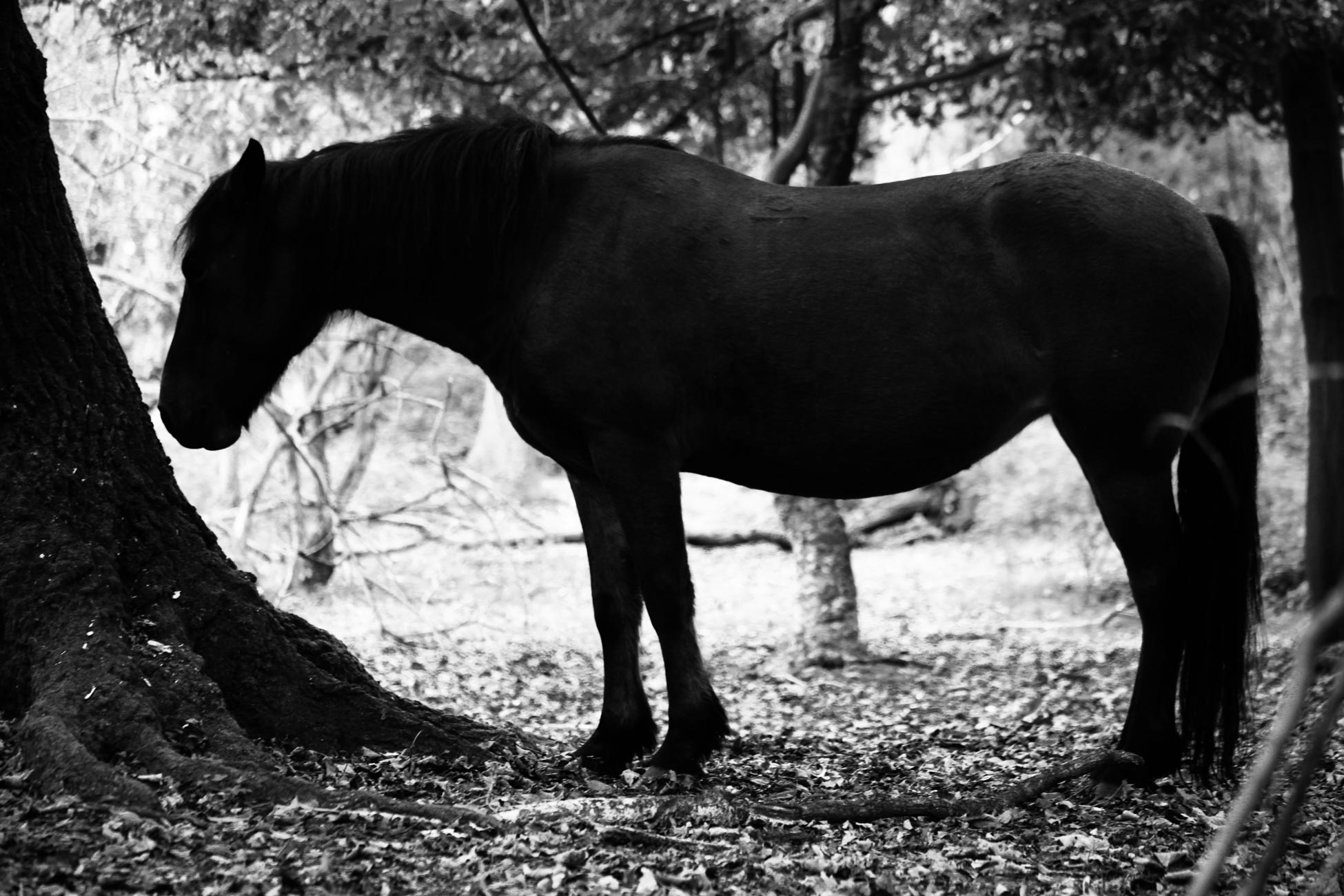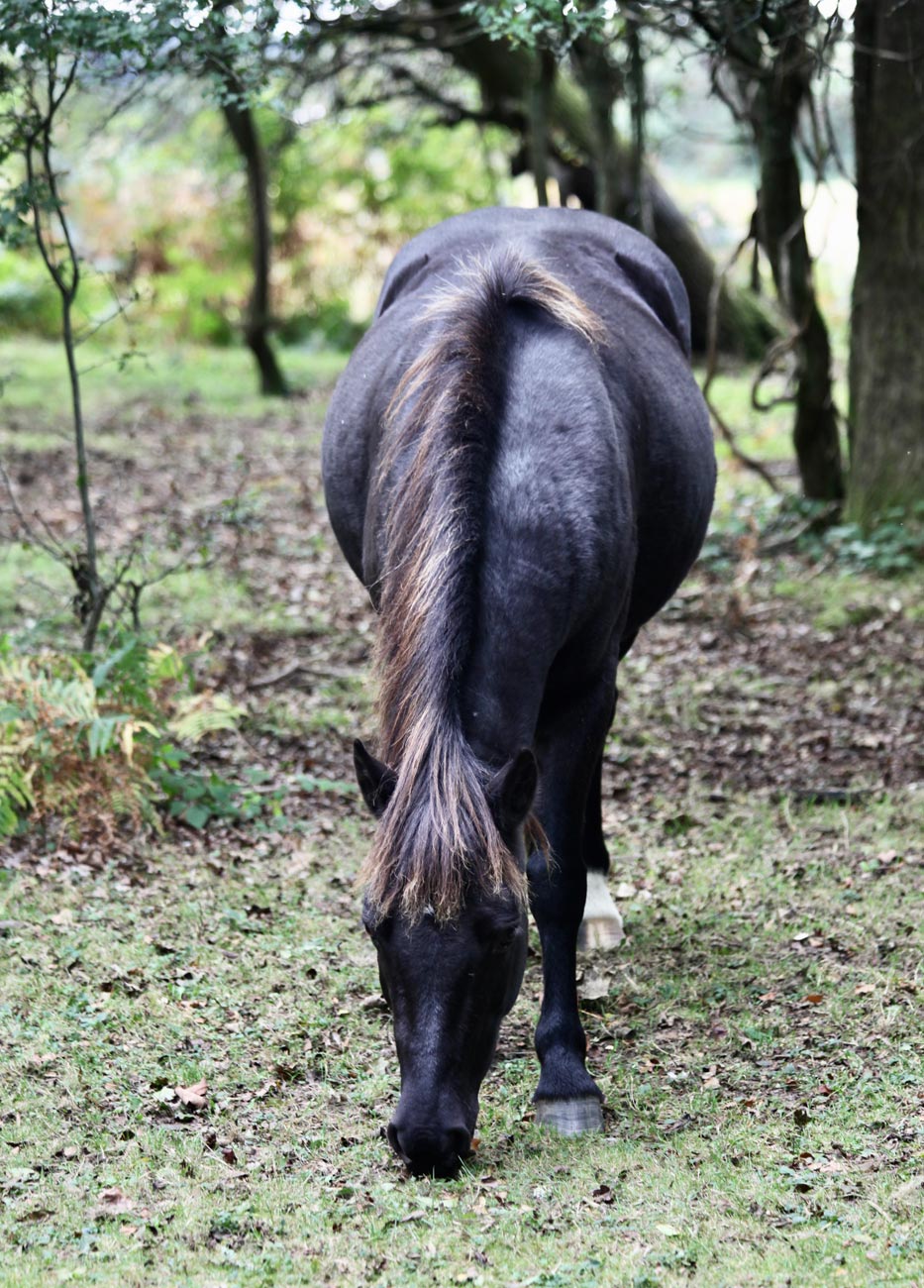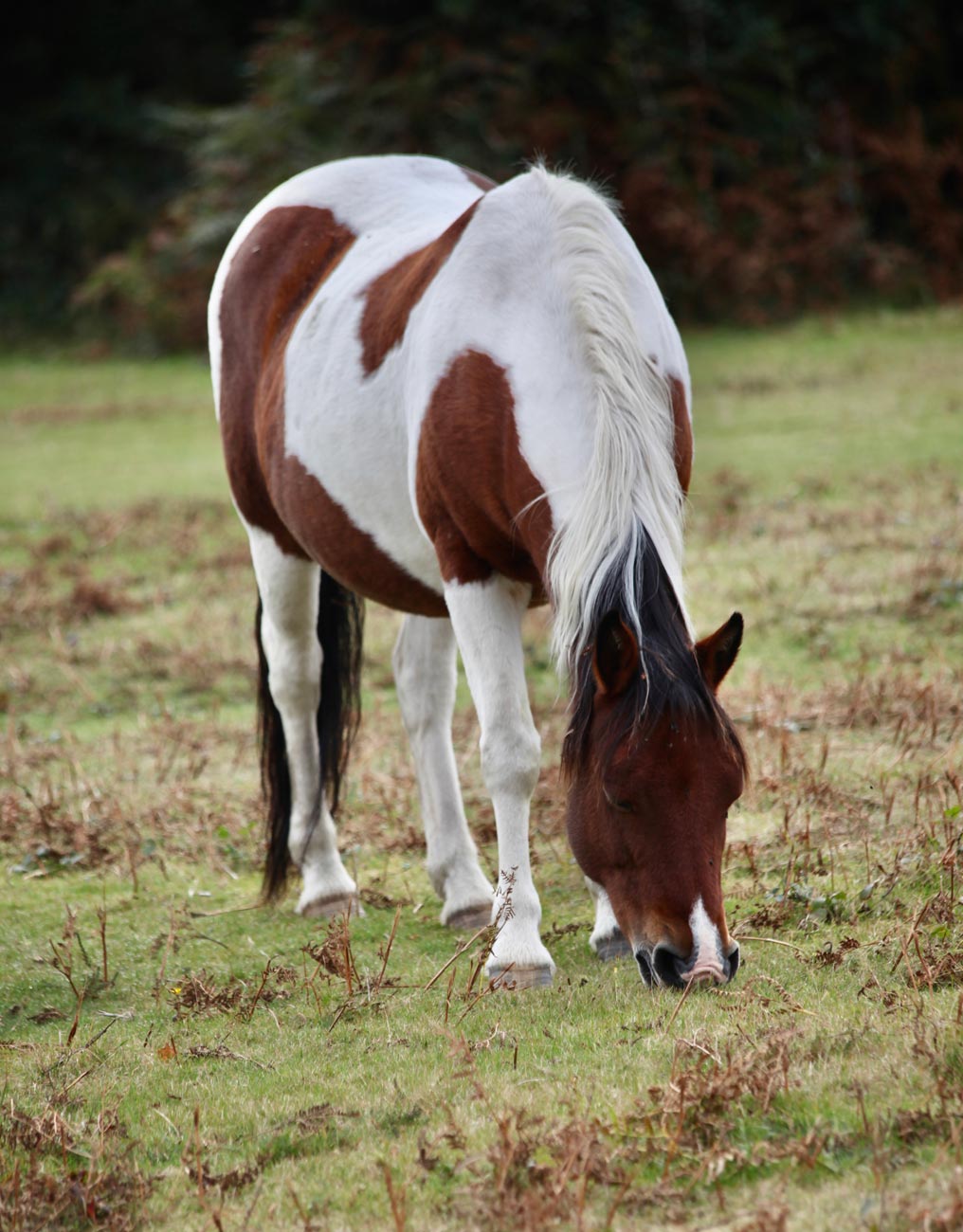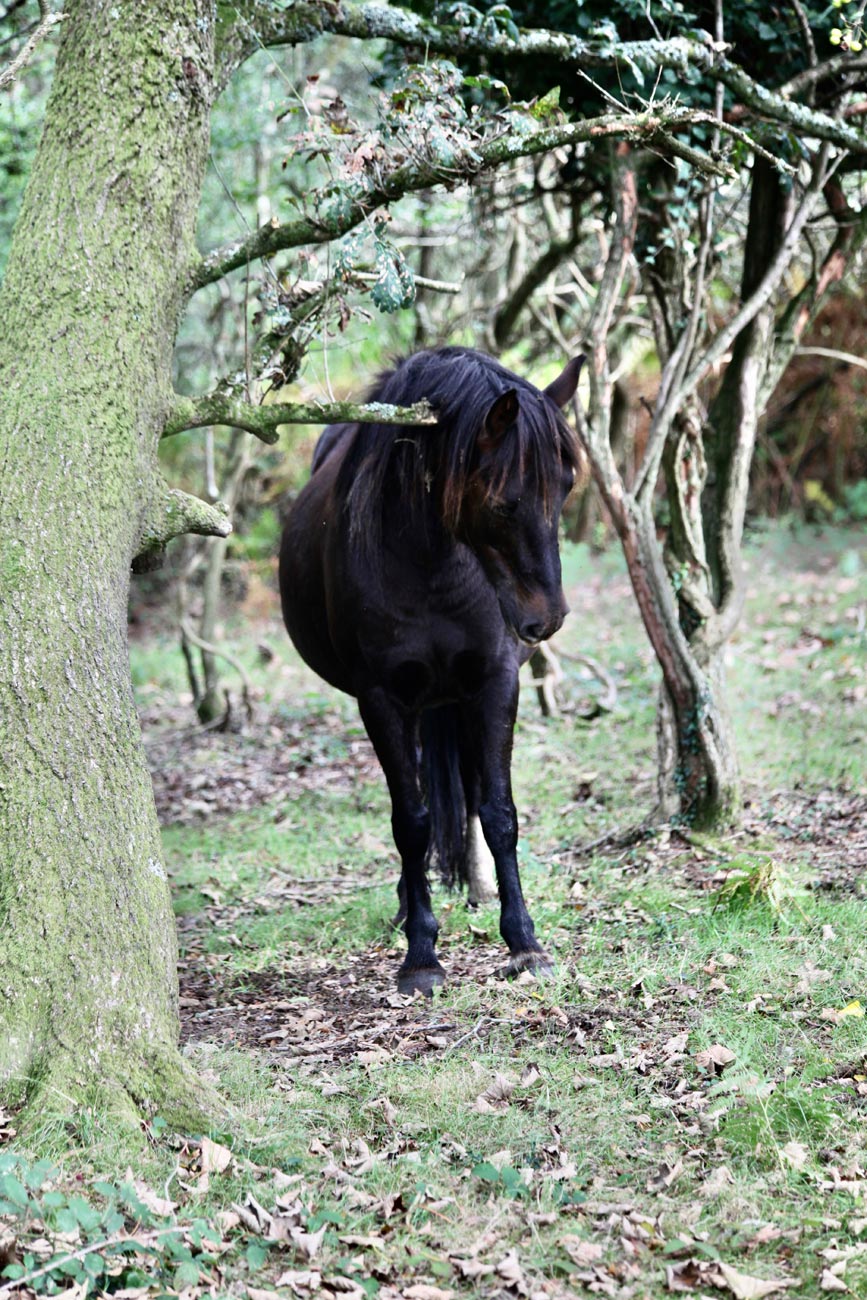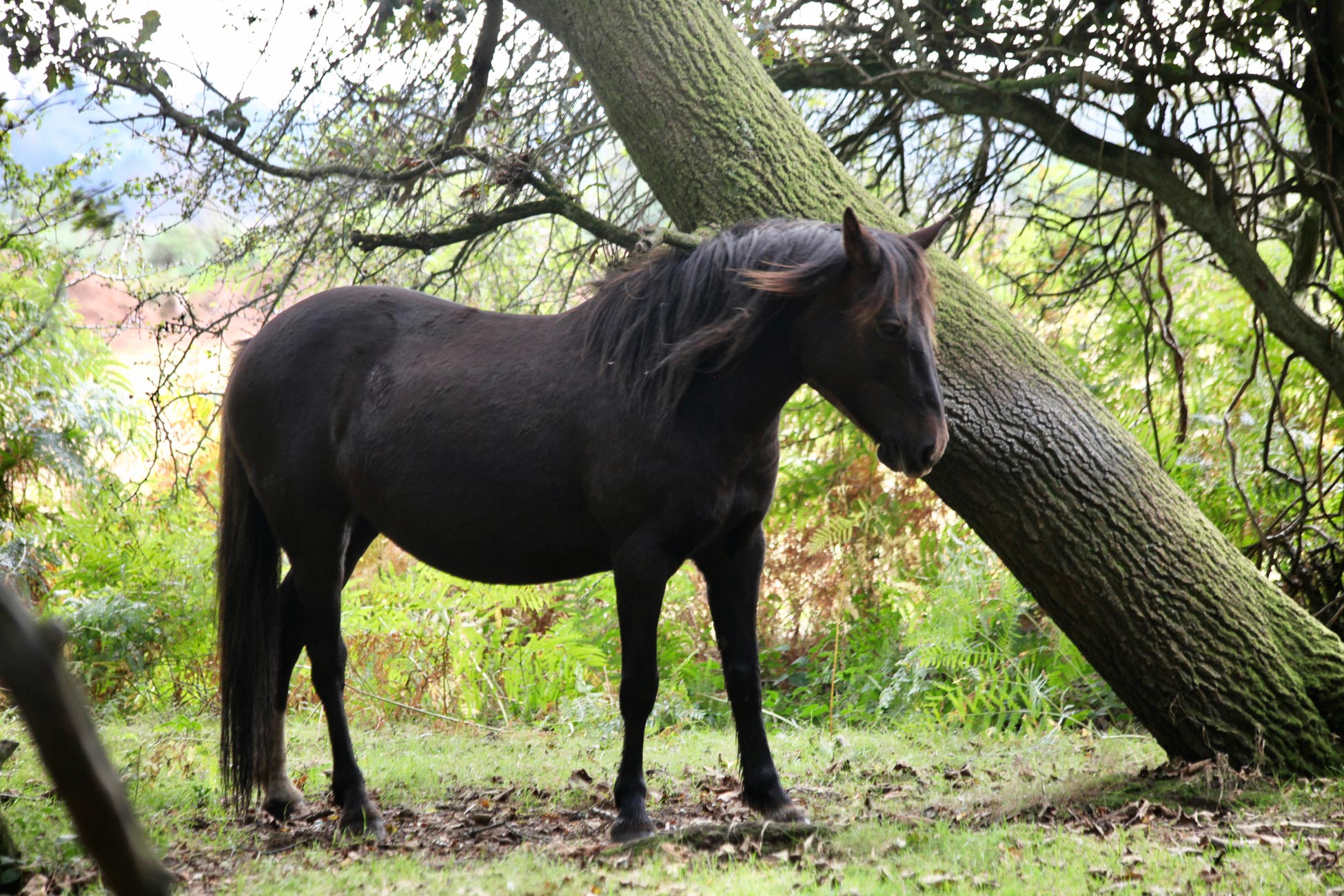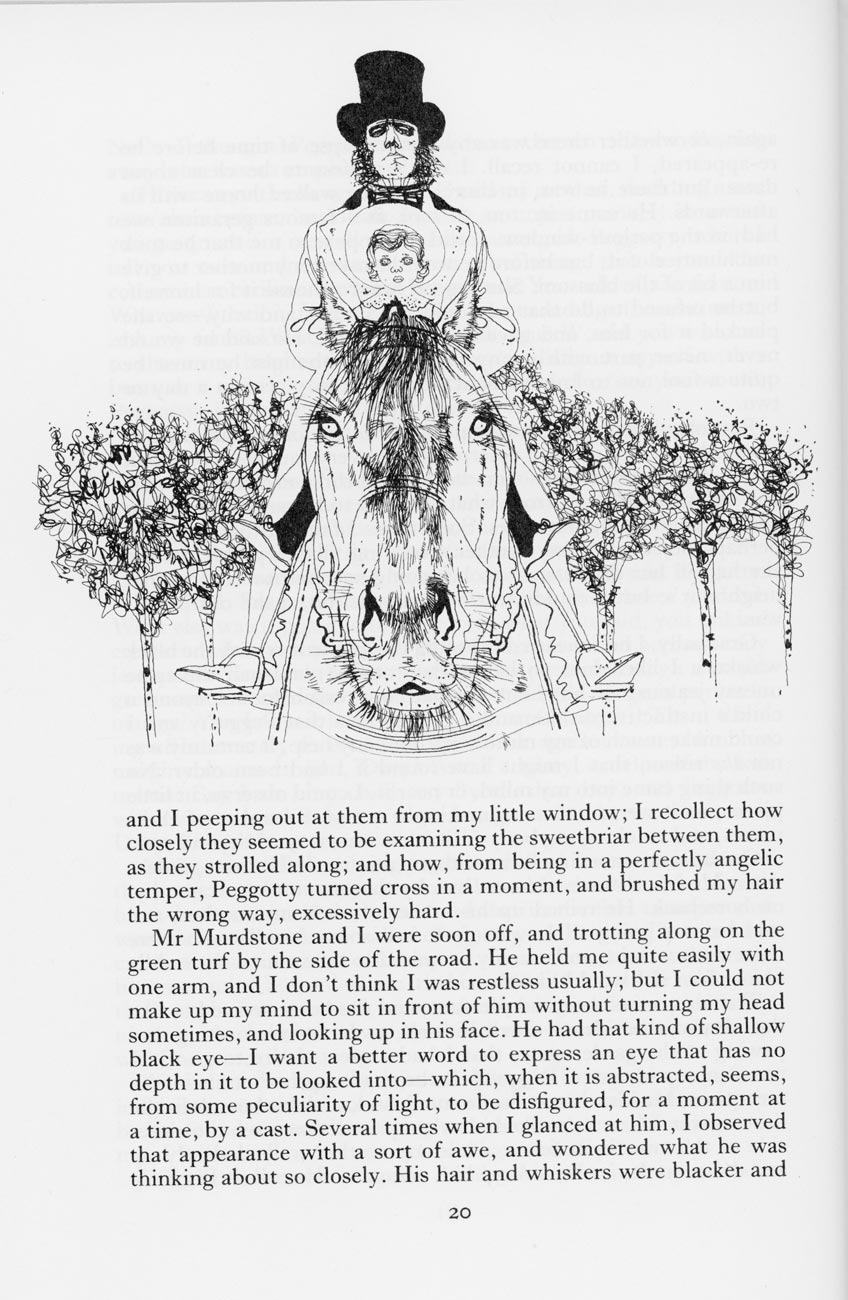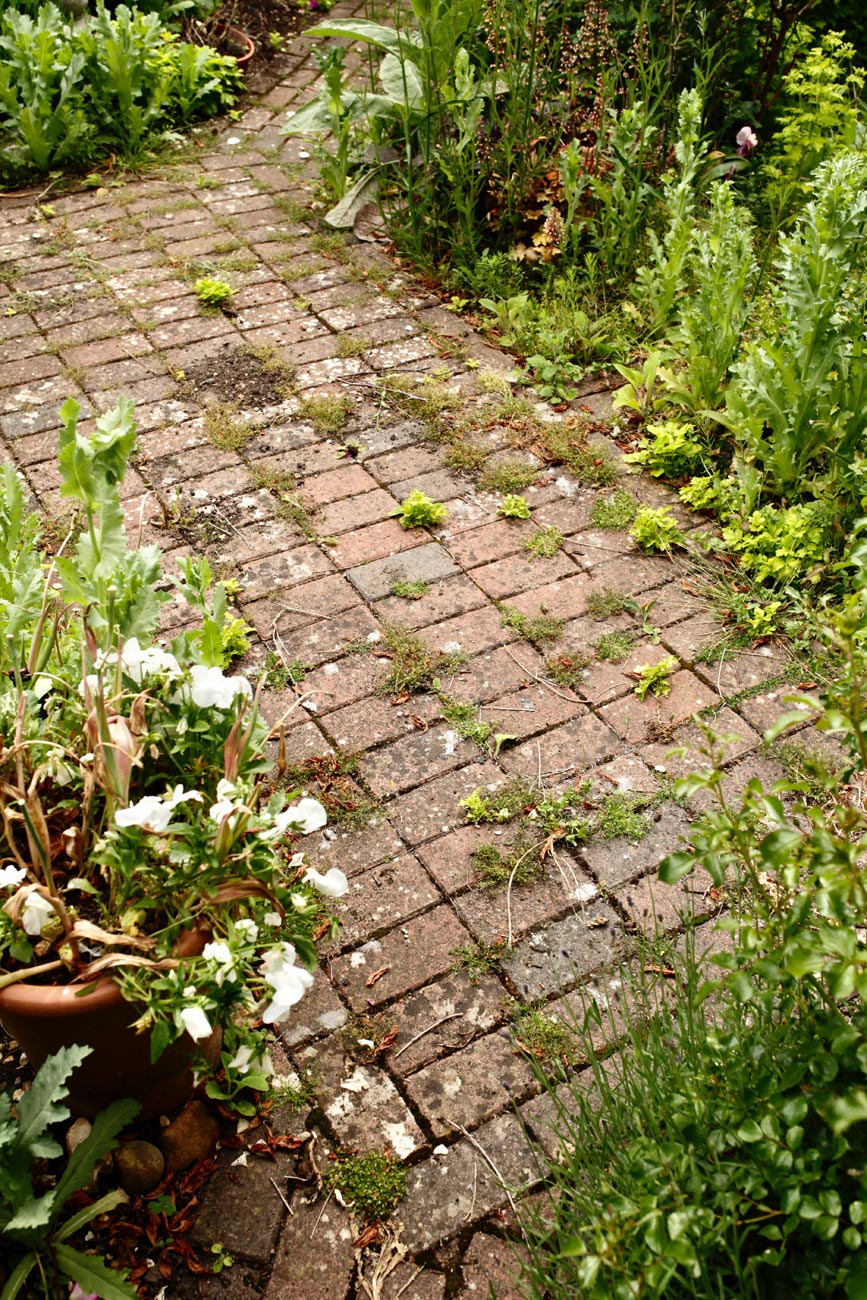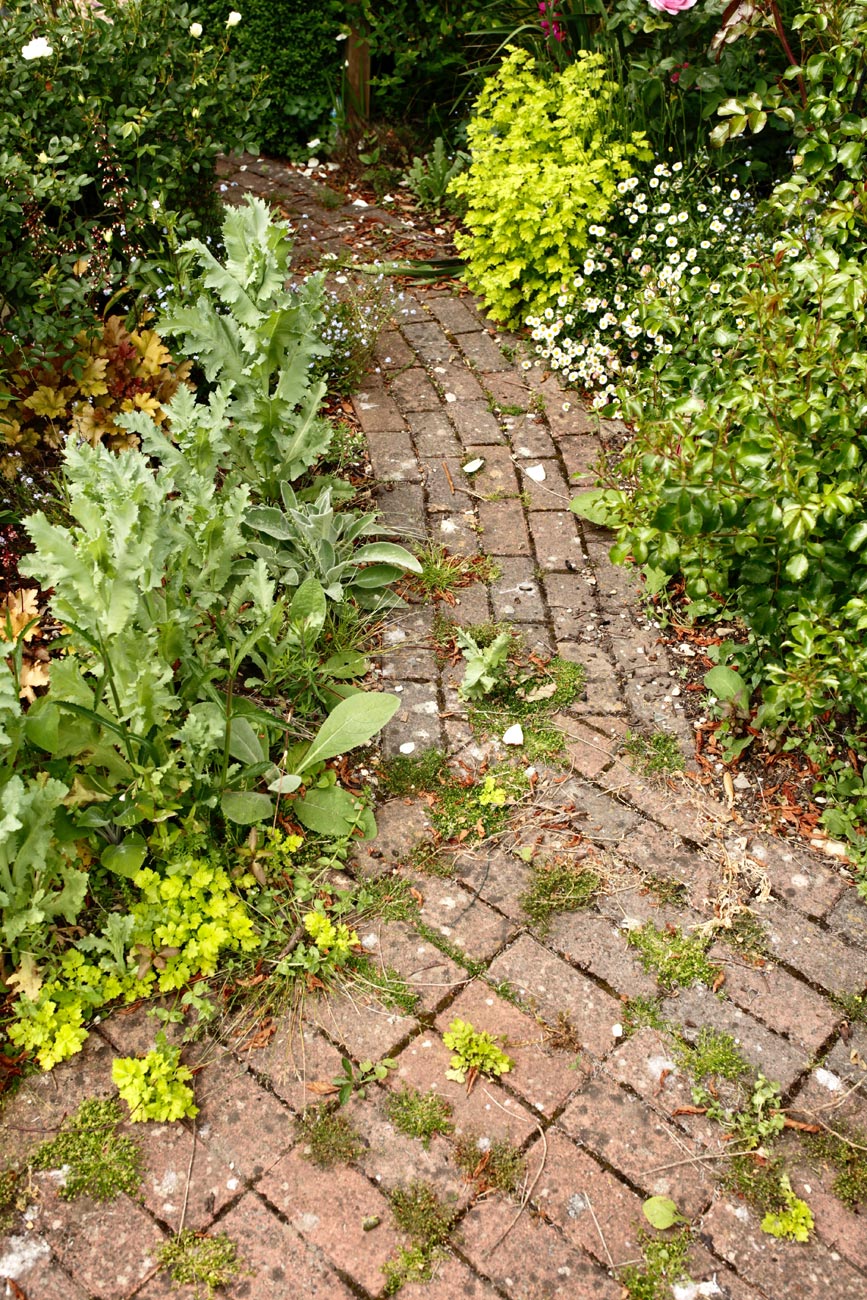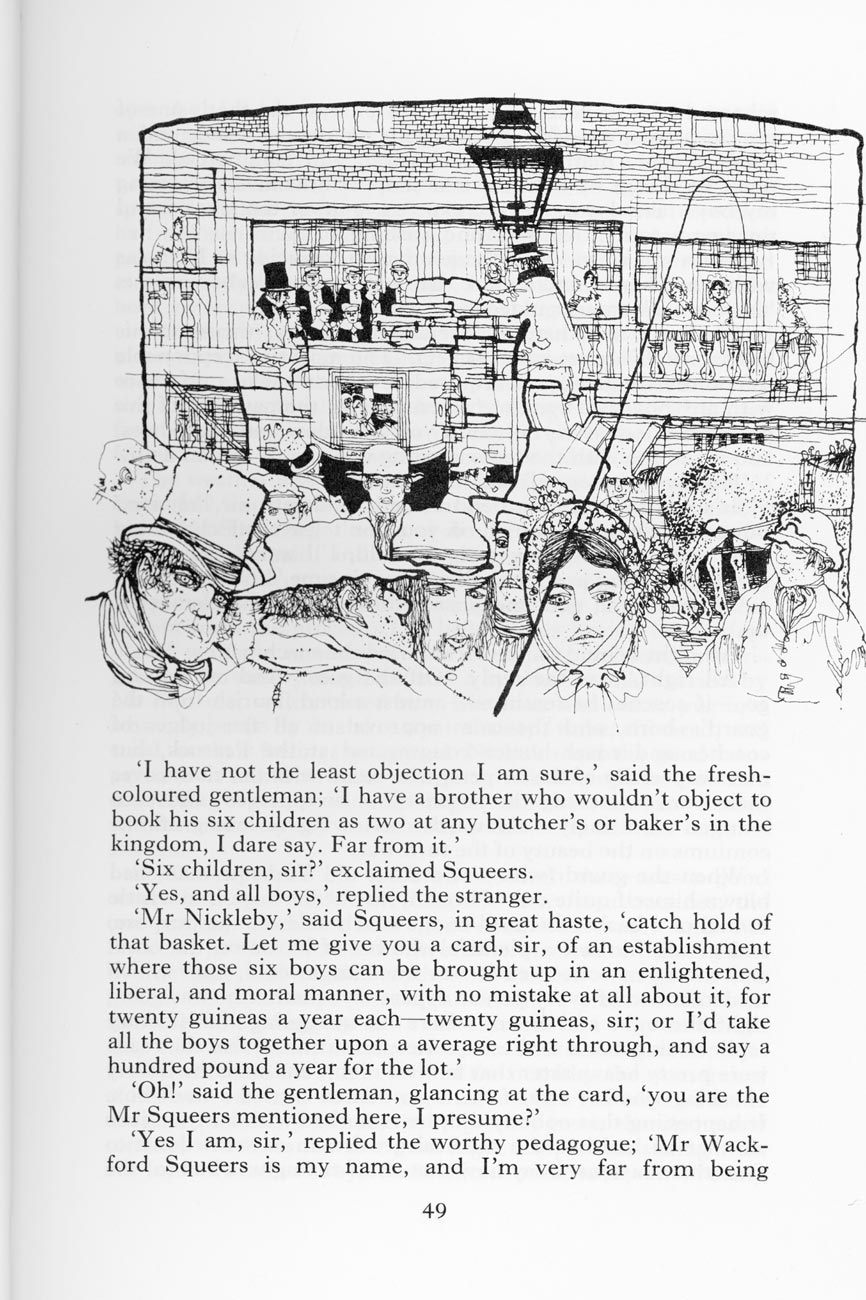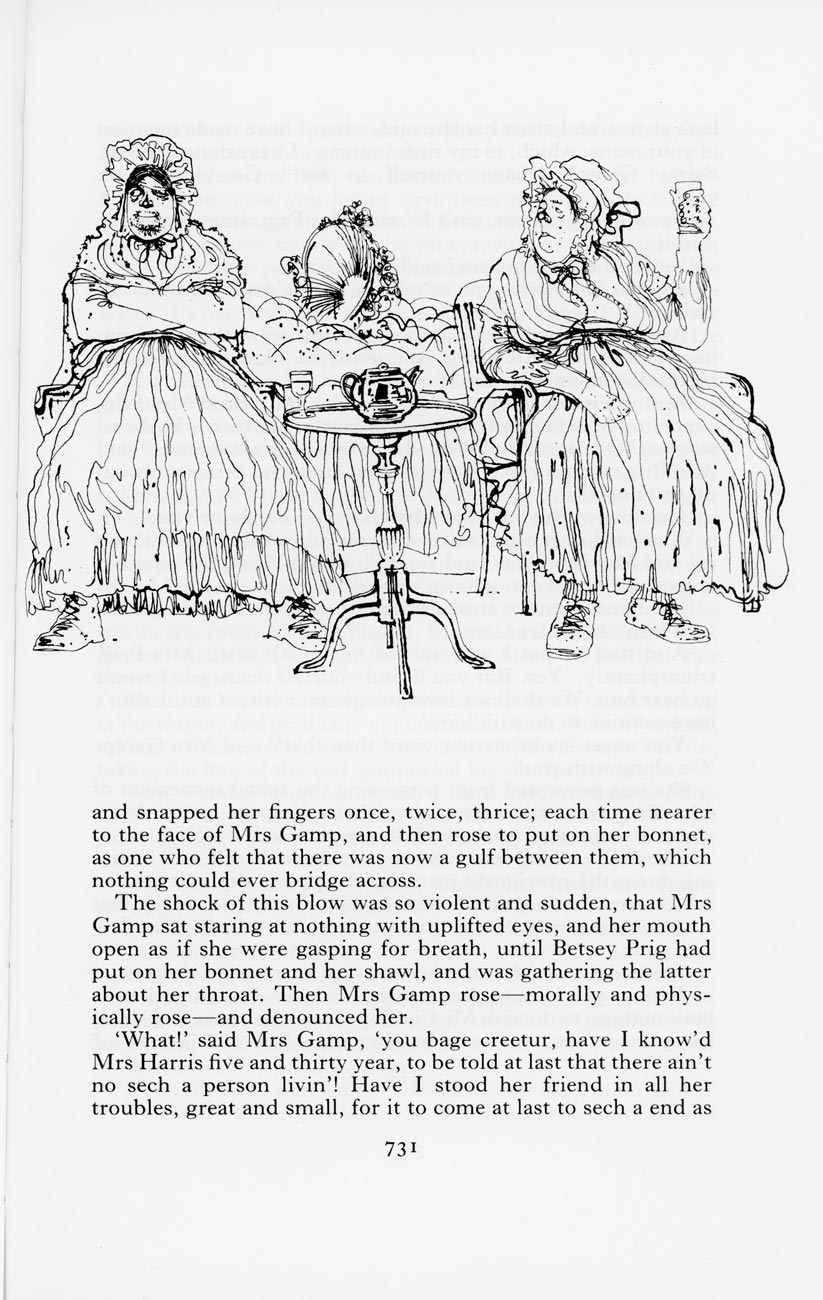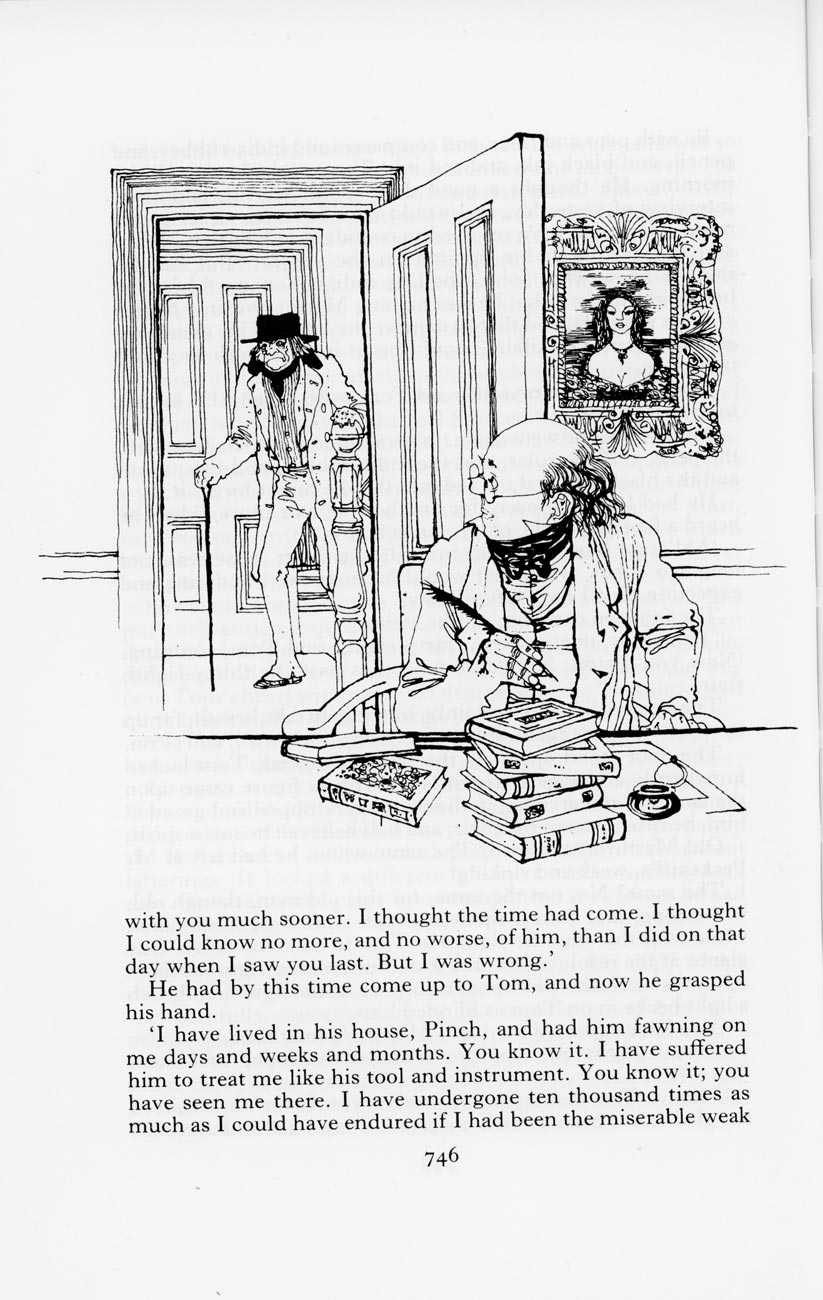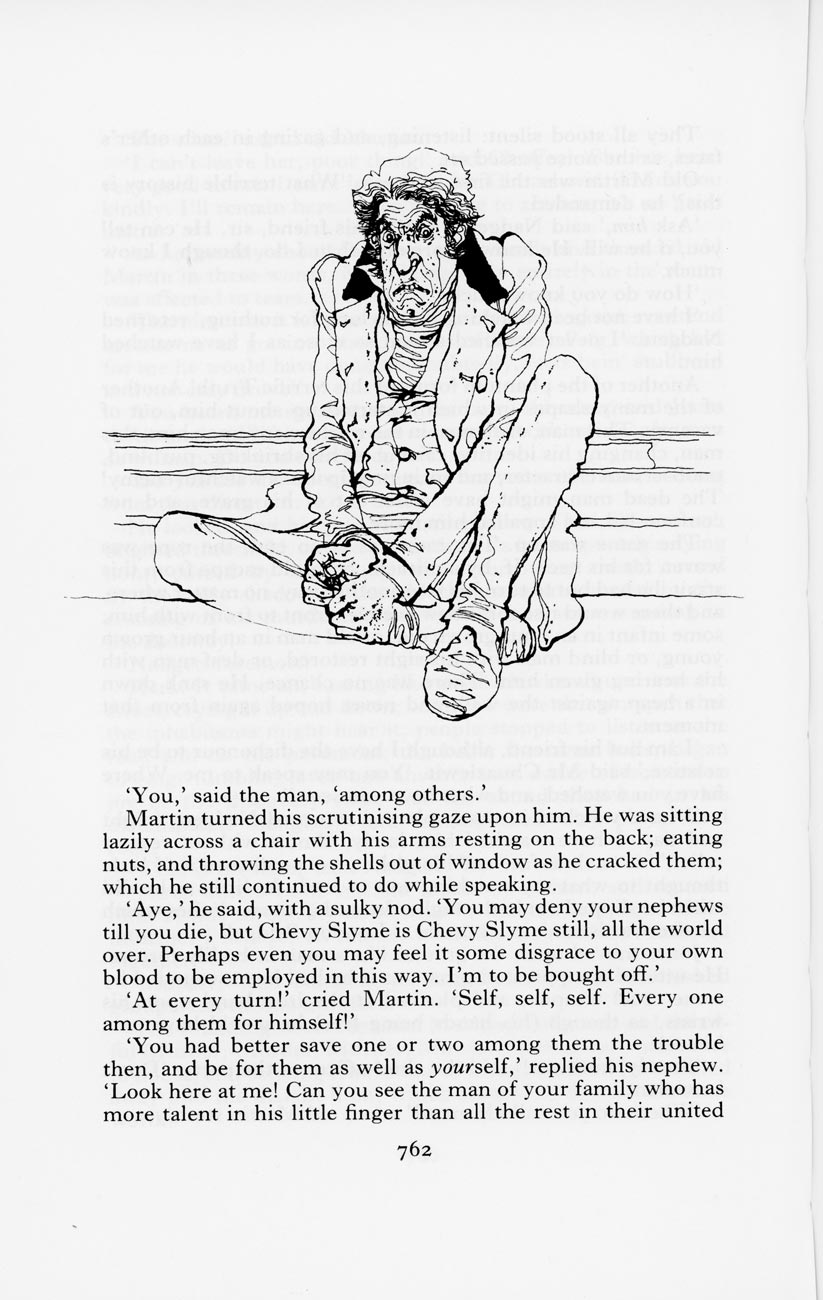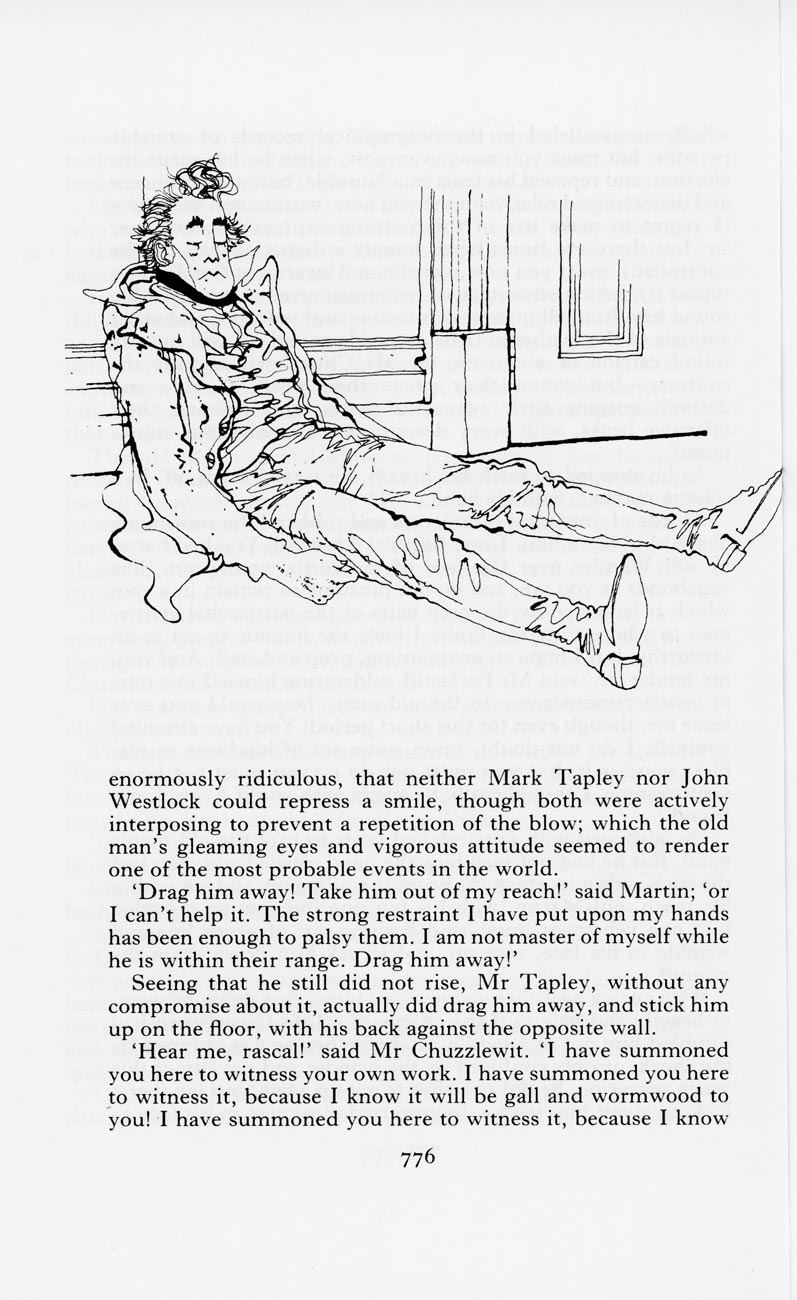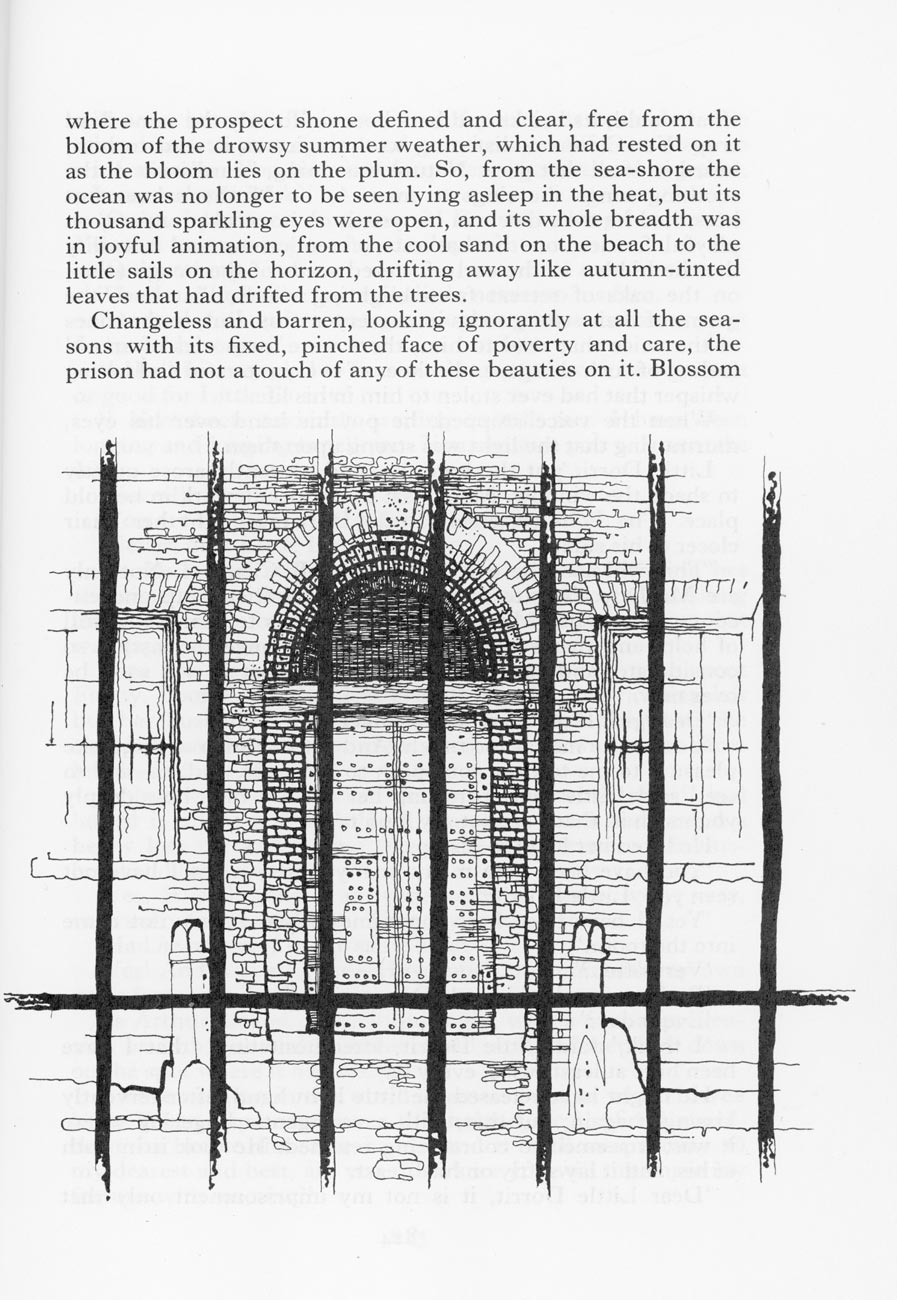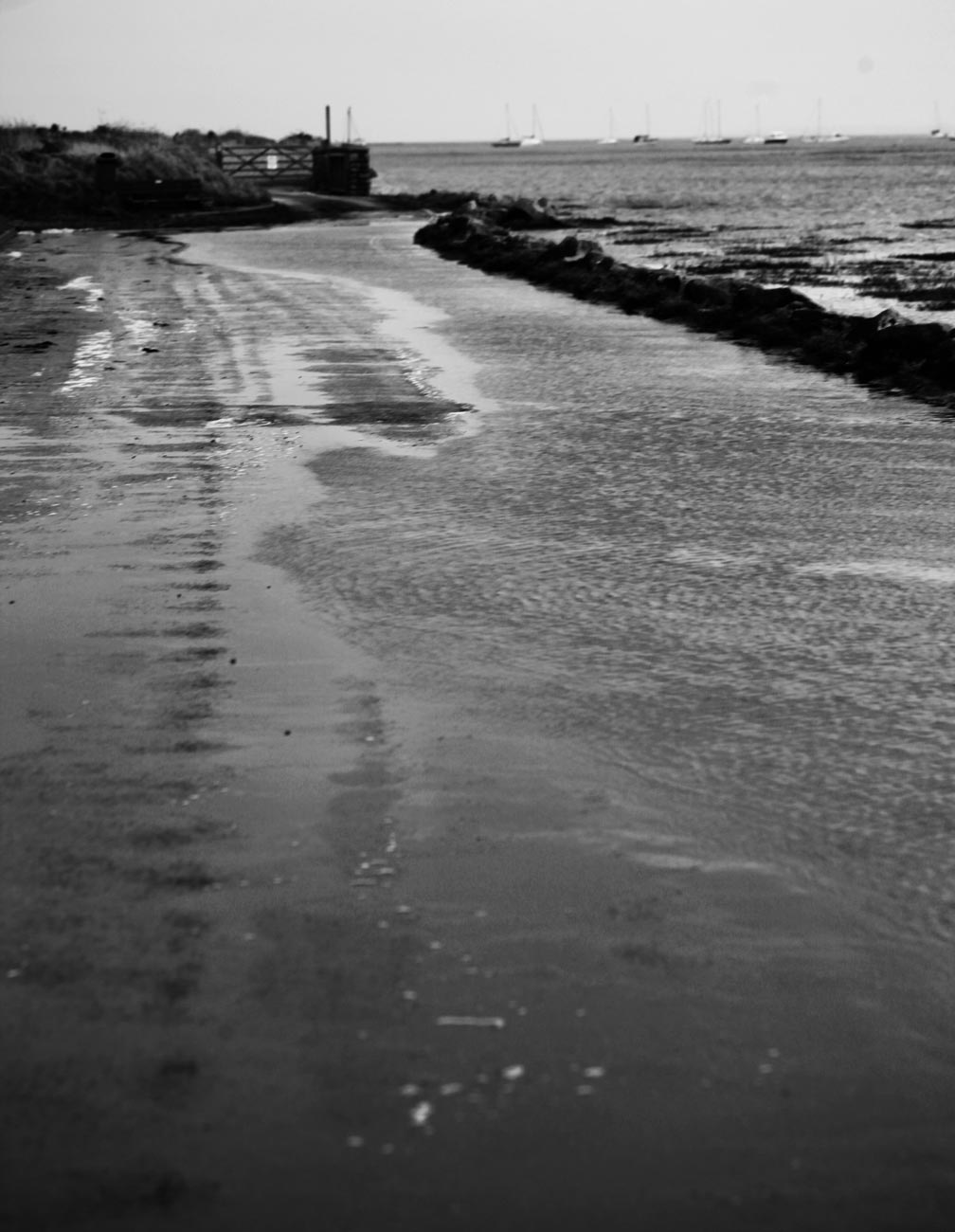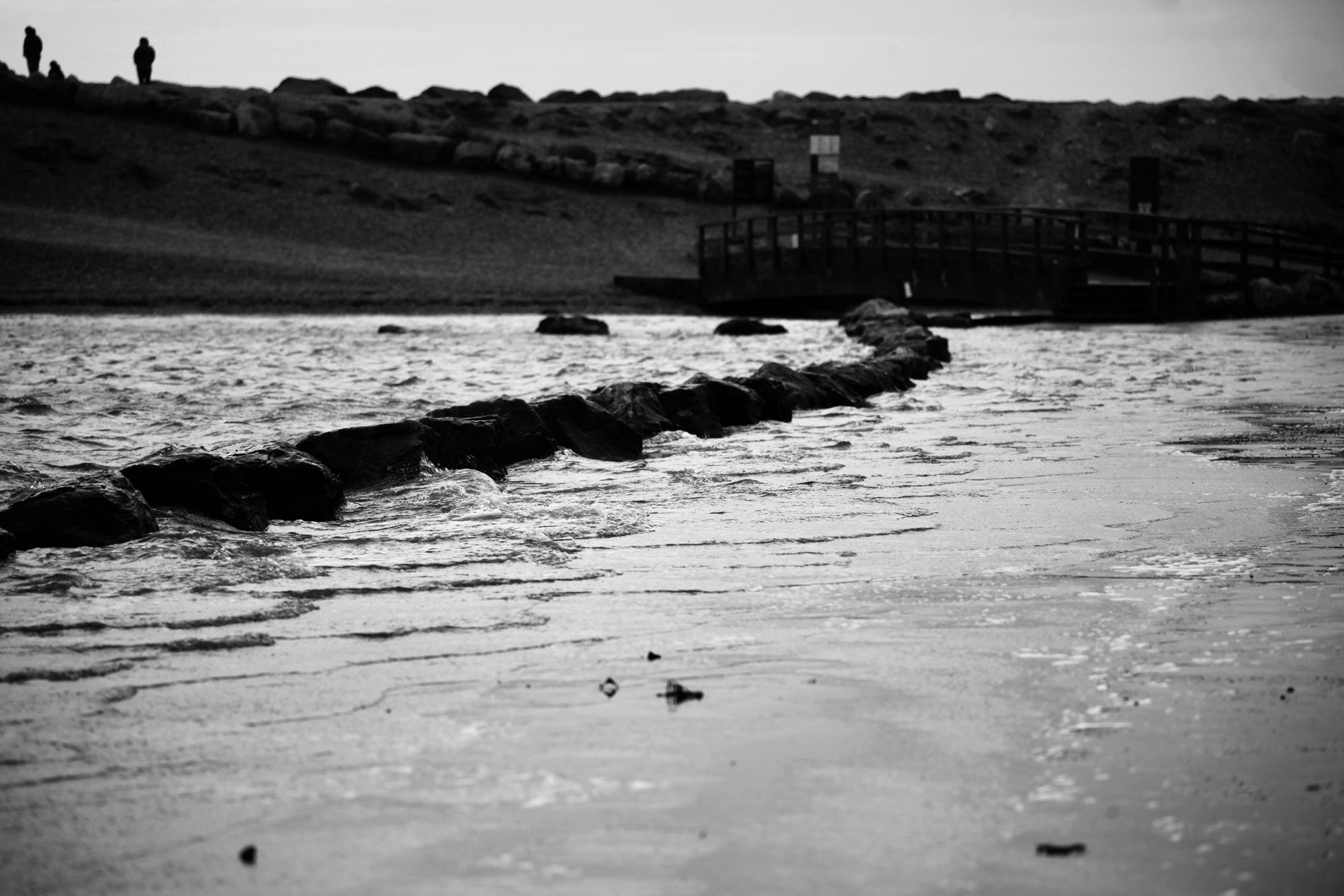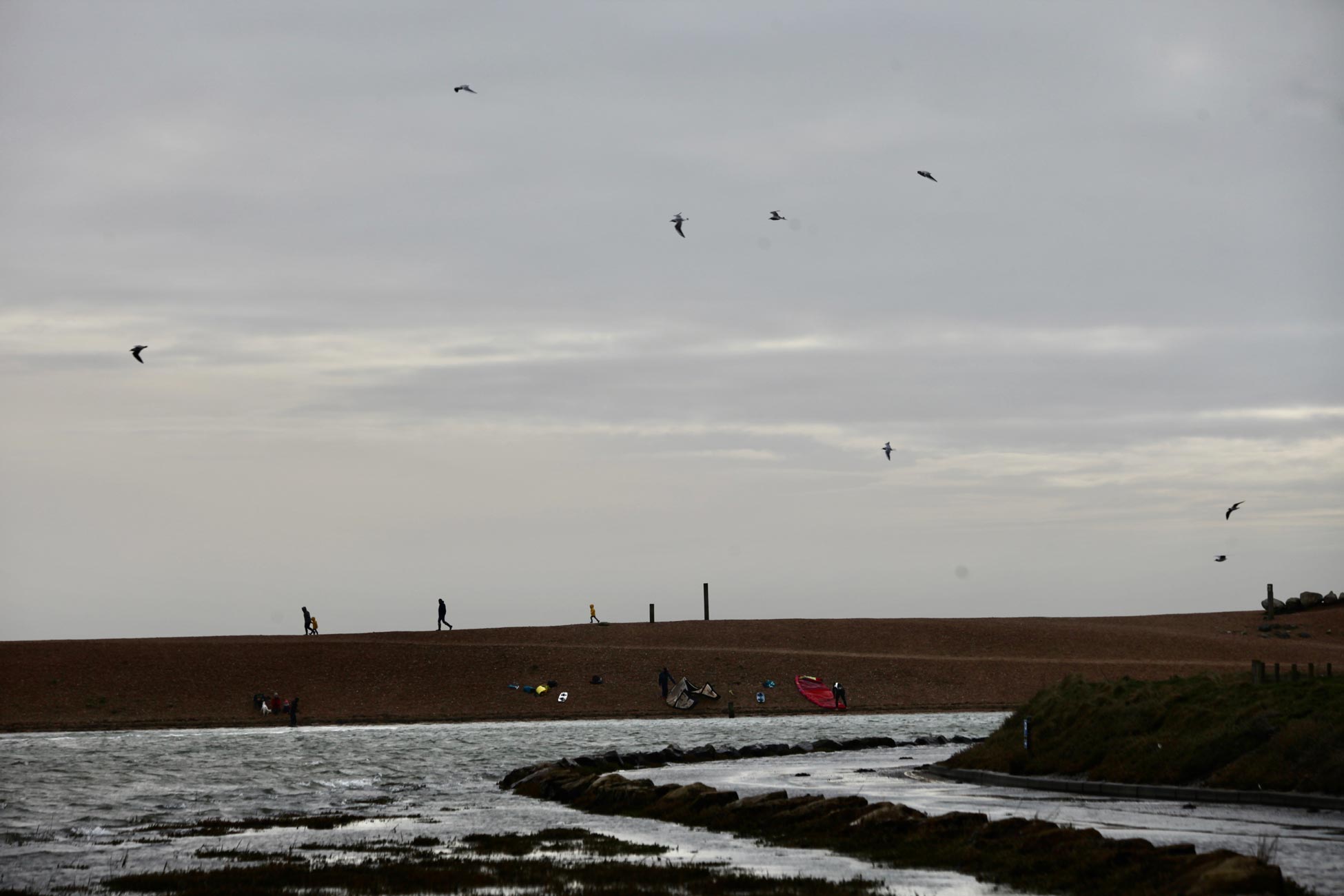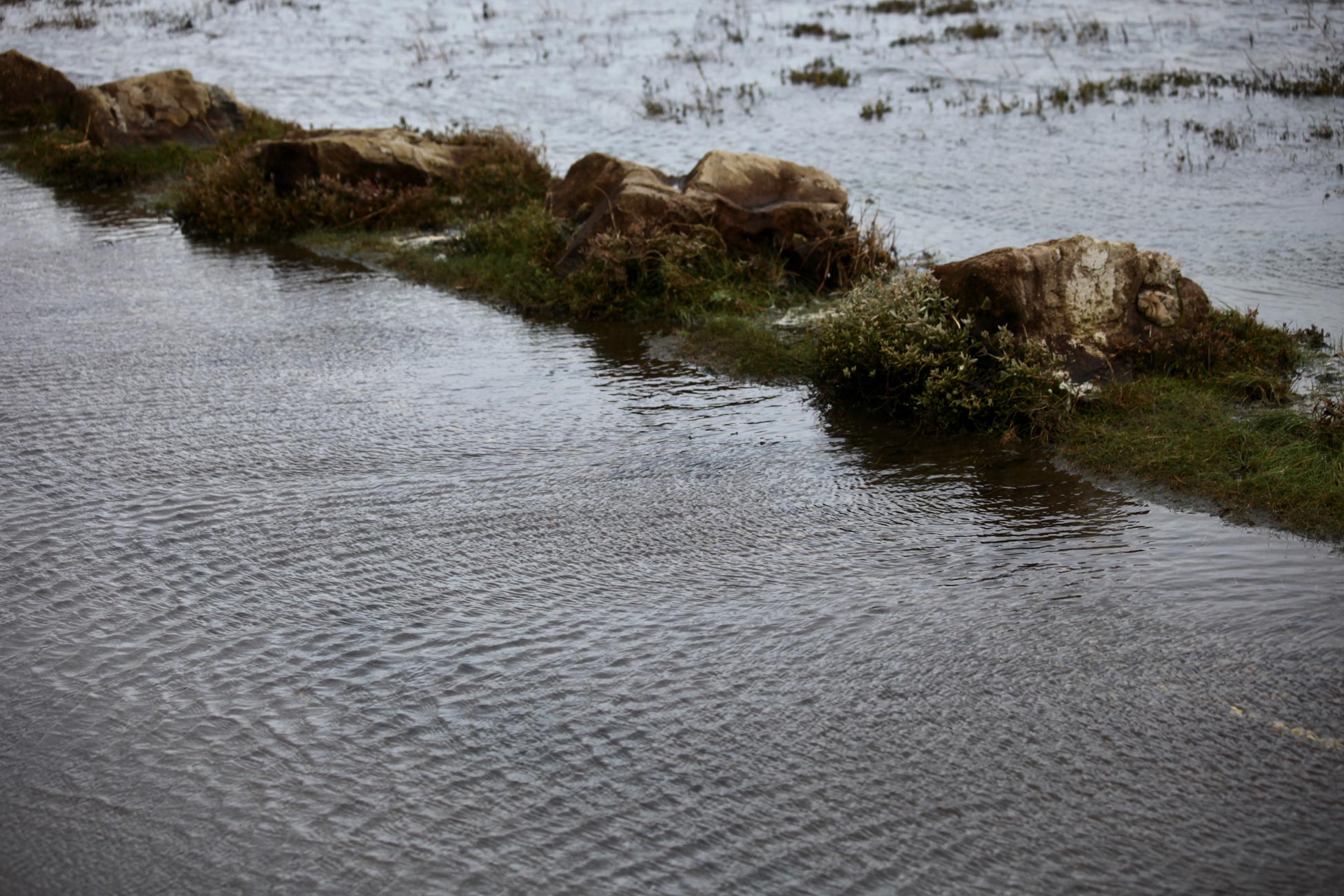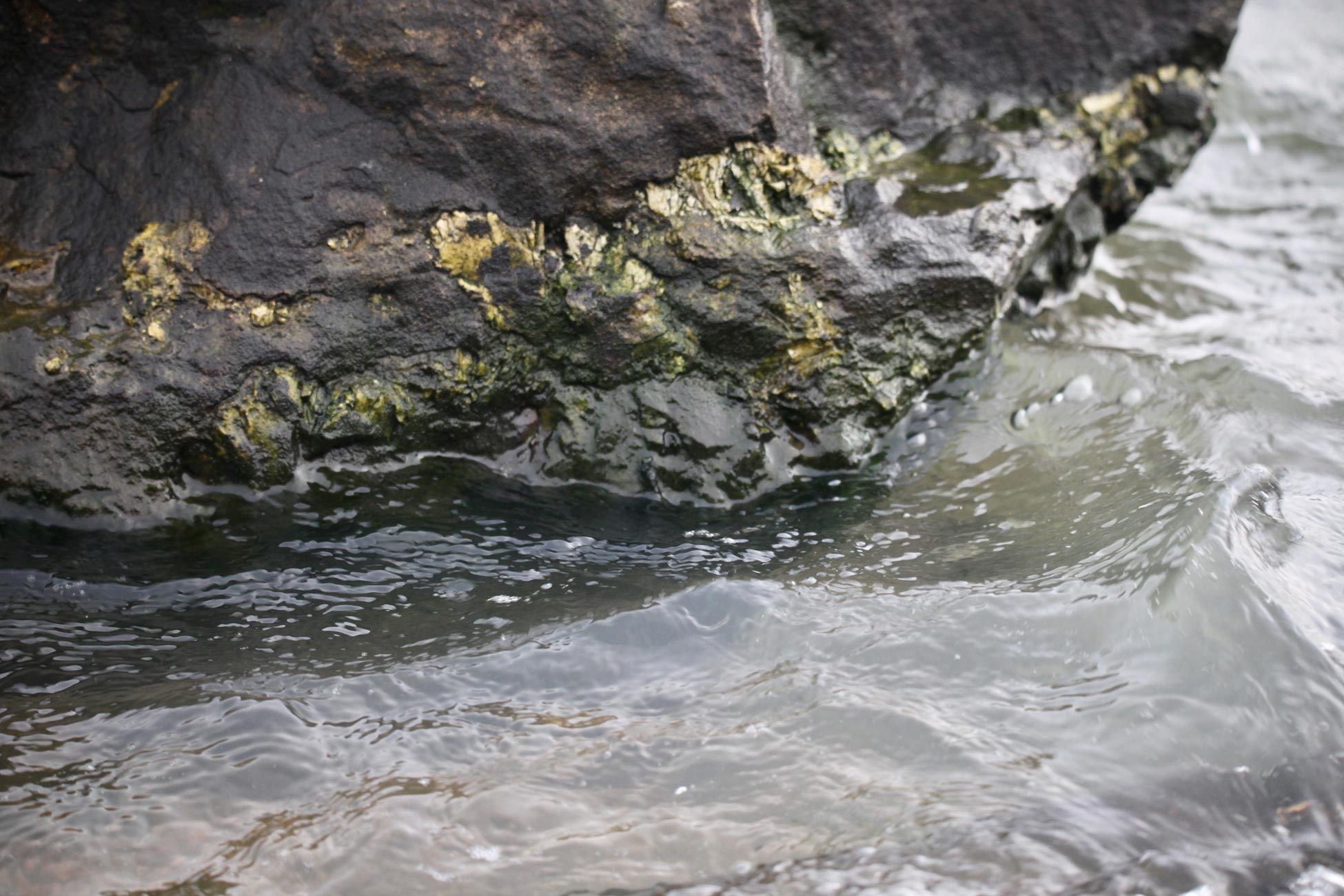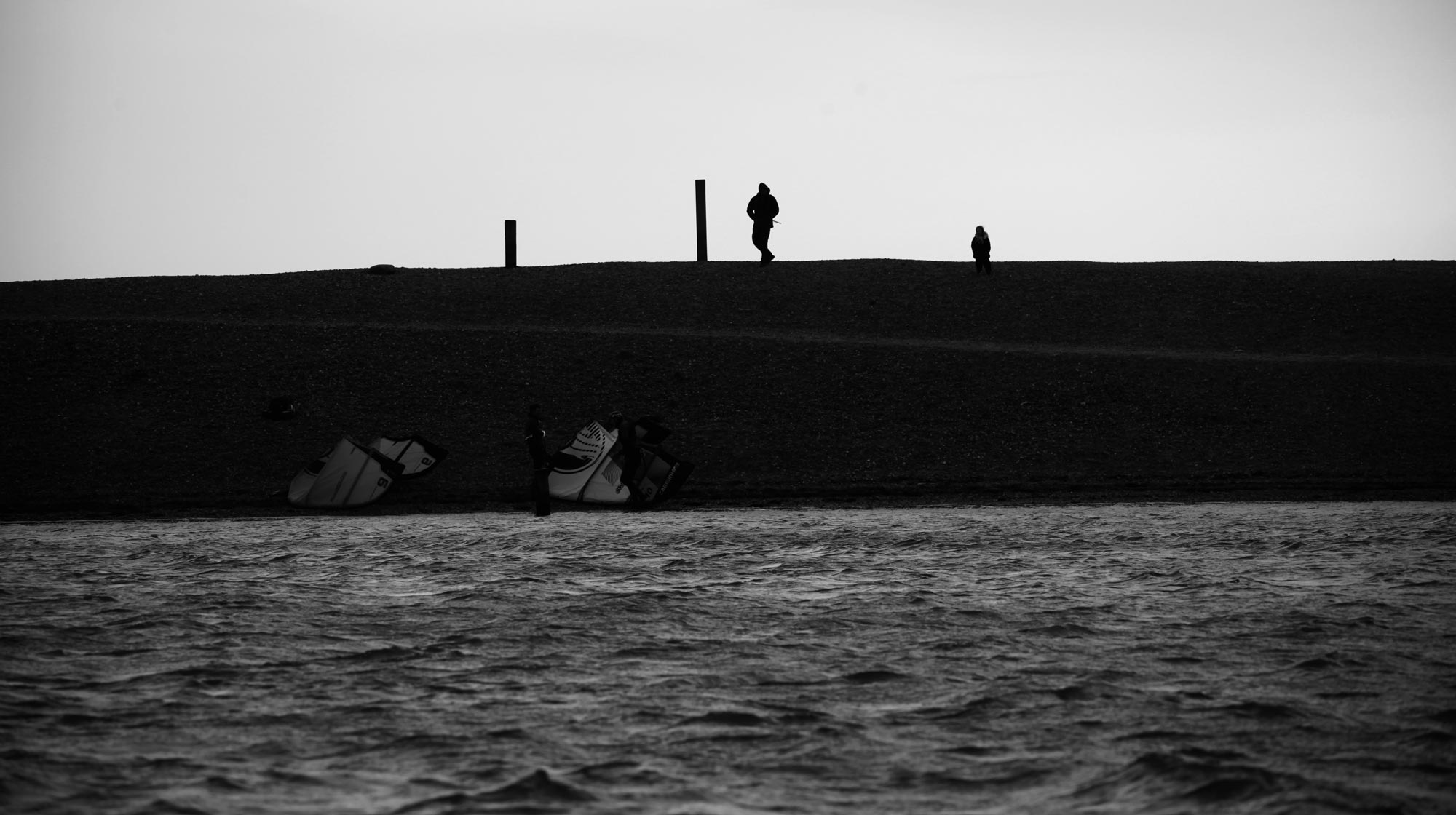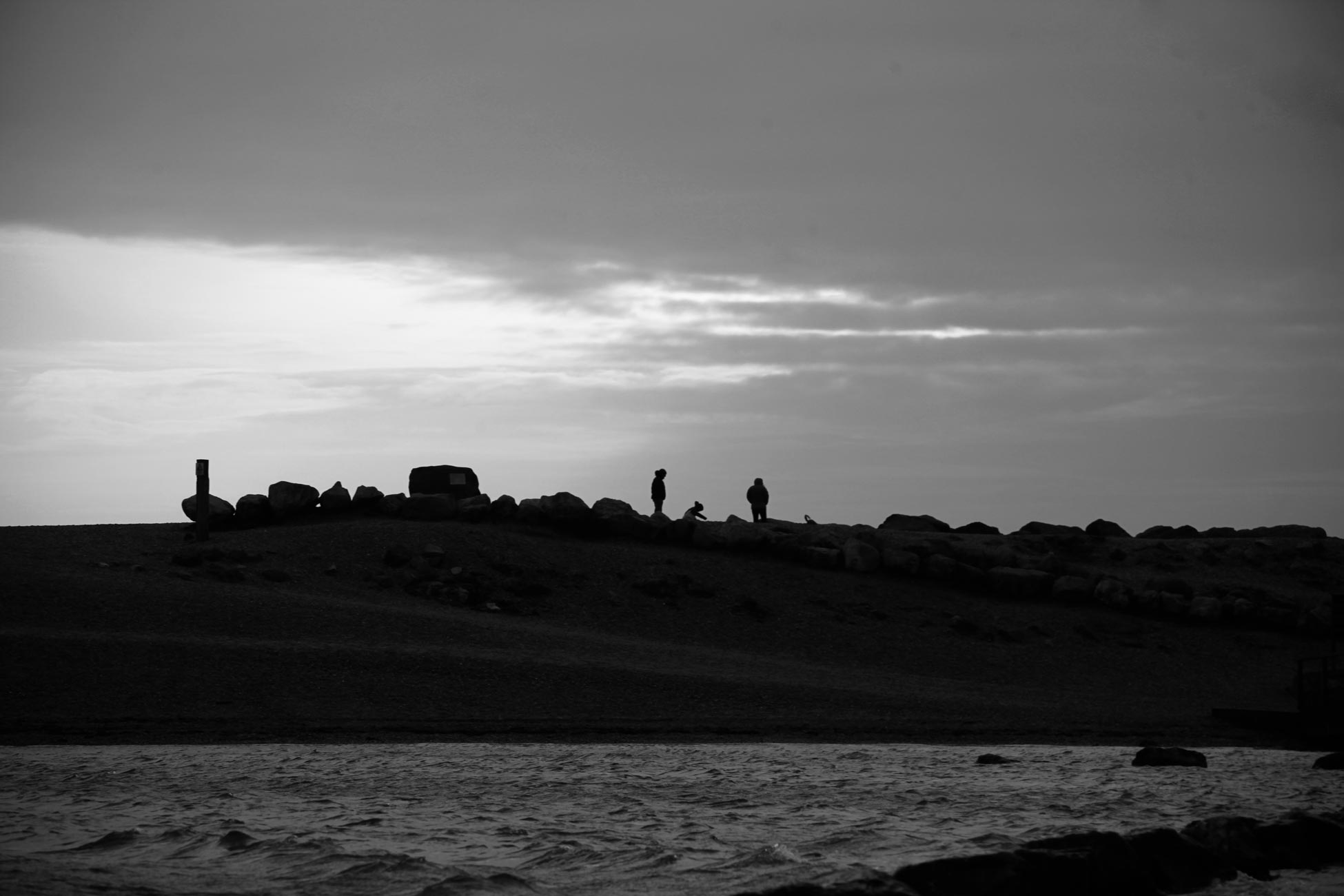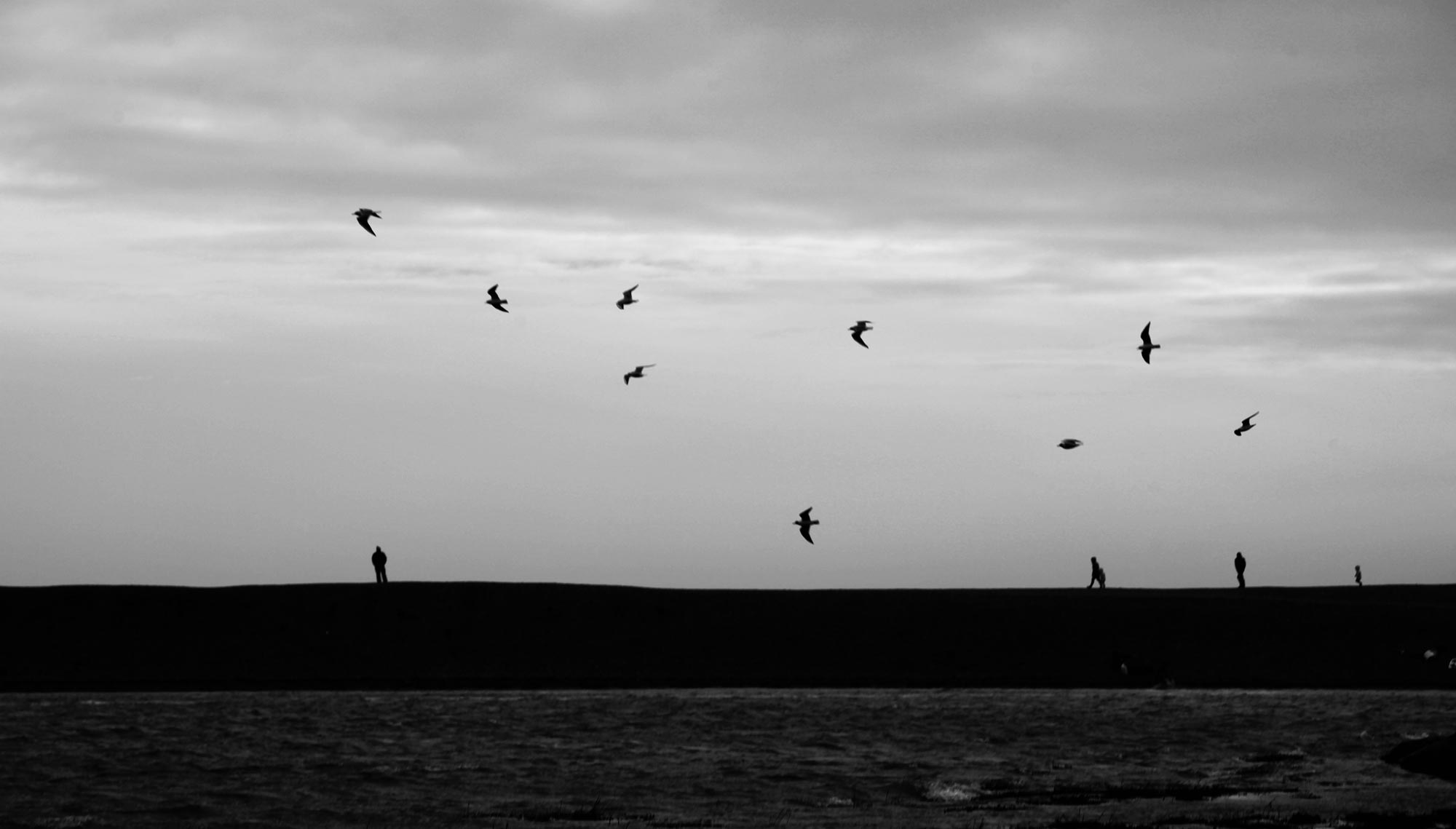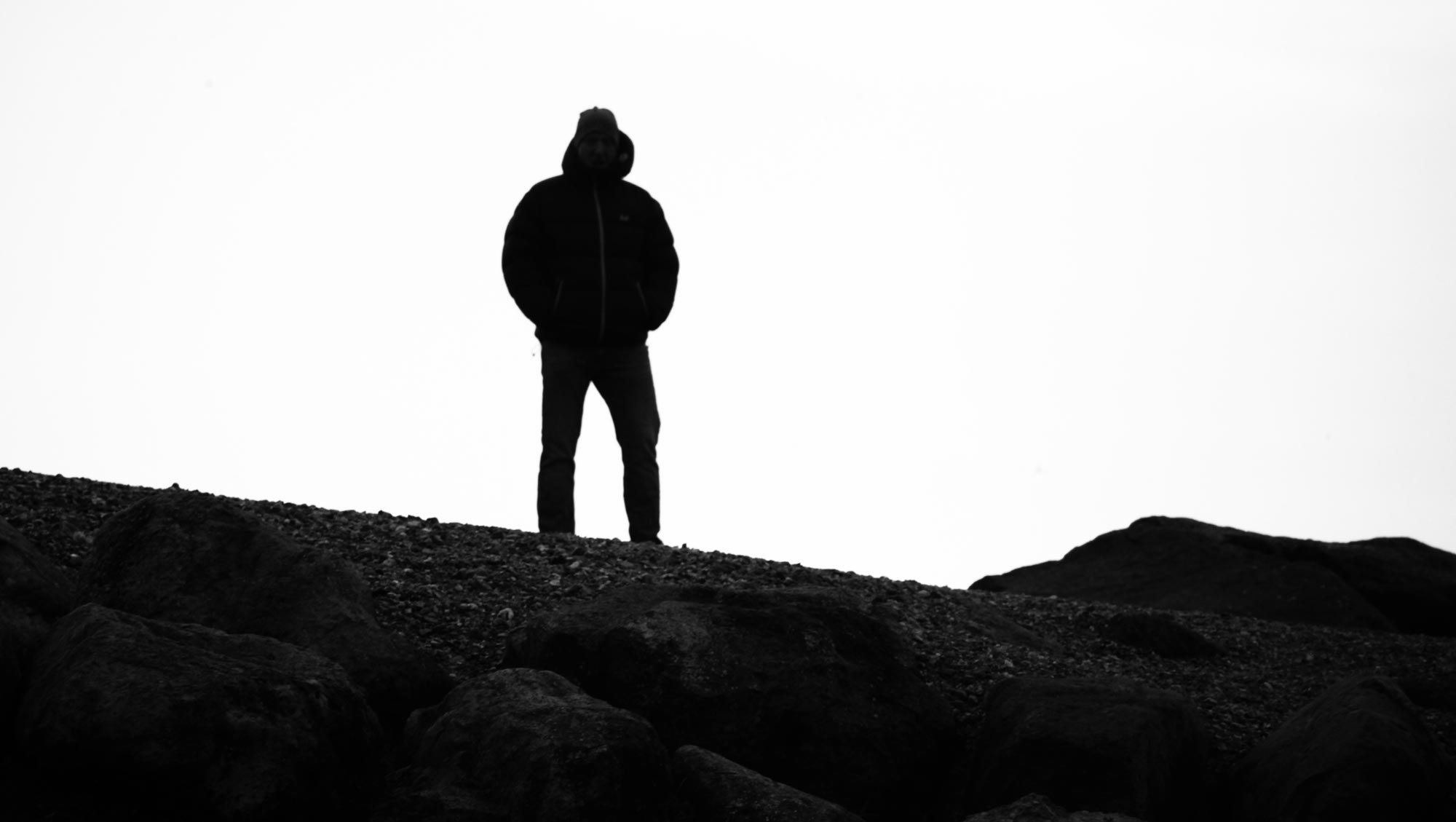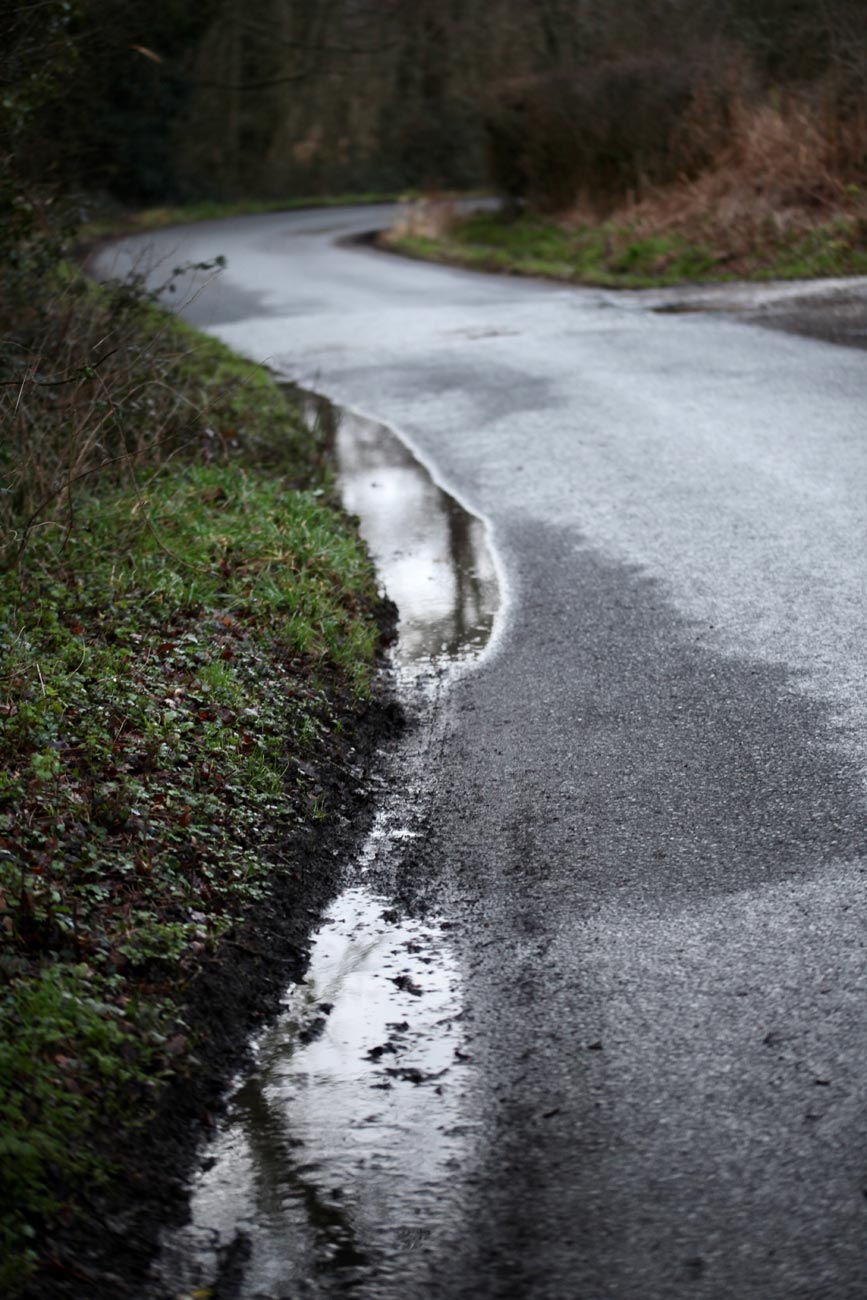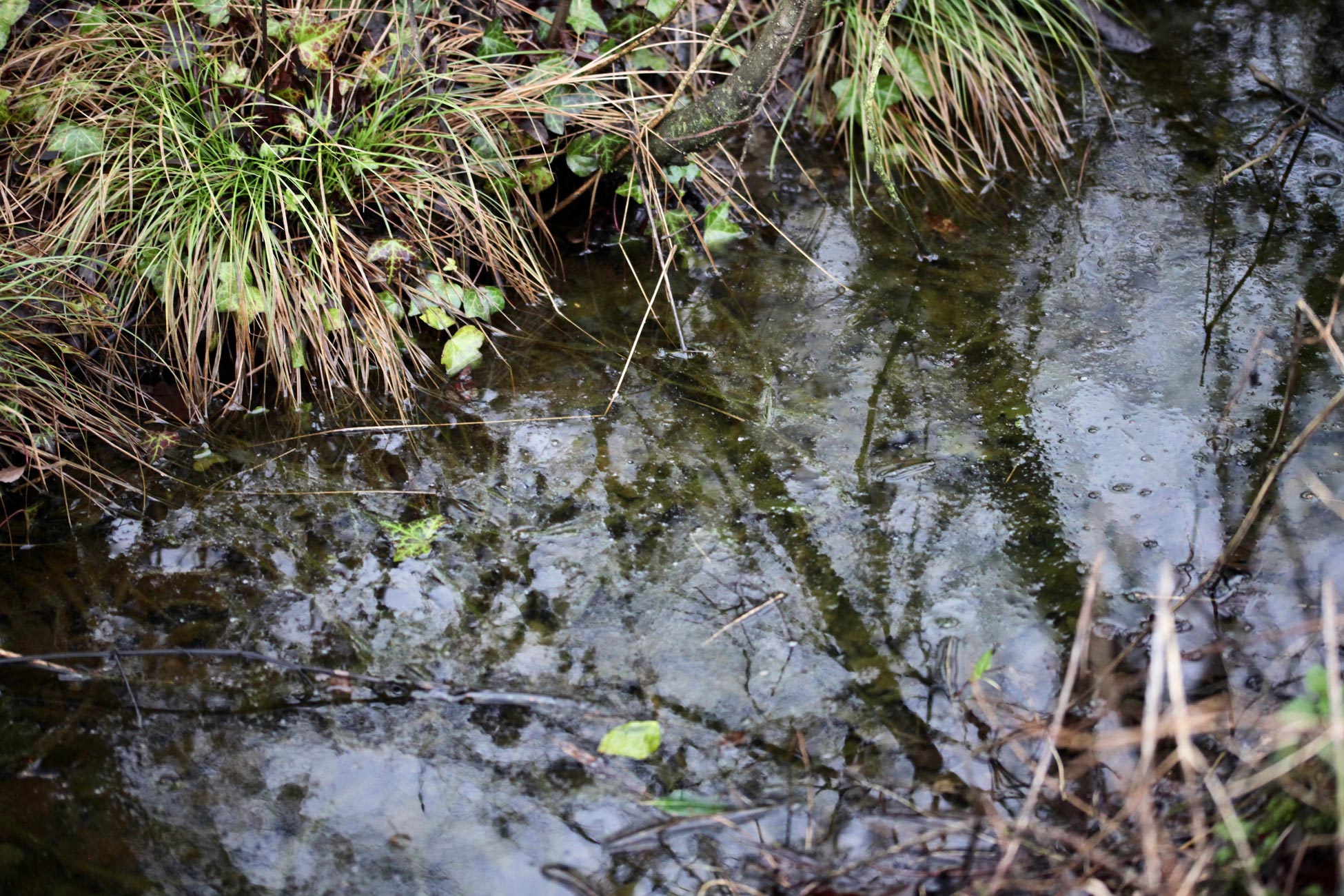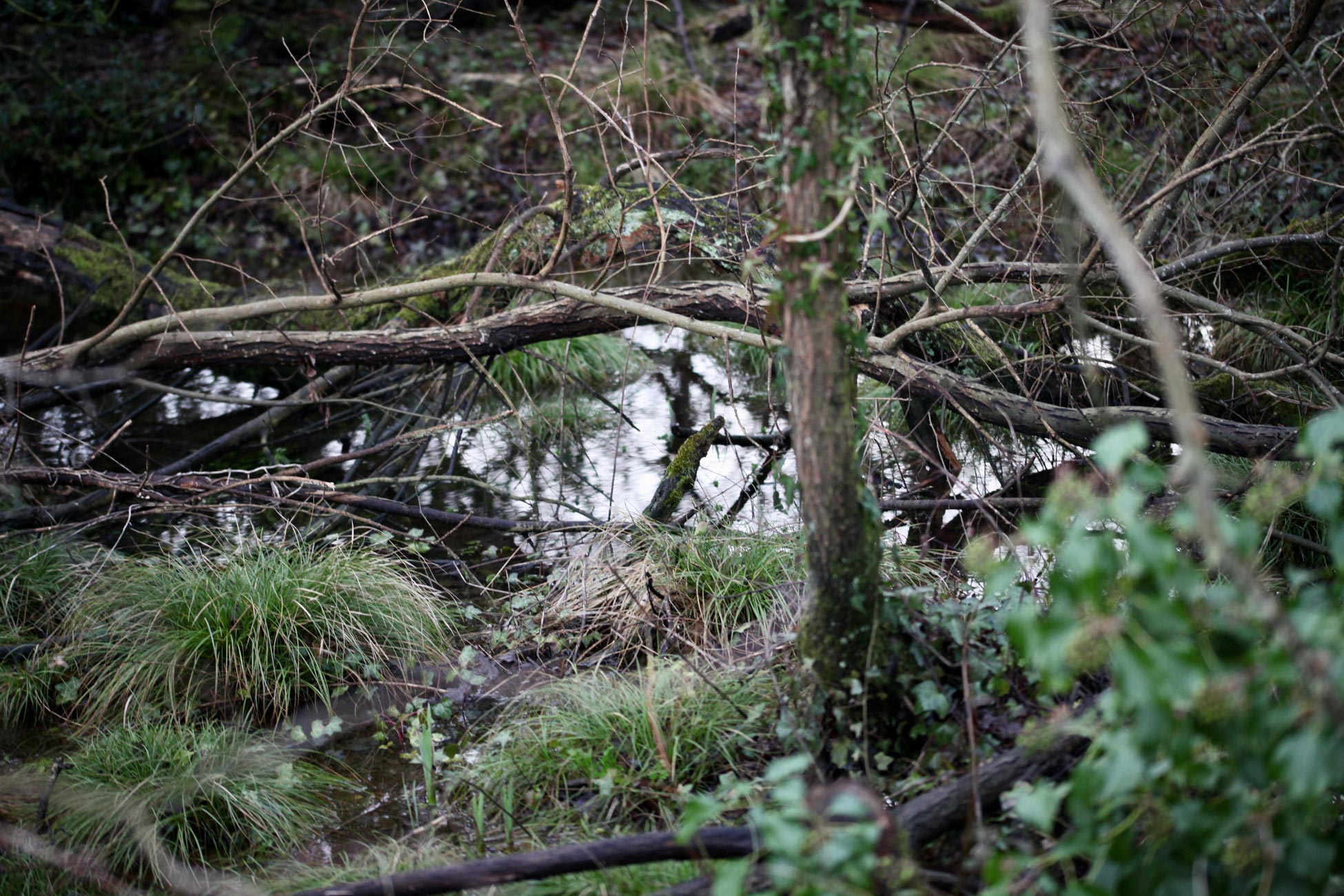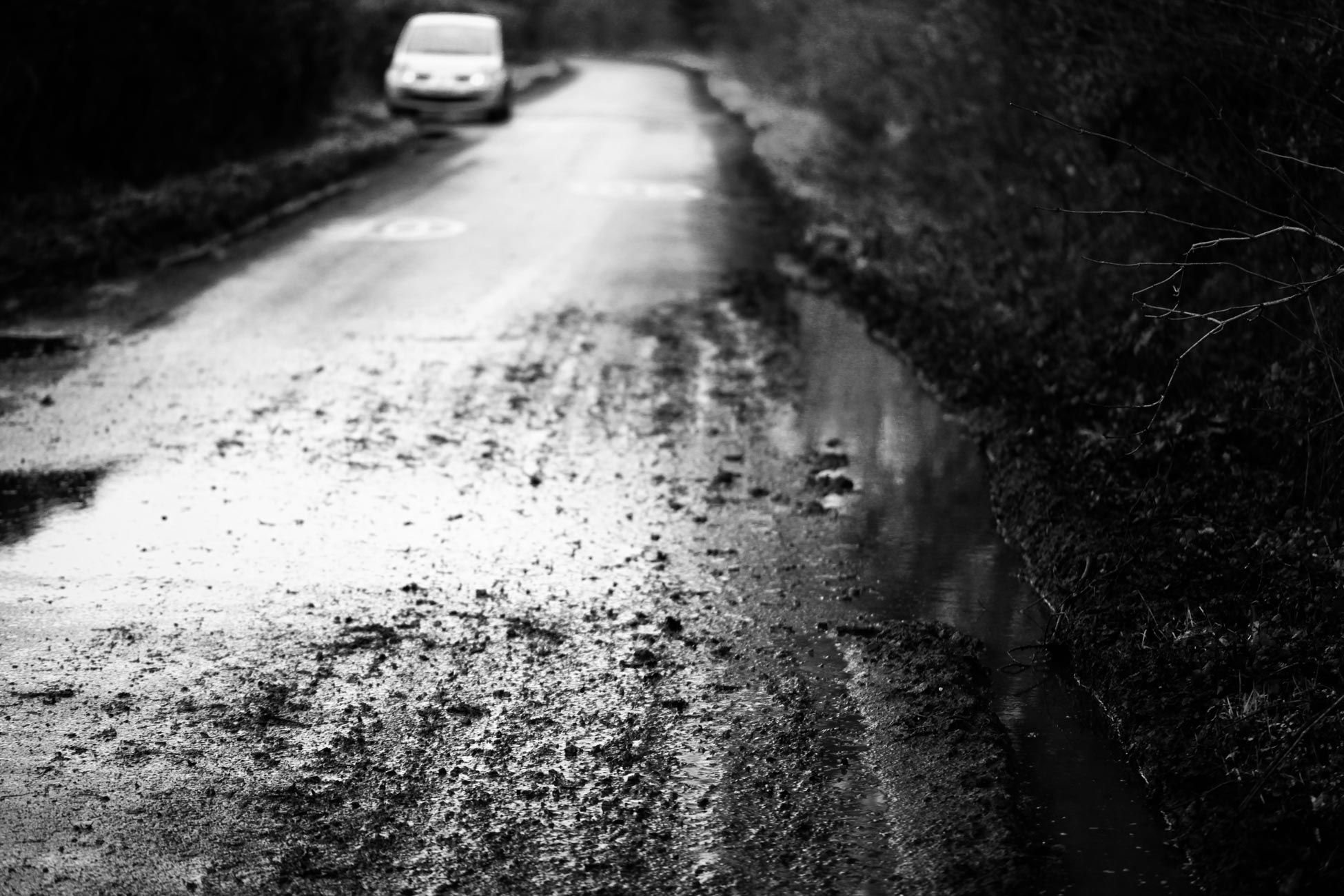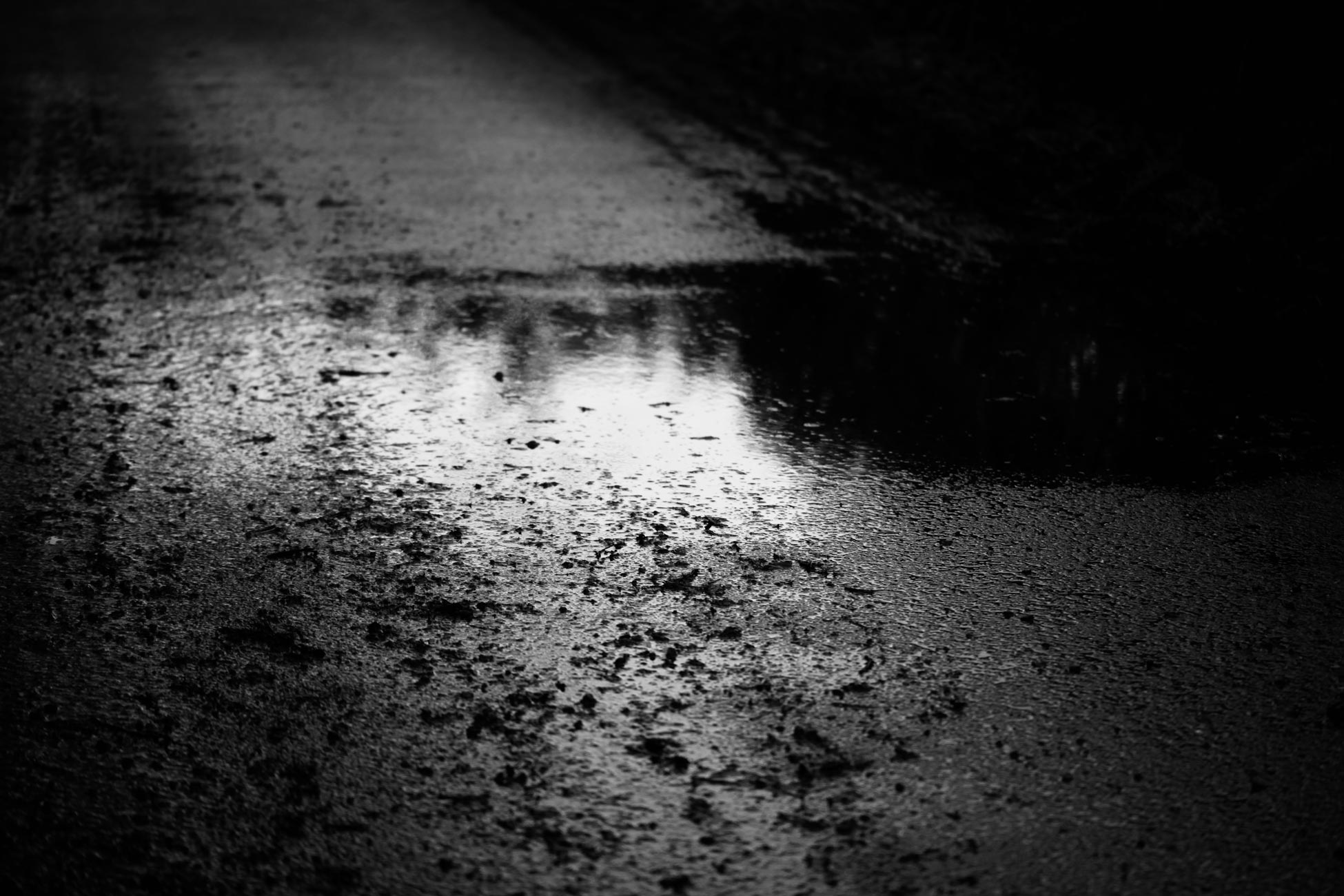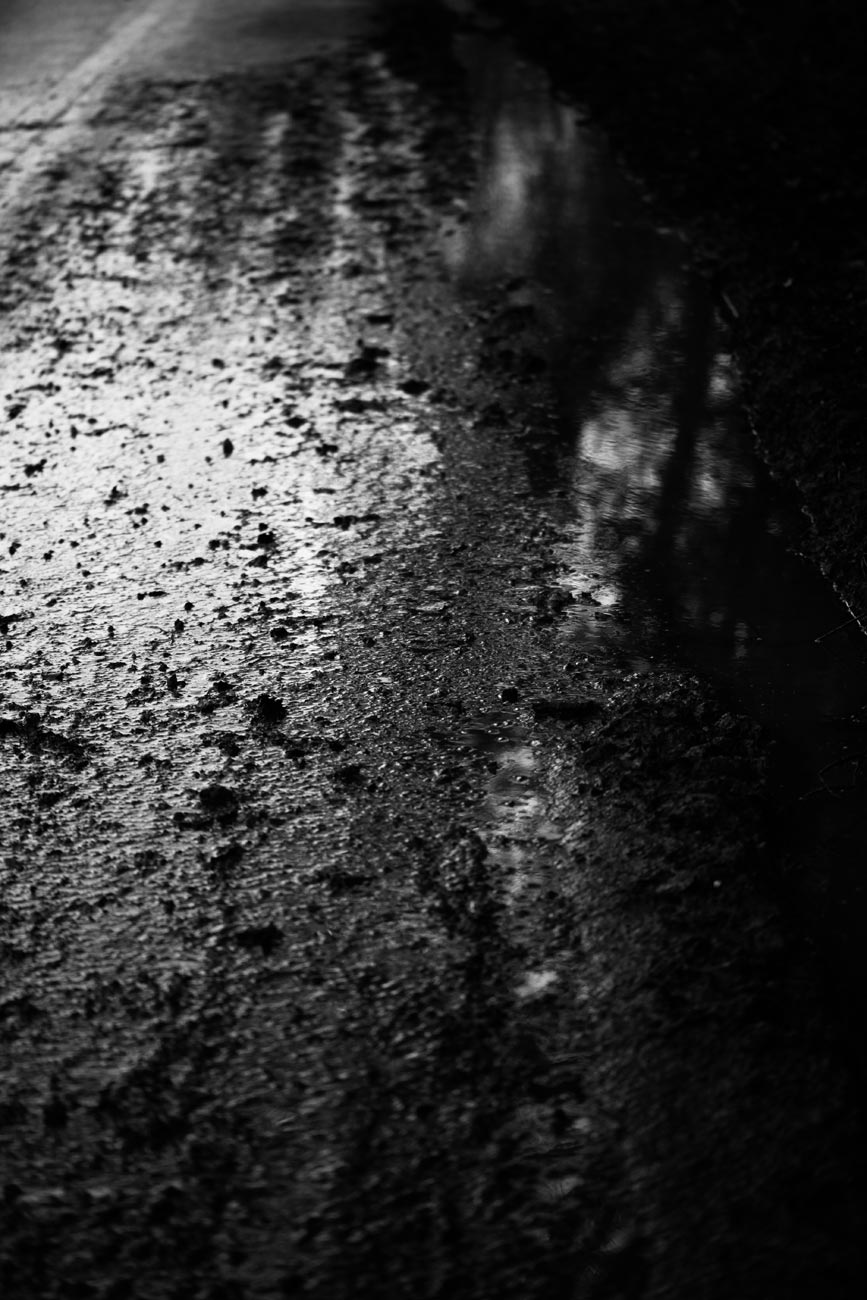Last night I finished reading my Folio Society edition of ‘Bleak House’ By Charles Dickens.
First published in instalments from March 1852 to August 1853, this is a superb novel from a writer at the peak of his powers. As is my wont I will not provide details of the story which other readers may wish to discover for themselves, save to say that, through the interminable case of Jarndyce v. Jarndyce, it is a scathing attack on the Court of Chancery, but so much more besides. The scope and complexity of the author’s work reflects that of the legal system itself.
A host of brilliantly depicted characters thread their ways through the narrative in a more thoroughly composed manner than in any of his previous works. There is an abundance of Dickens’s wit and humour and both bucolic and sordid urban descriptions.
There is romance and mystery awaiting resolution at the end of the book, when, as usual, the concluding situations of the panoply of protagonists and supporting characters are strung together like neatly tied bundles of Chancery papers.
There are also desperately tragic lives hopelessly ruined by conditions of the day.
Christopher Hibbert’s introduction is as knowledgeable and informative as usual.
Before lunch I scanned the last four illustrations by the truly inimitable Charles Keeping.
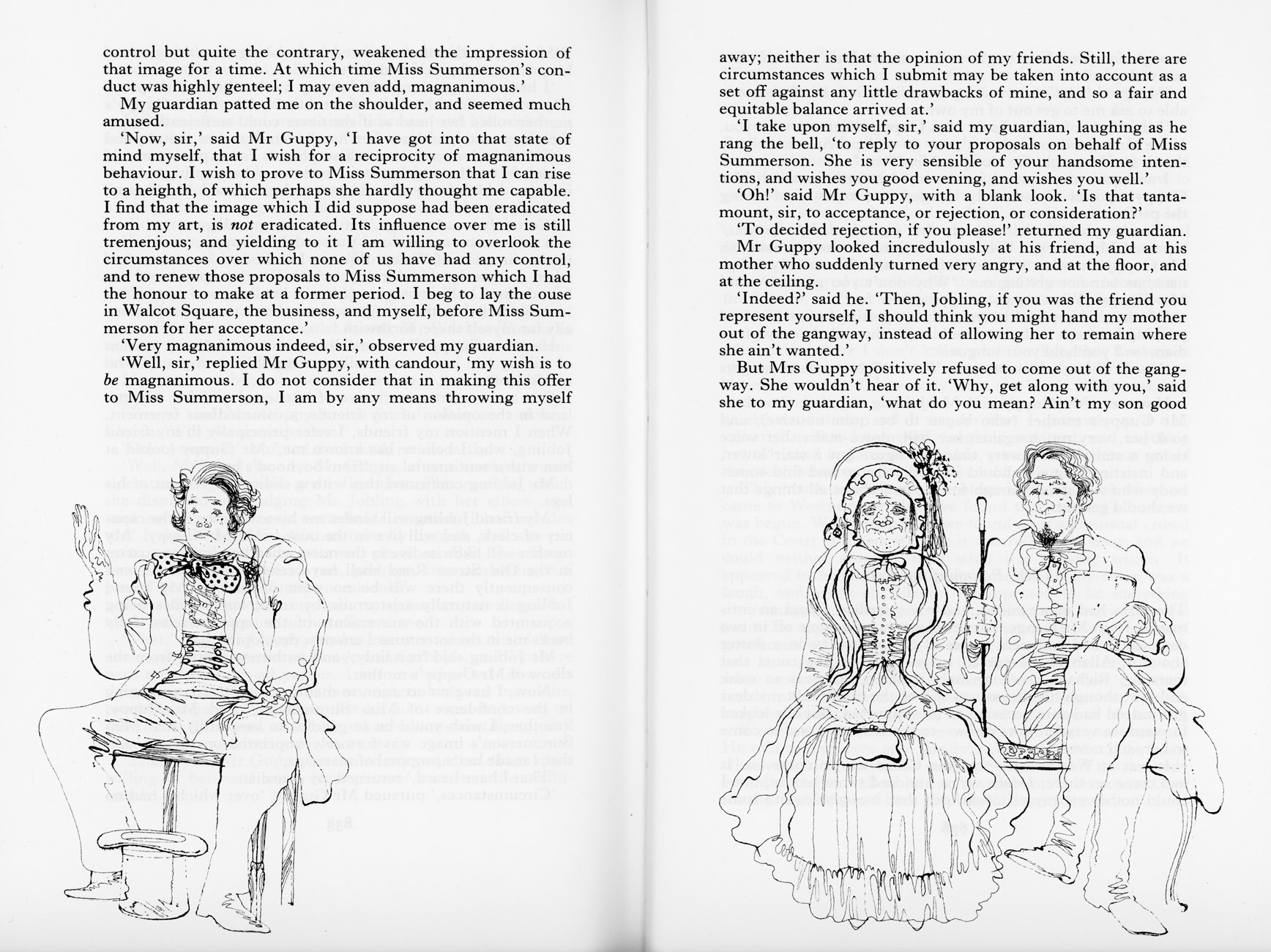
In ‘ ‘I beg to lay the ouse, the business, and myself before Miss Summerson’ ‘ Keeping has suggested the gulf between the speaker and his audience both by the use of the space in the double spread, and by the expressions on the faces.
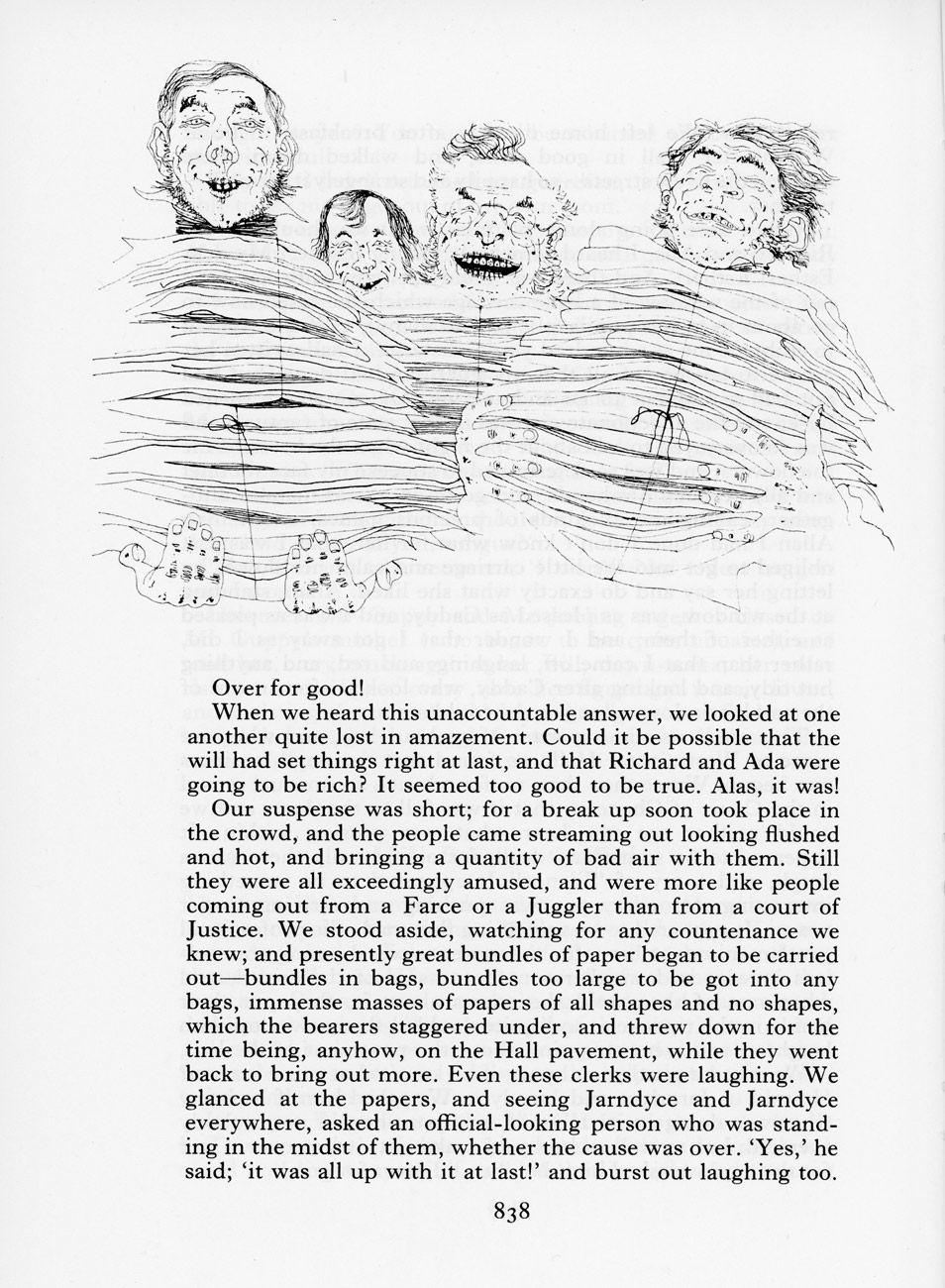
‘Even the clerks were laughing’ has its own story to tell.
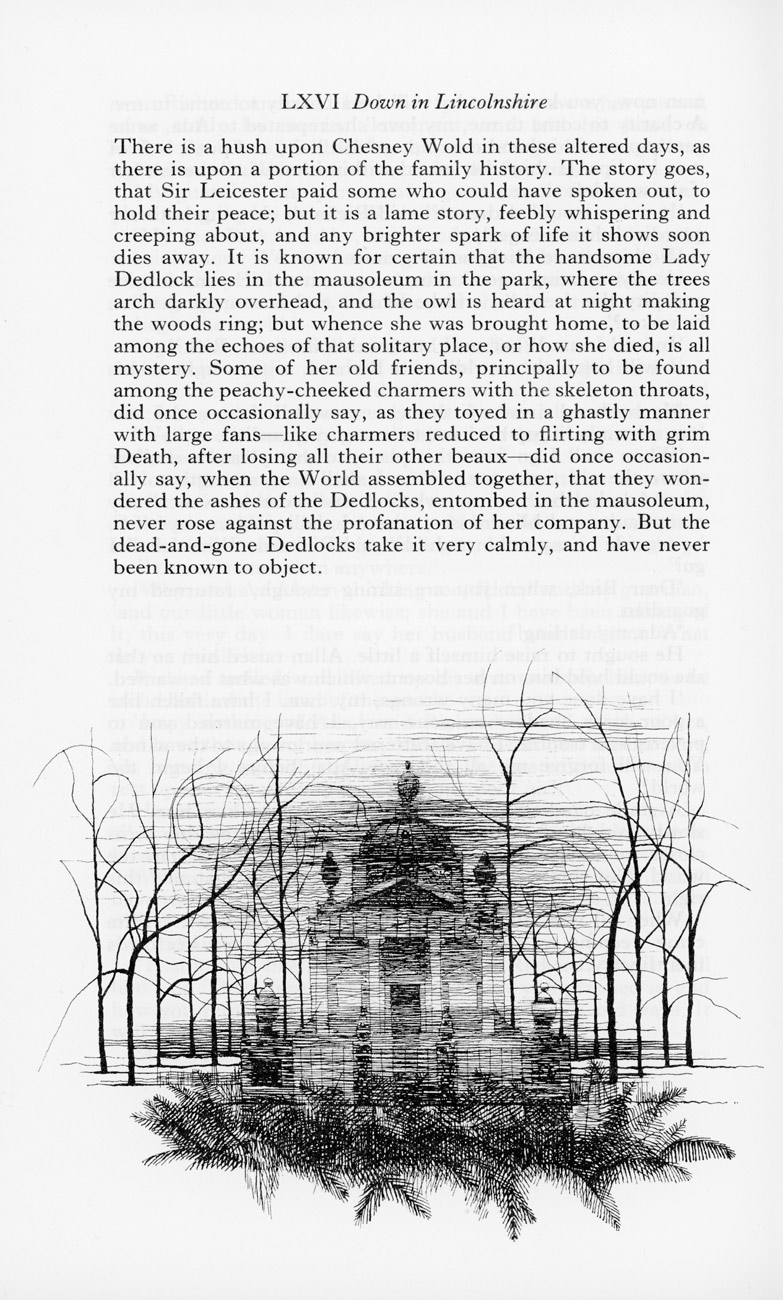
‘The mausoleum in the park’ is suitably forbidding;
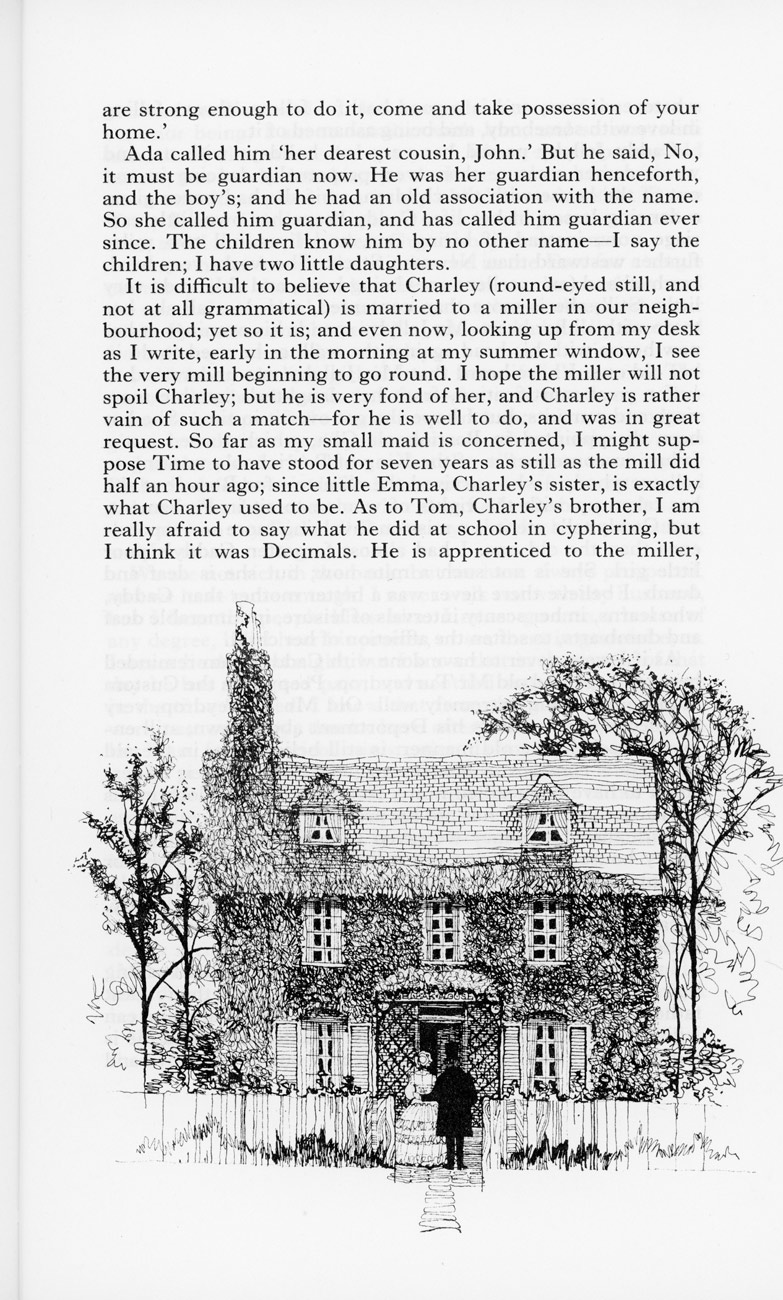
and ‘Bleak House’ Mark 2 quite the opposite.
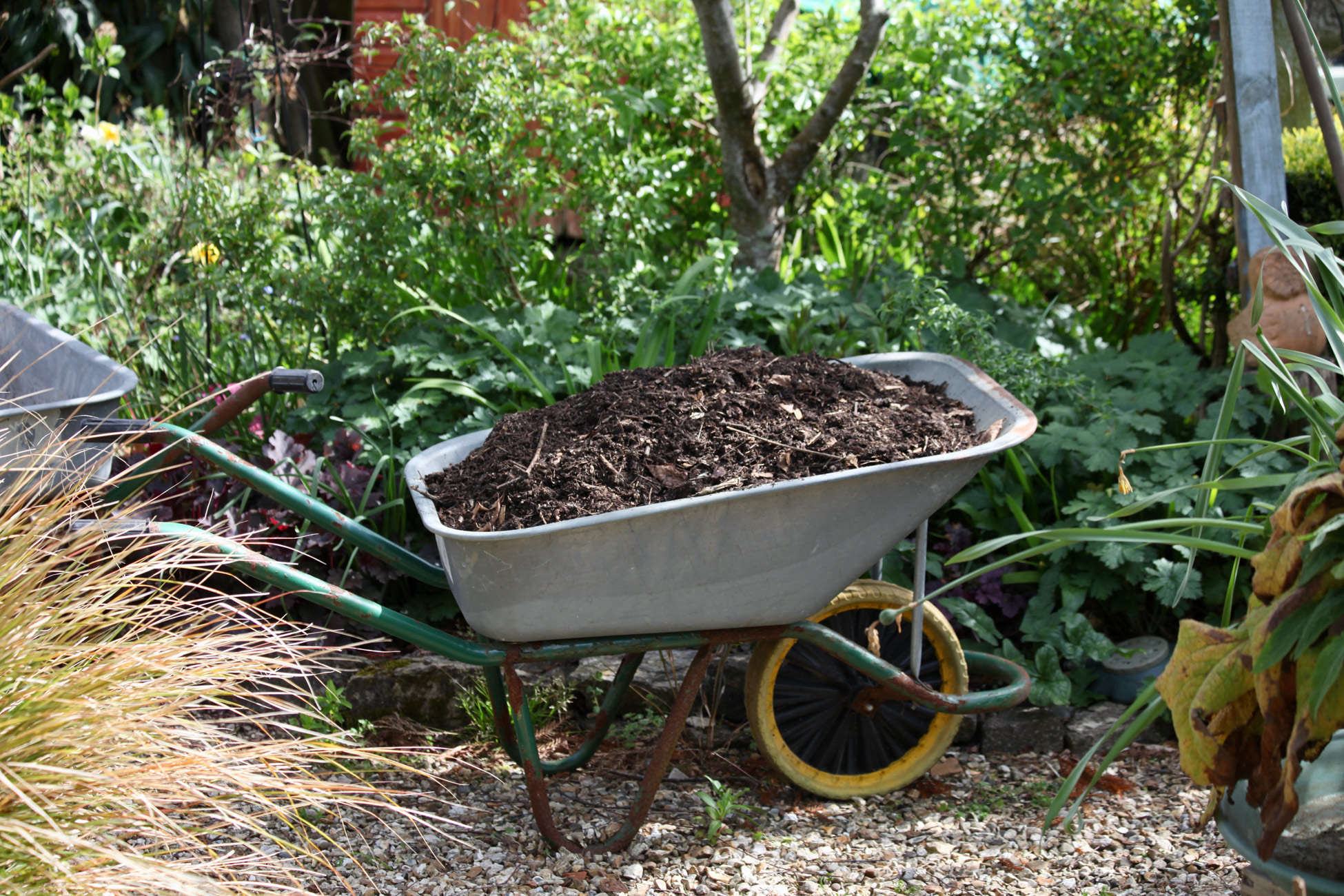

Following Flo’s lead of transferring barrow loads of compost to the Rose Garden yesterday,

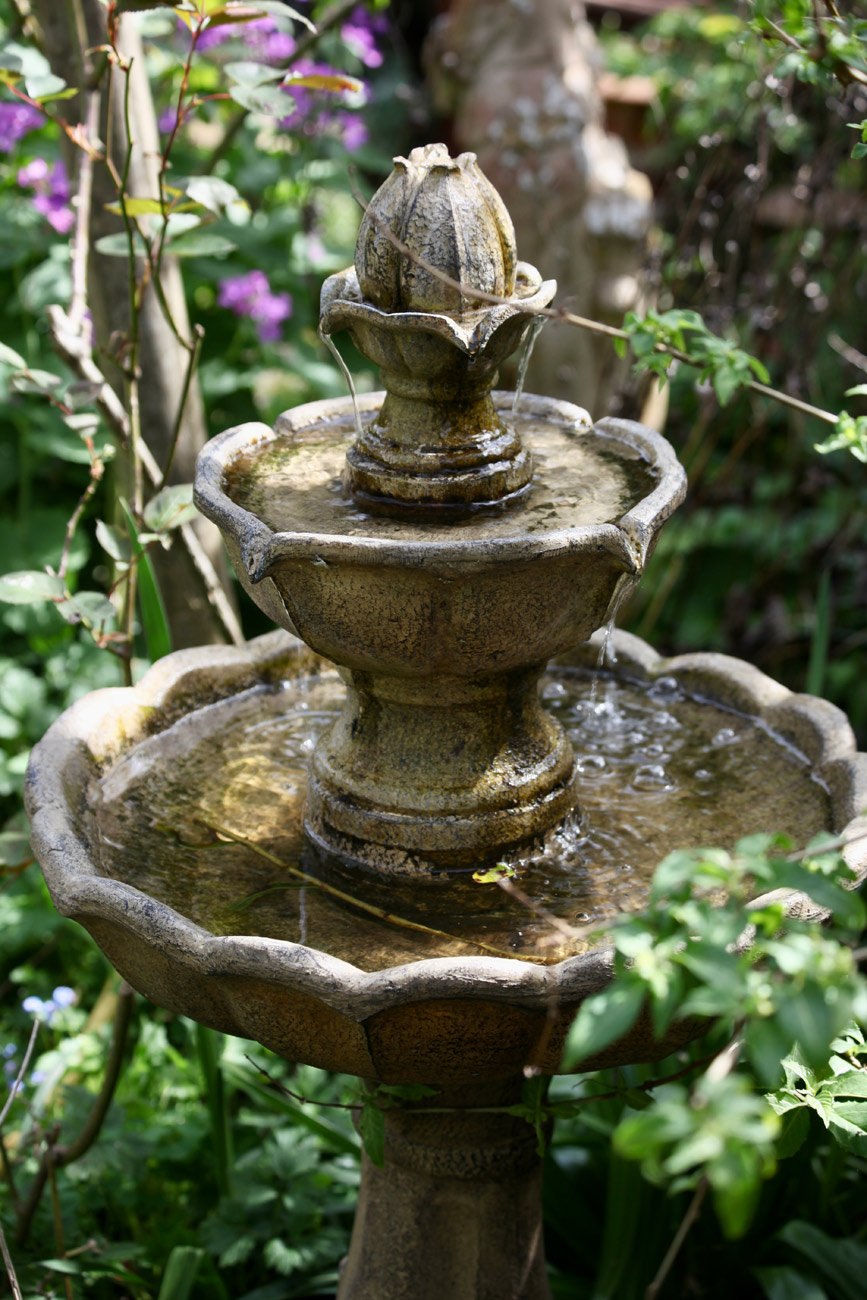
Jackie, who had cleaned out the water fountain, and I continued tidying the



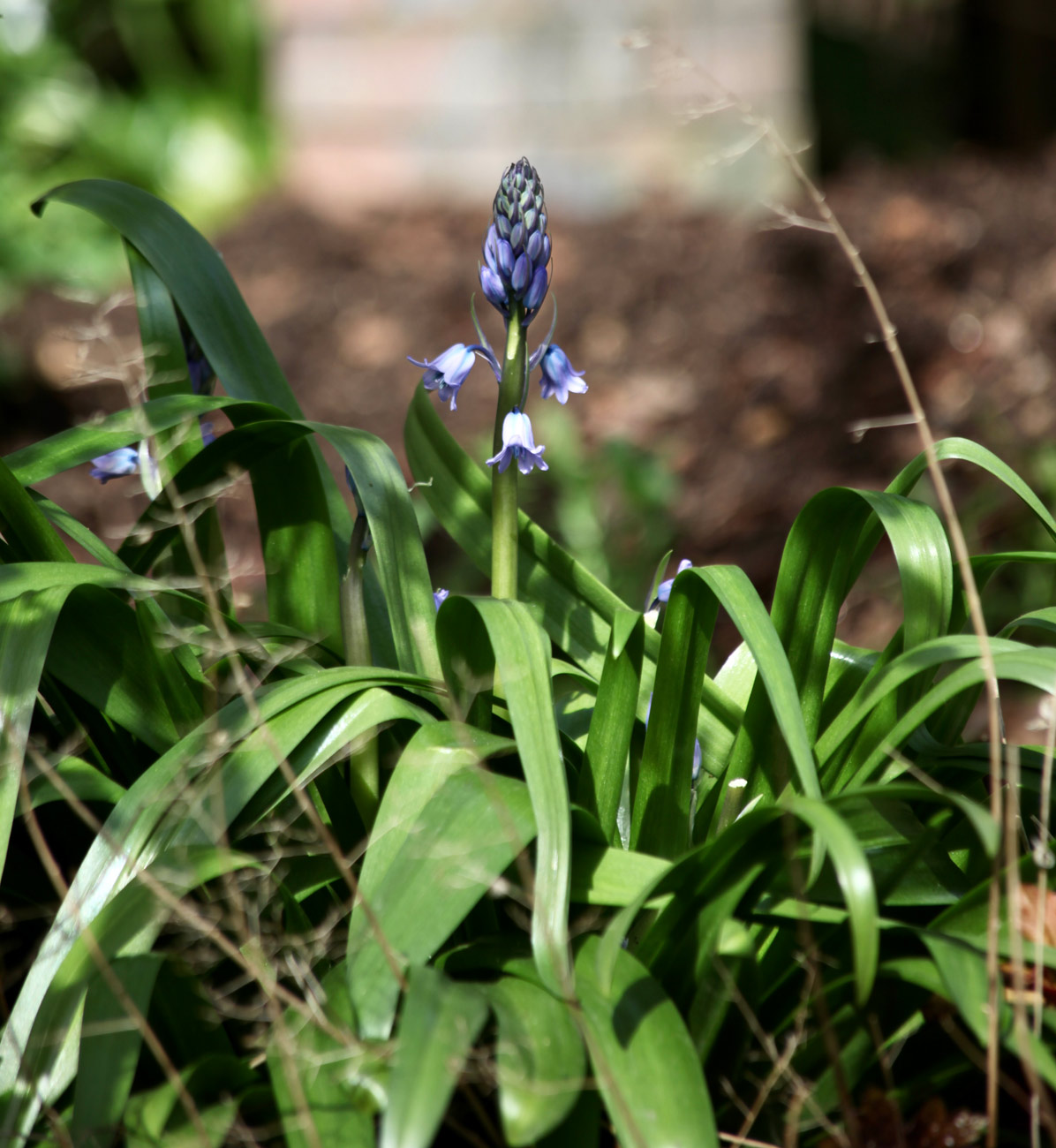
said Garden, now featuring plentiful forget-me-nots and bluebells.
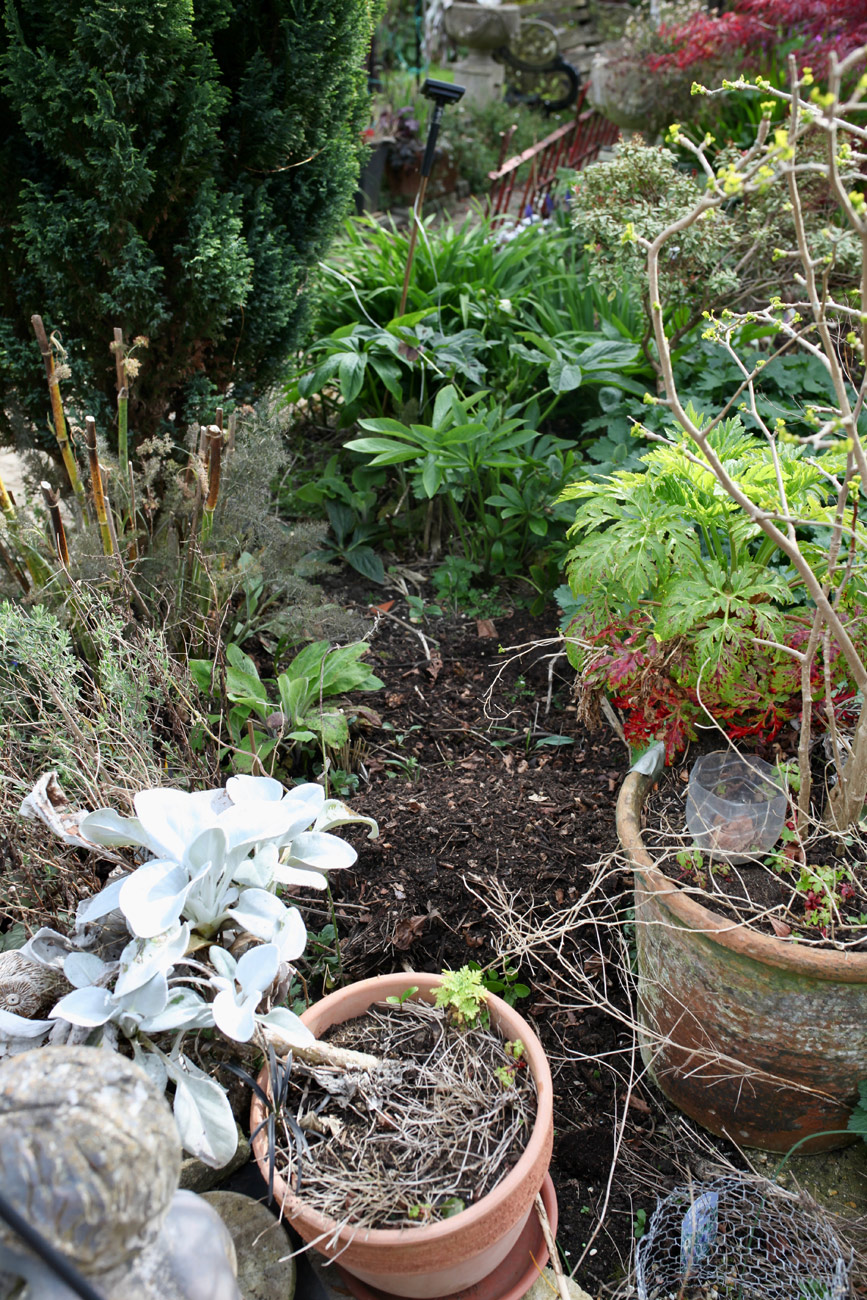
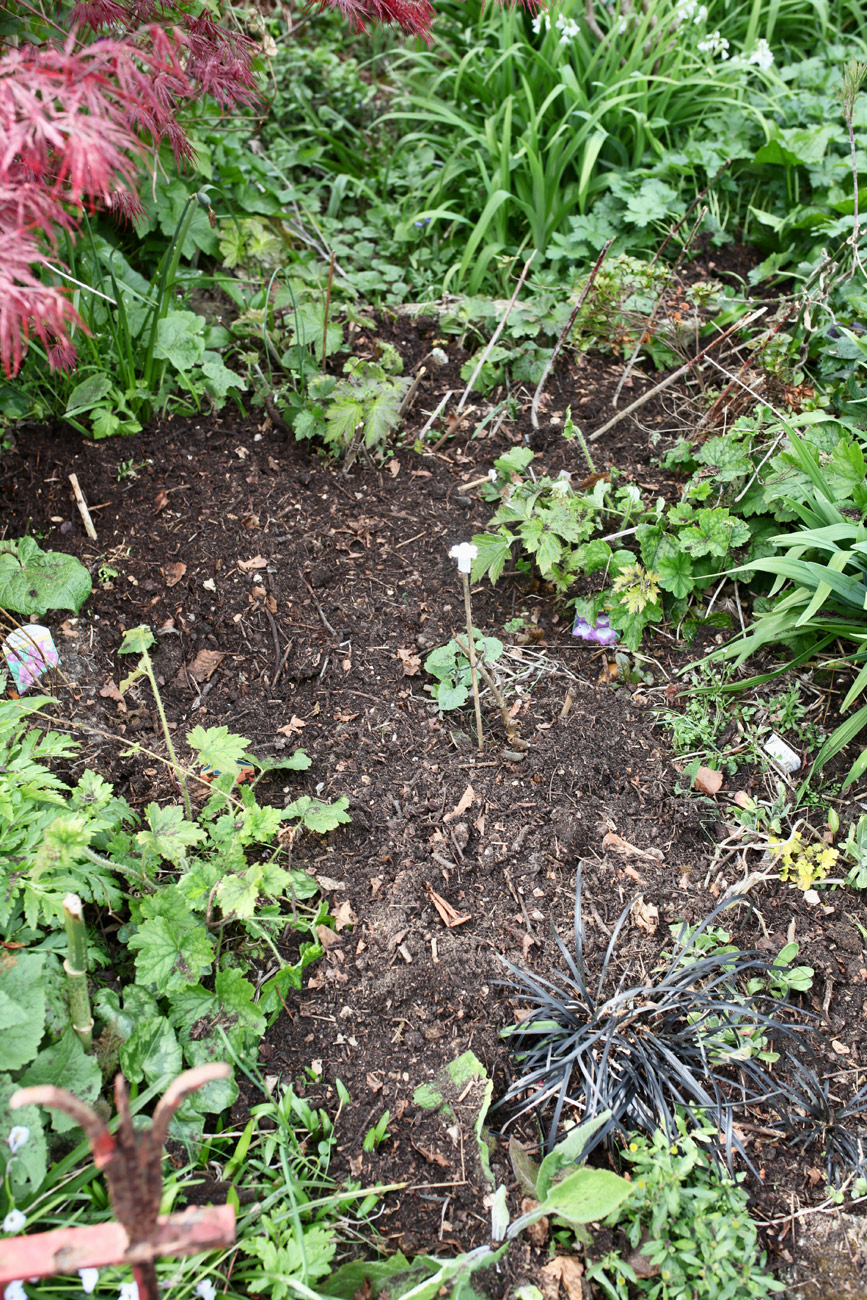
Later, Flo spread more compost on the Pond Bed.
(Yvonne, you need read no further)
This evening we dined on Jackie’s perfectly cooked roast lamb dinner; complete with crisp Yorkshire pudding, sage and onion stuffing, and roast potatoes, including the sweet variety; crunchy carrots, firm broccoli, and tender cabbage; all with meaty gravy. Rice pudding laced with strawberry jam was to follow. The Culinary Queen drank Hoegaarden and I drank Patrick Chodot Fleurie 2019.
